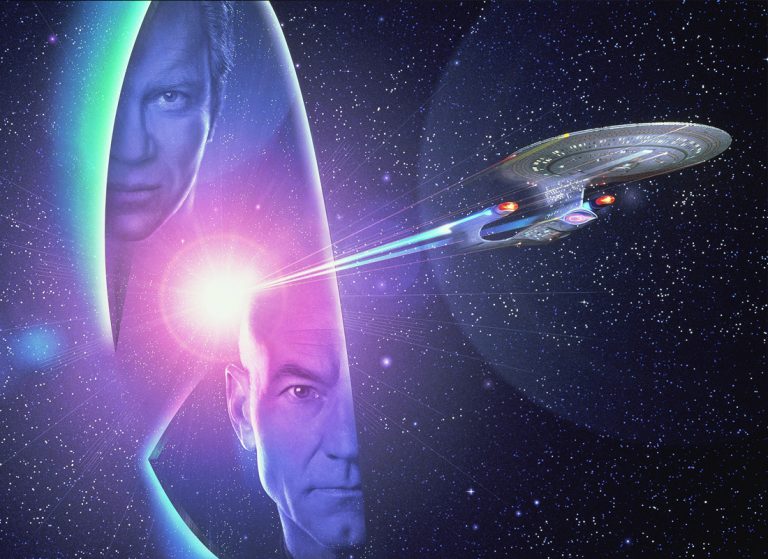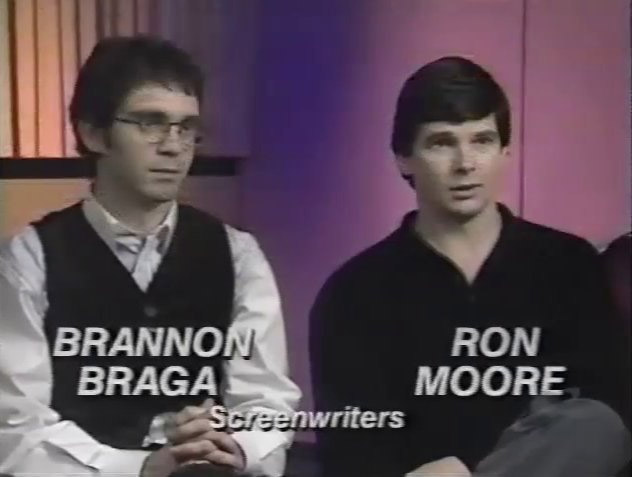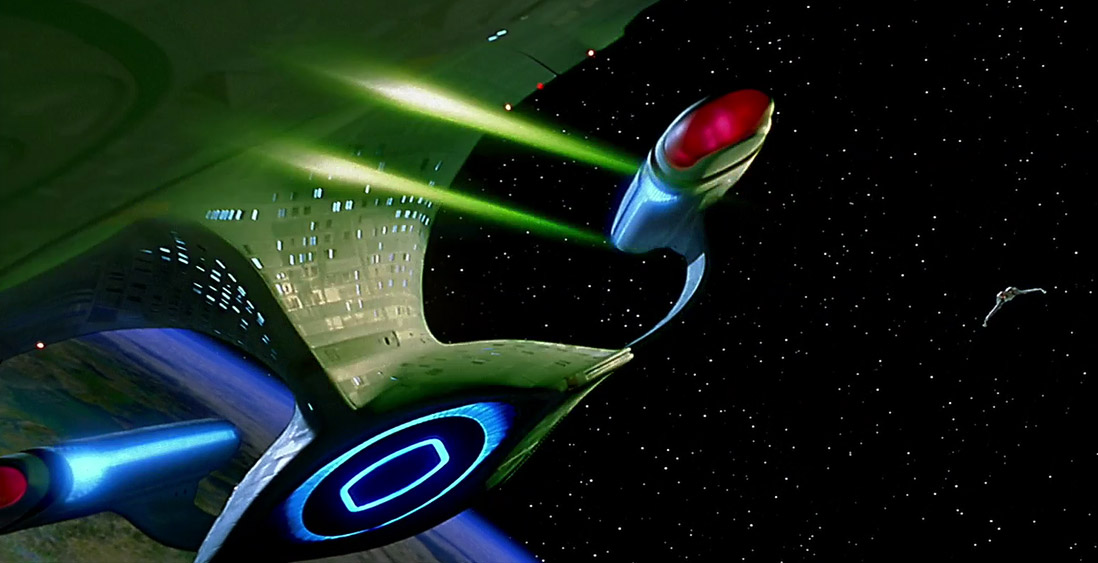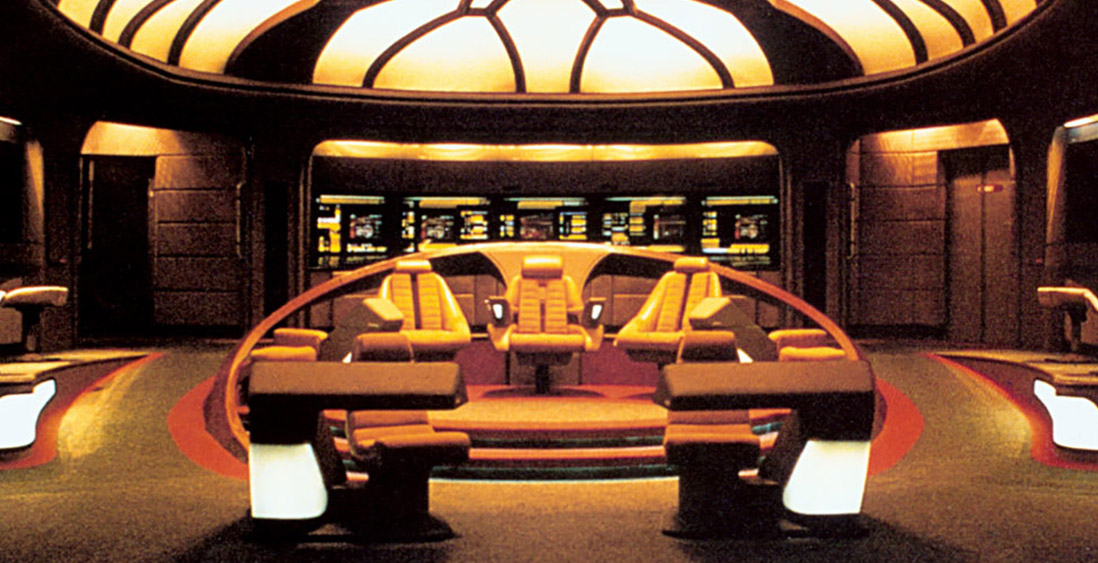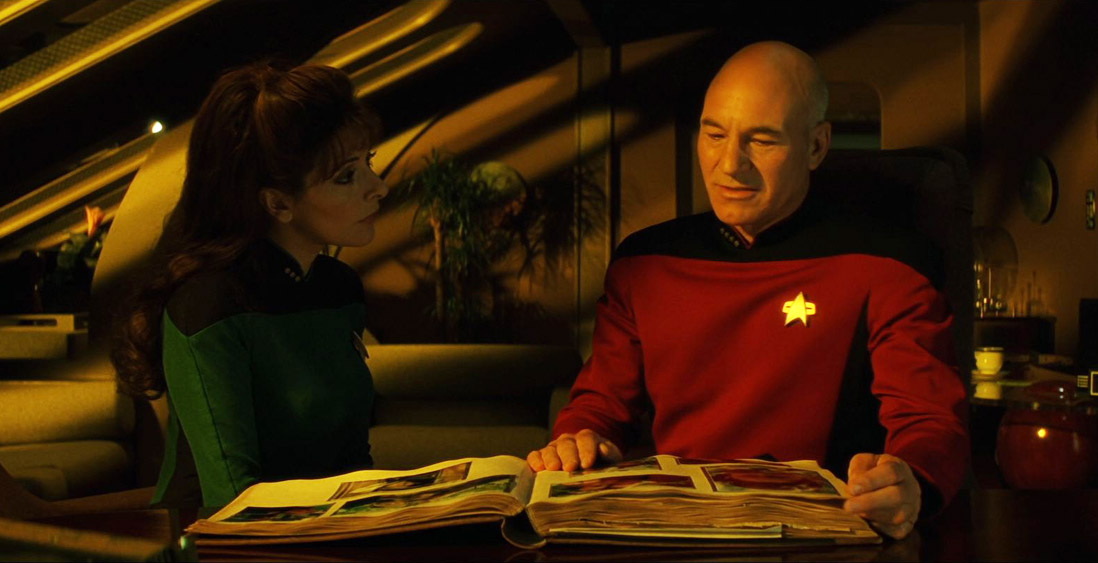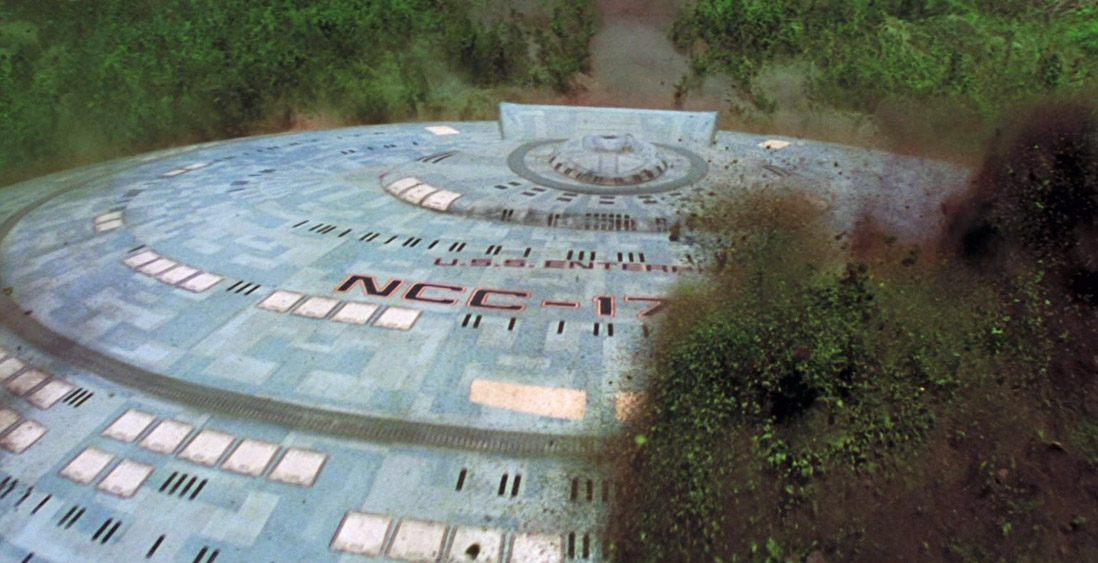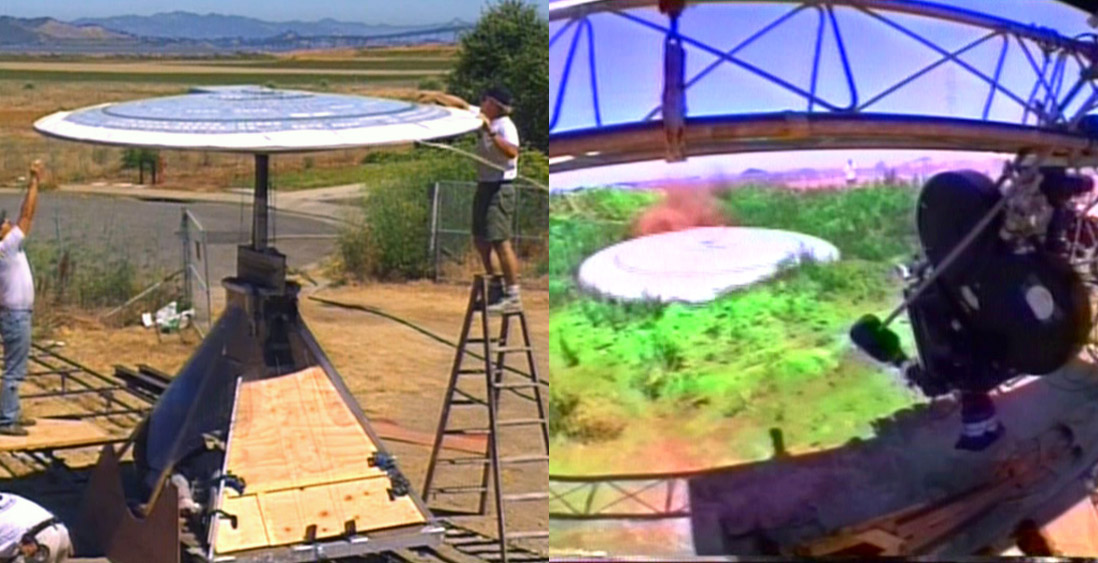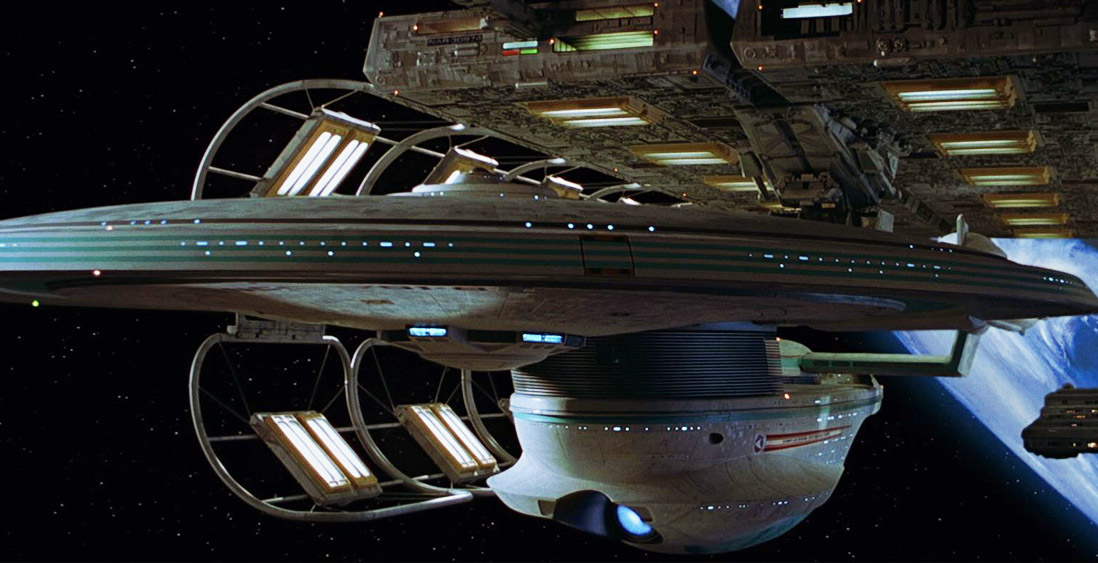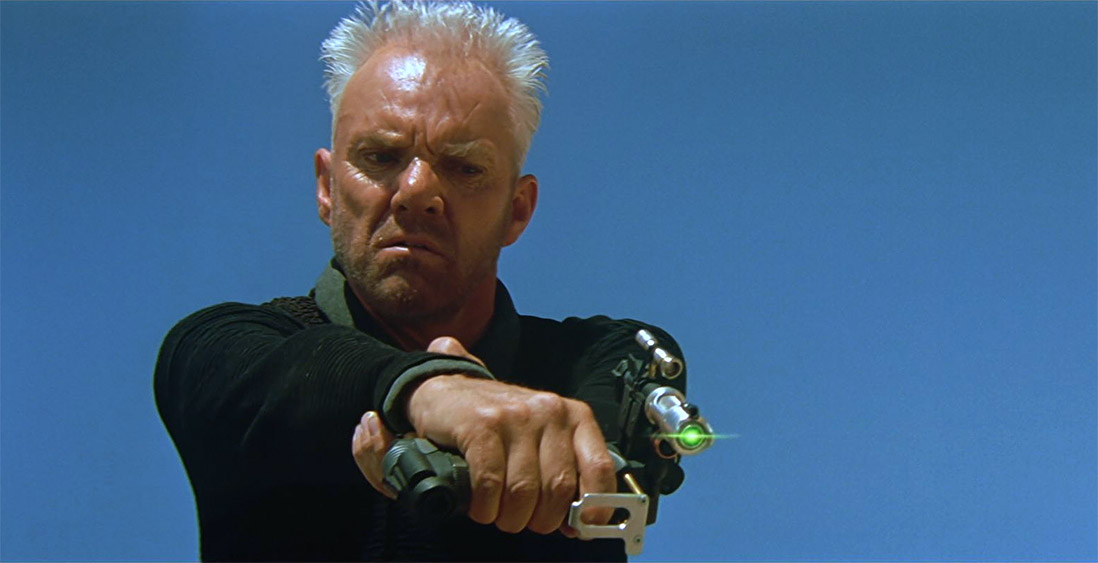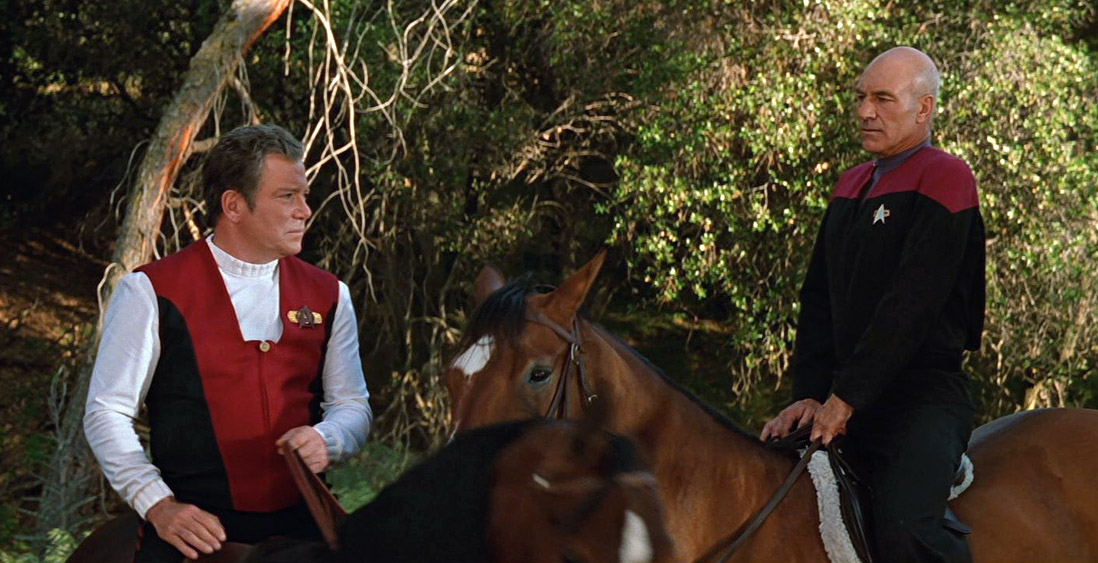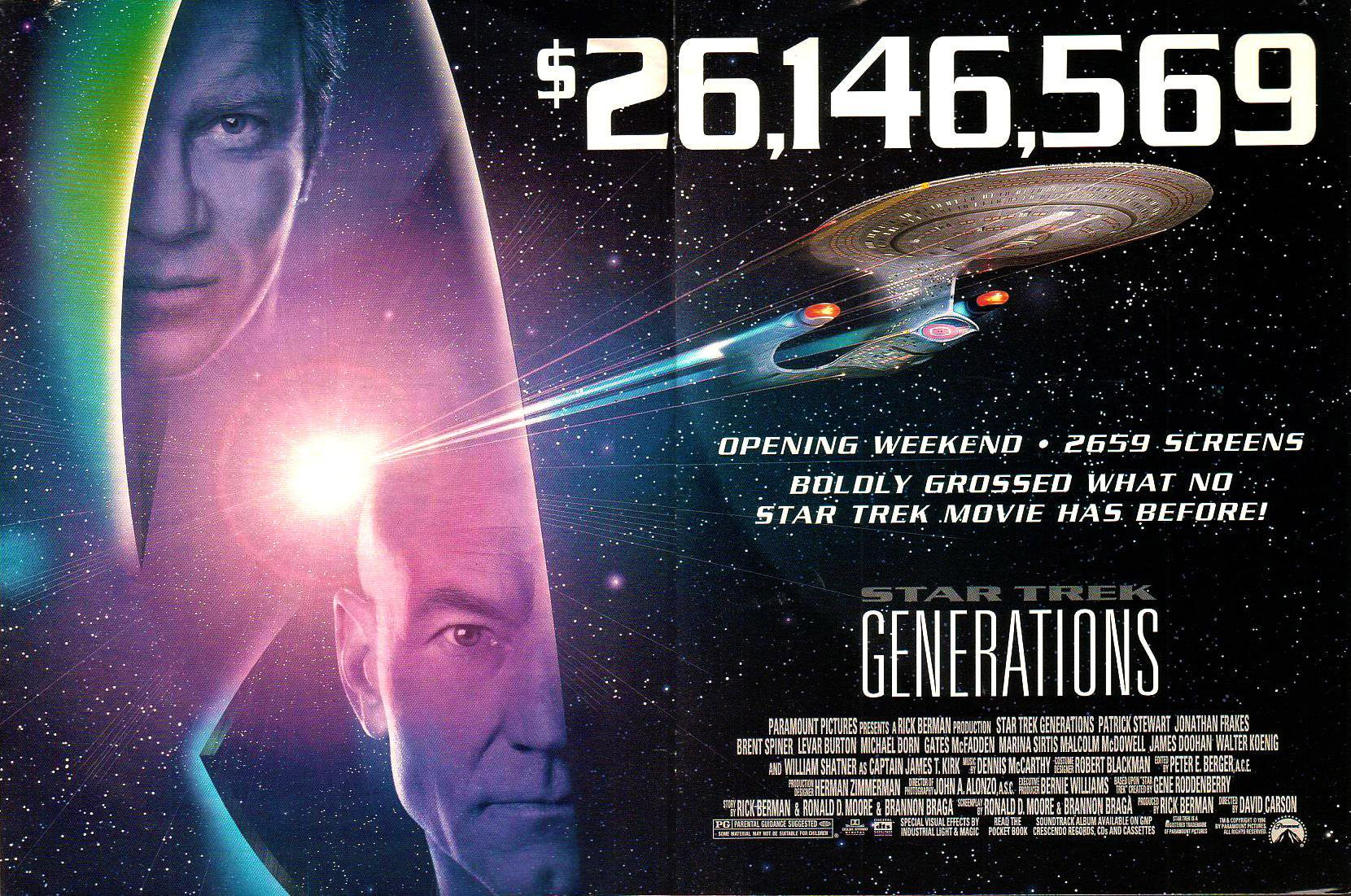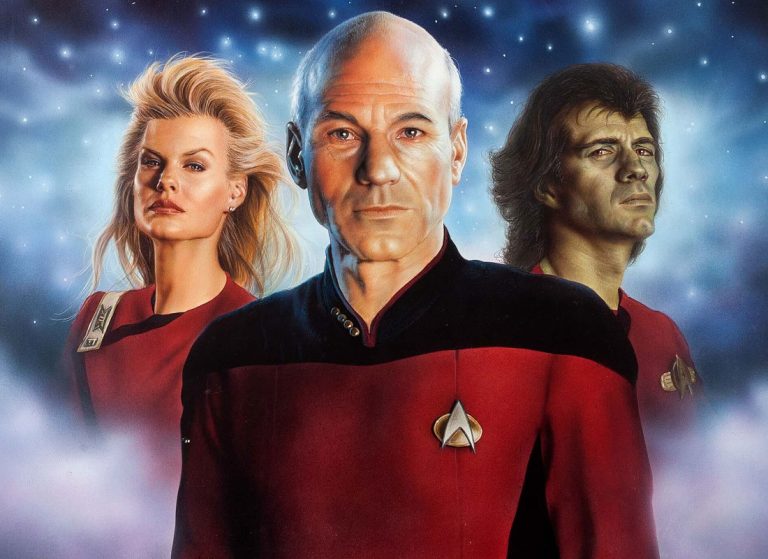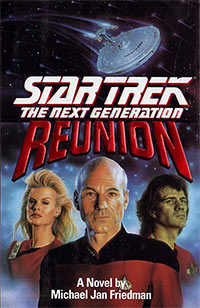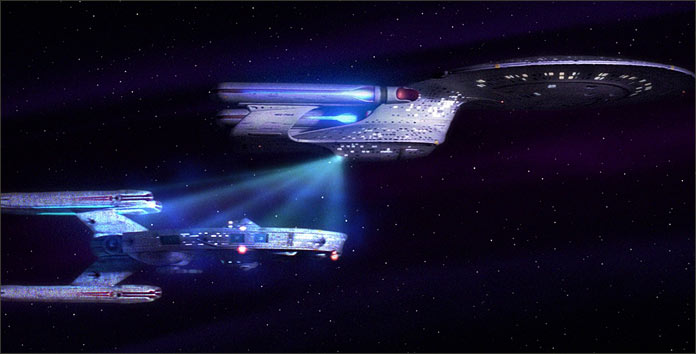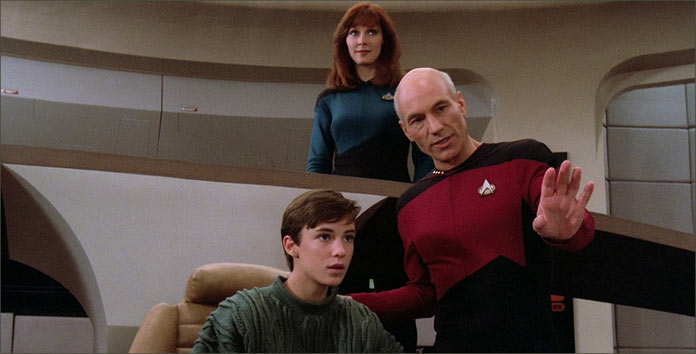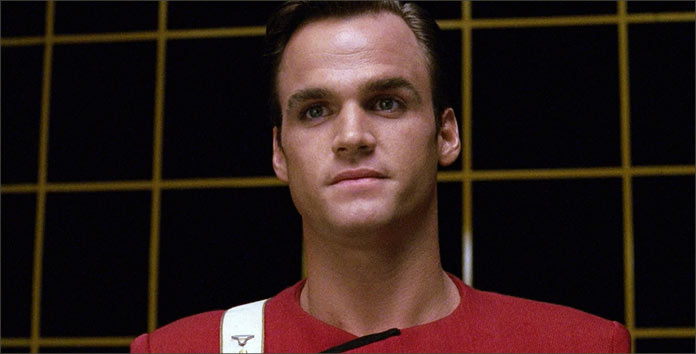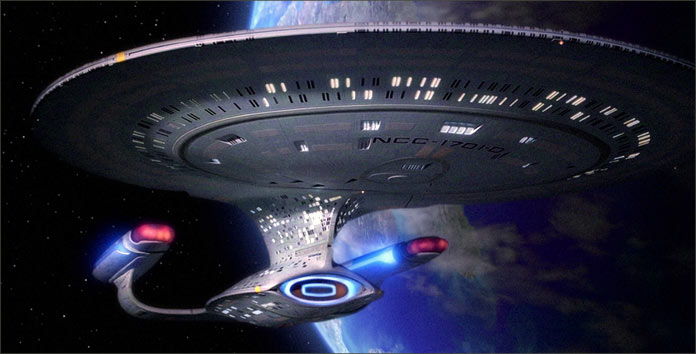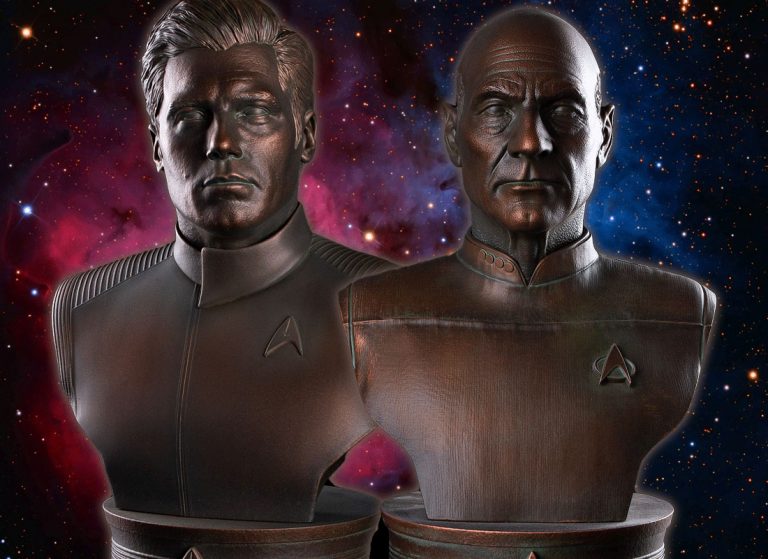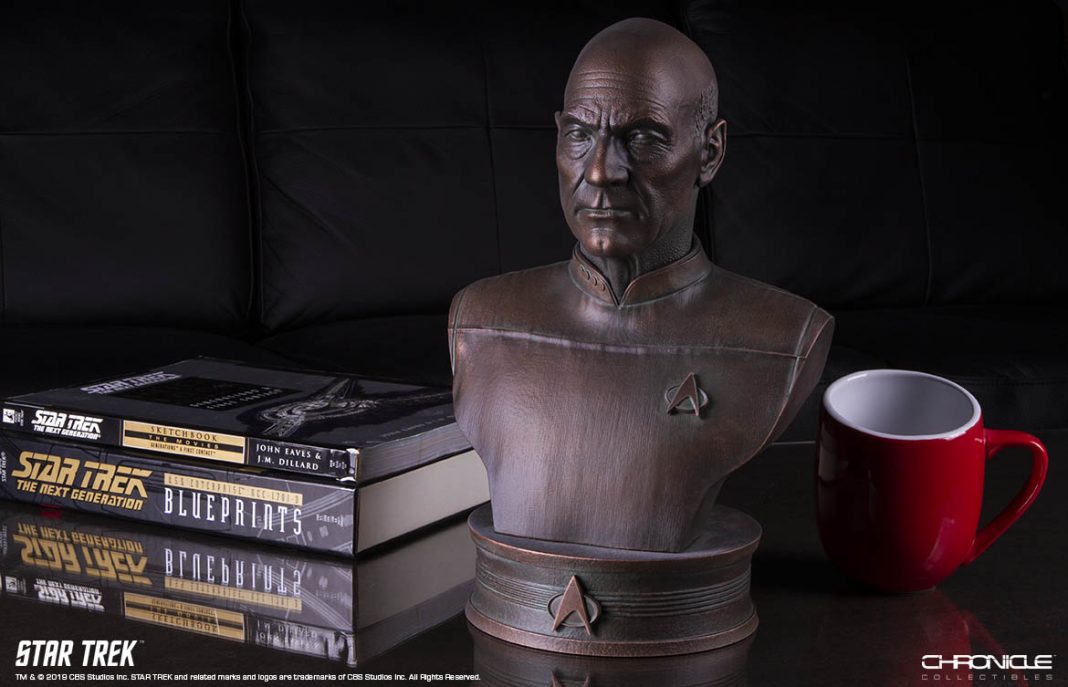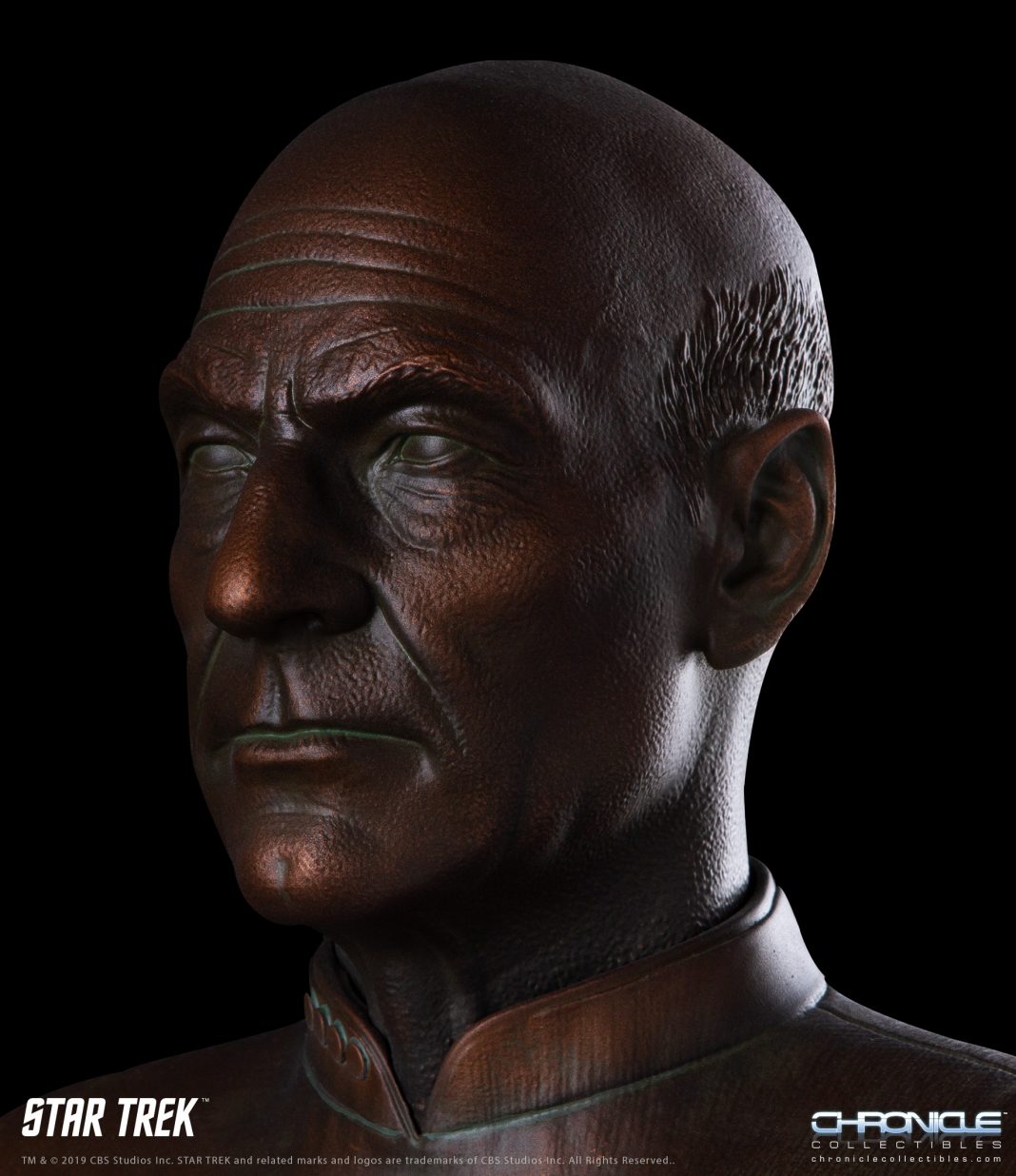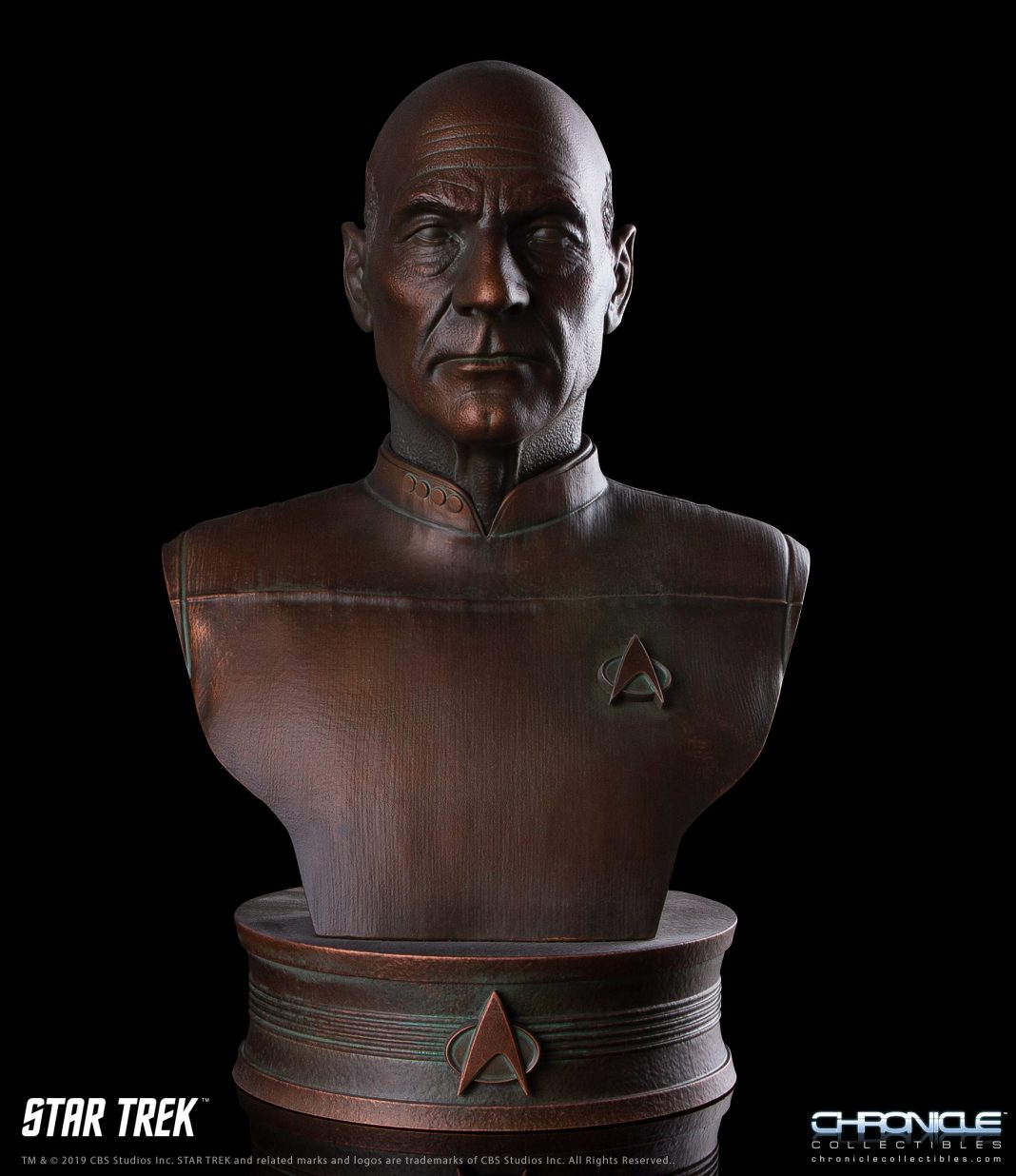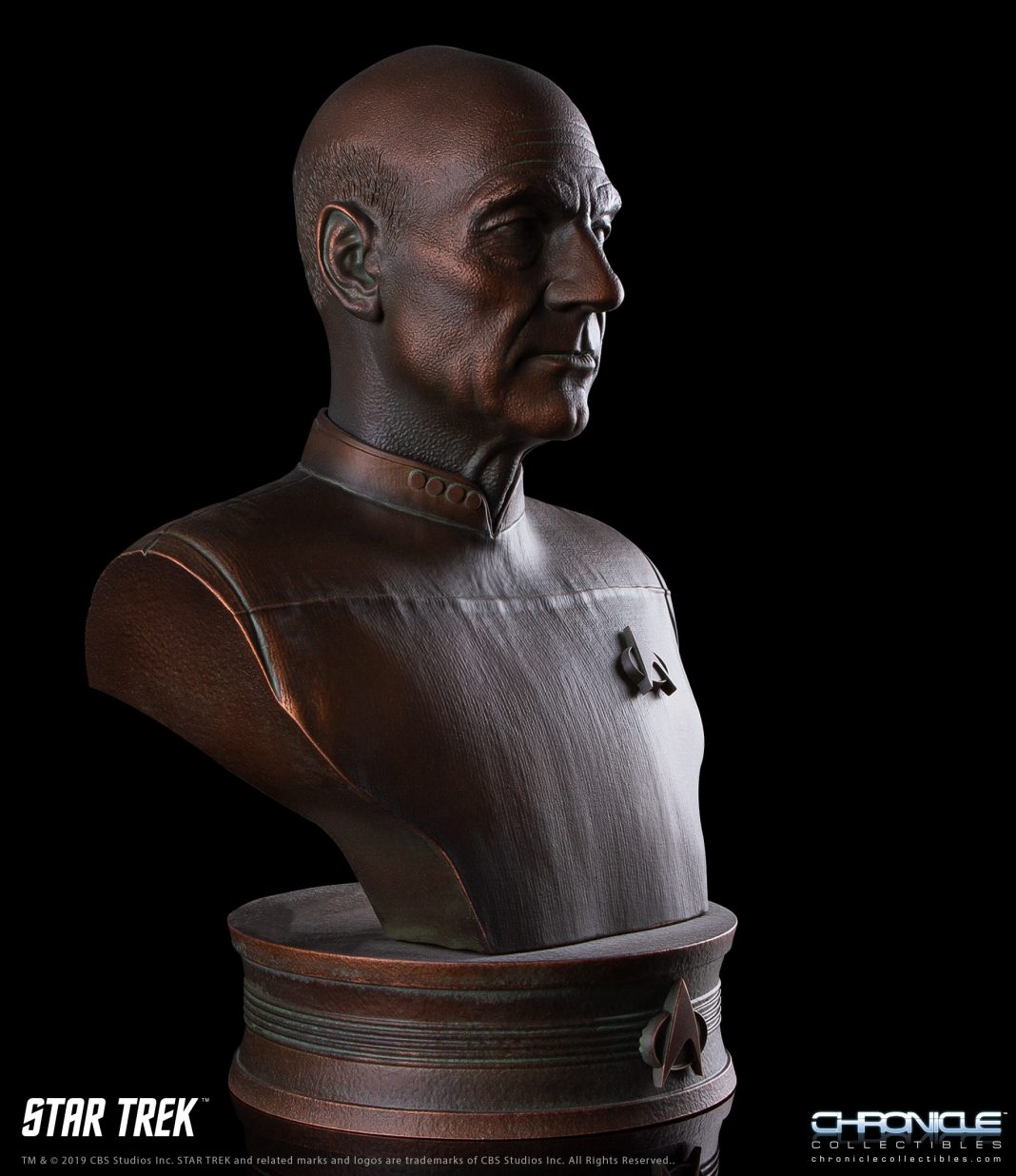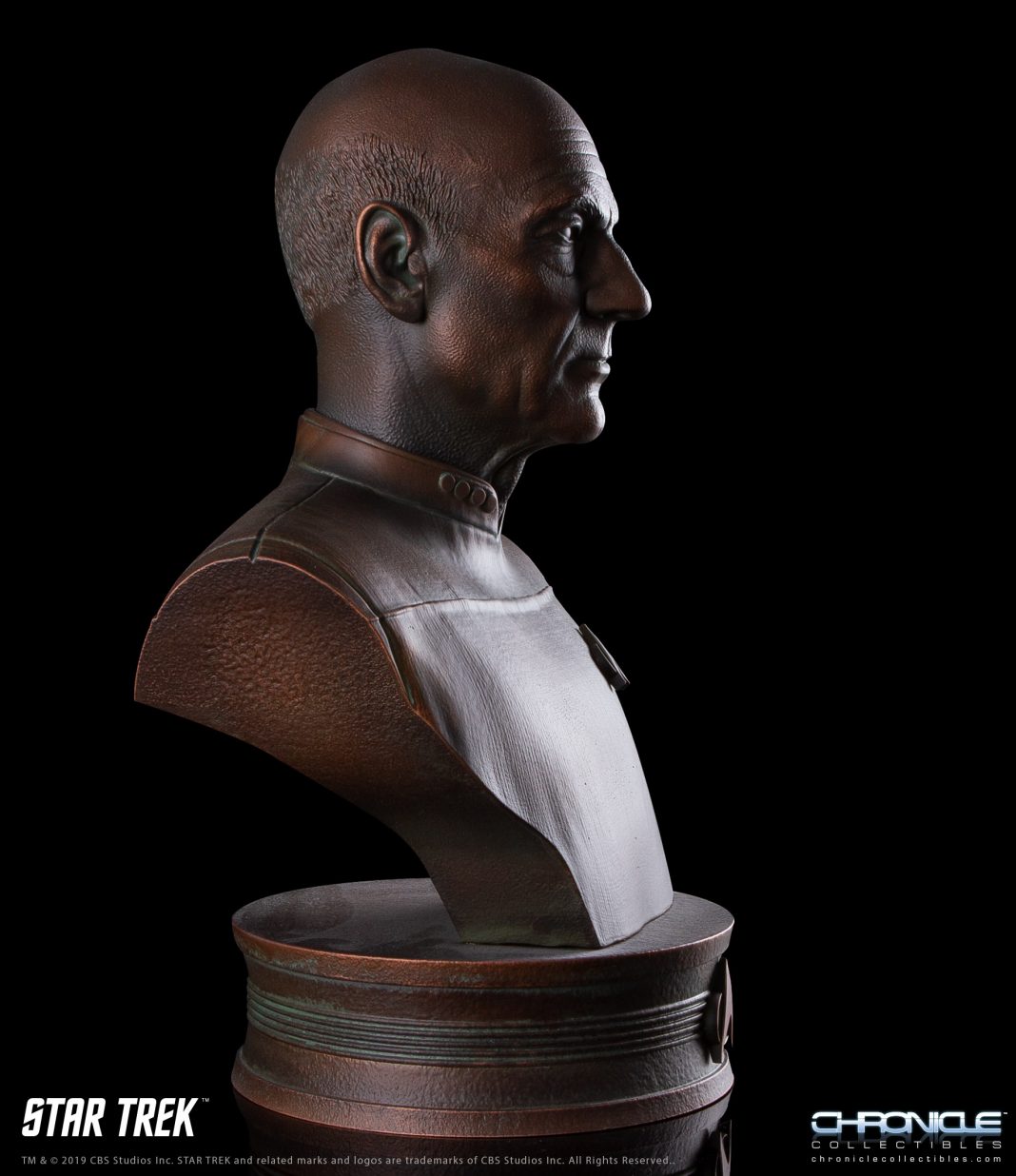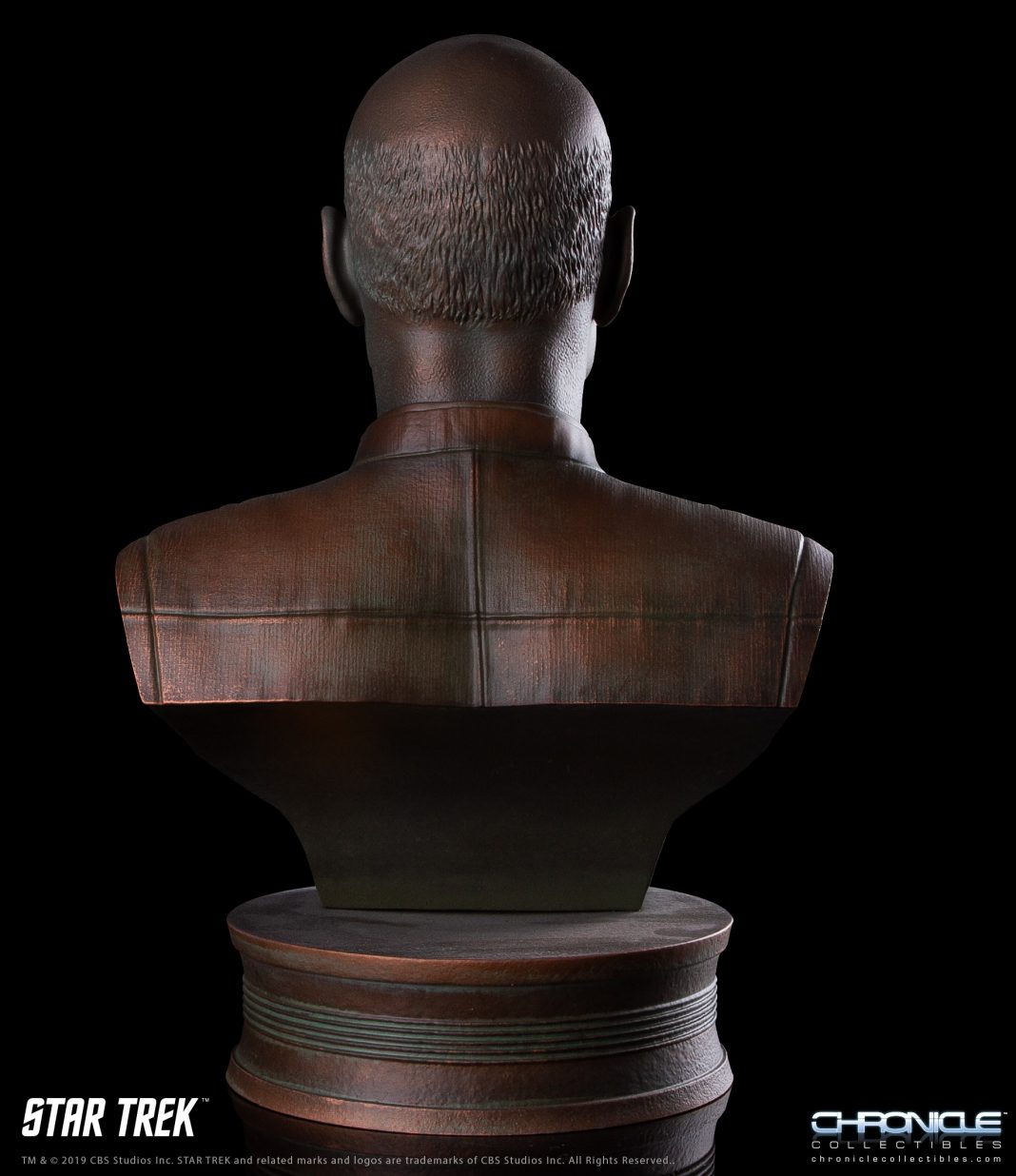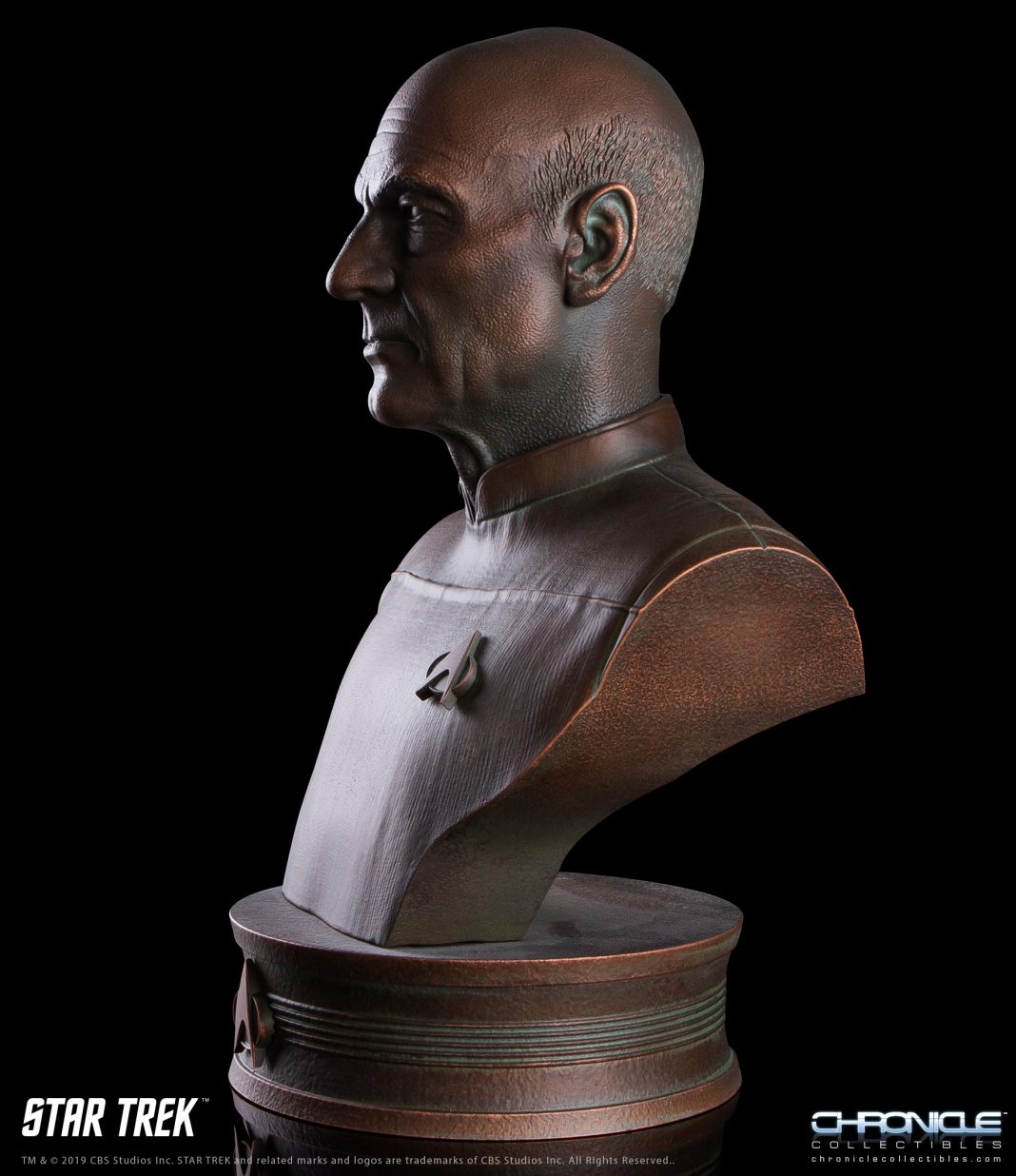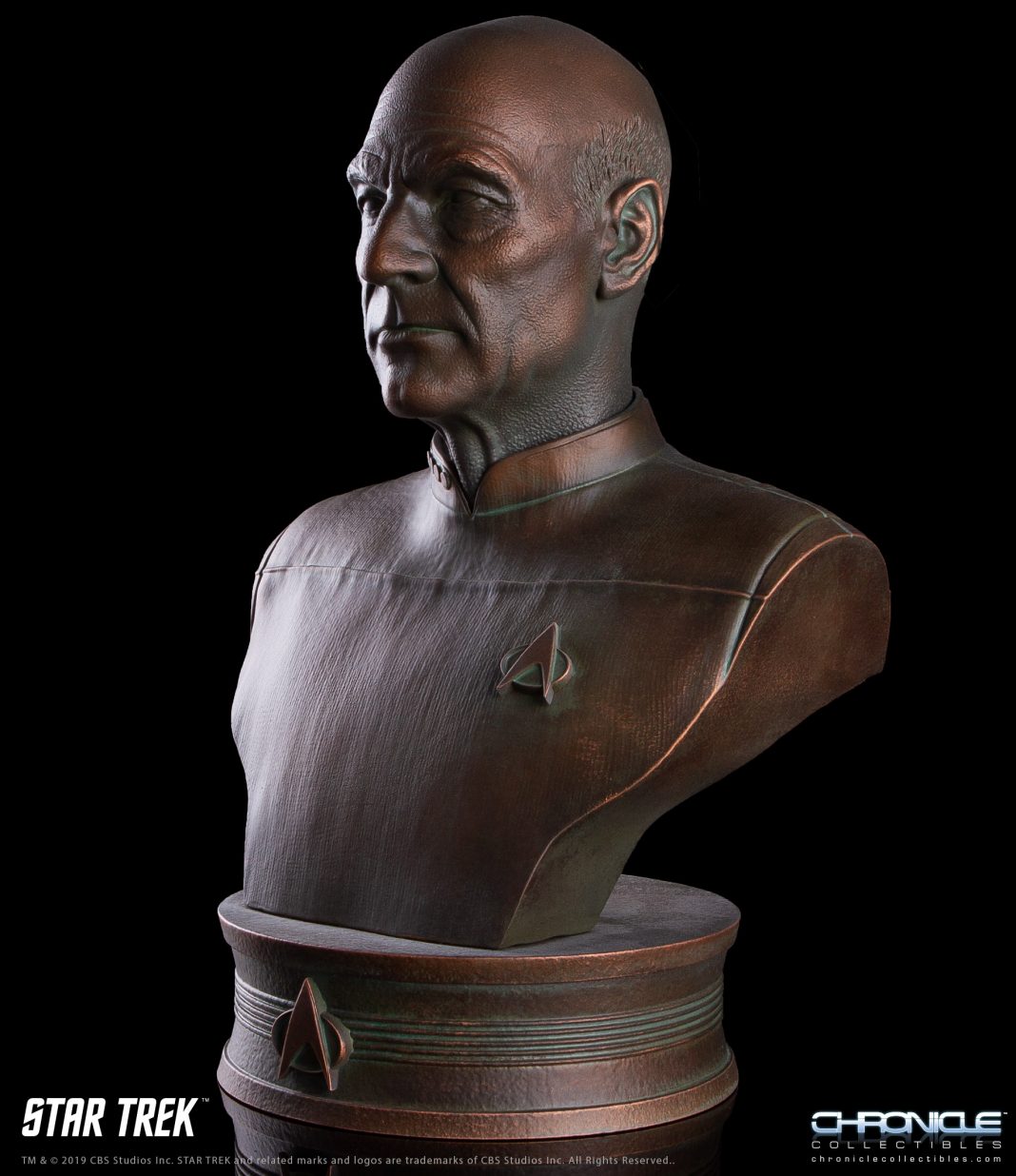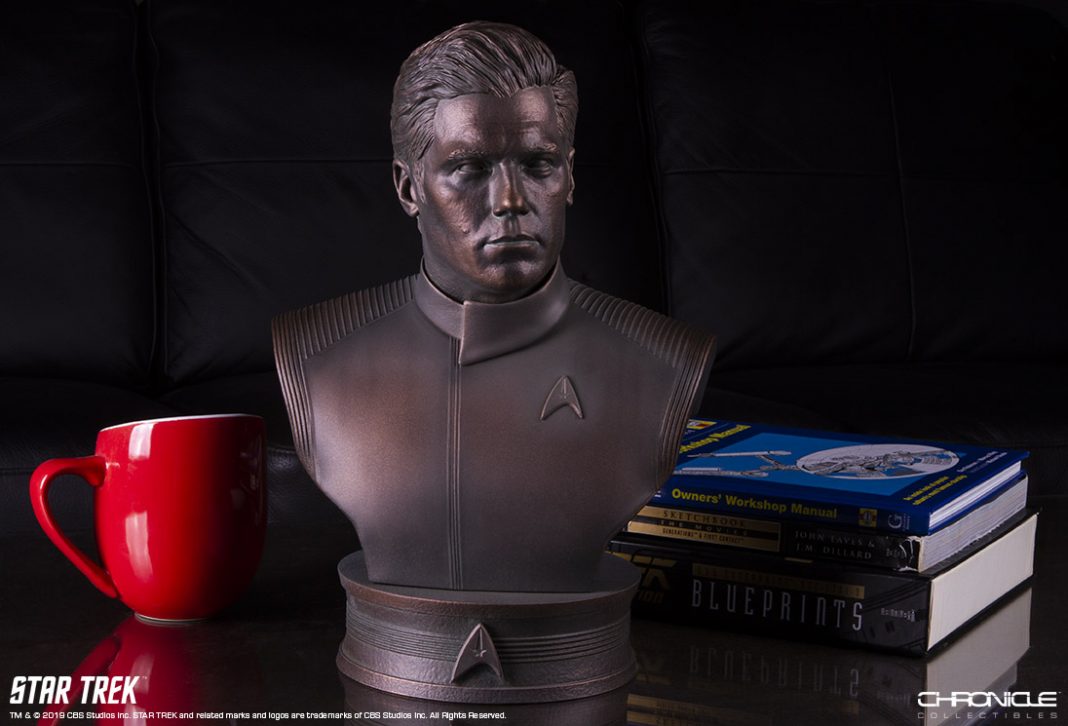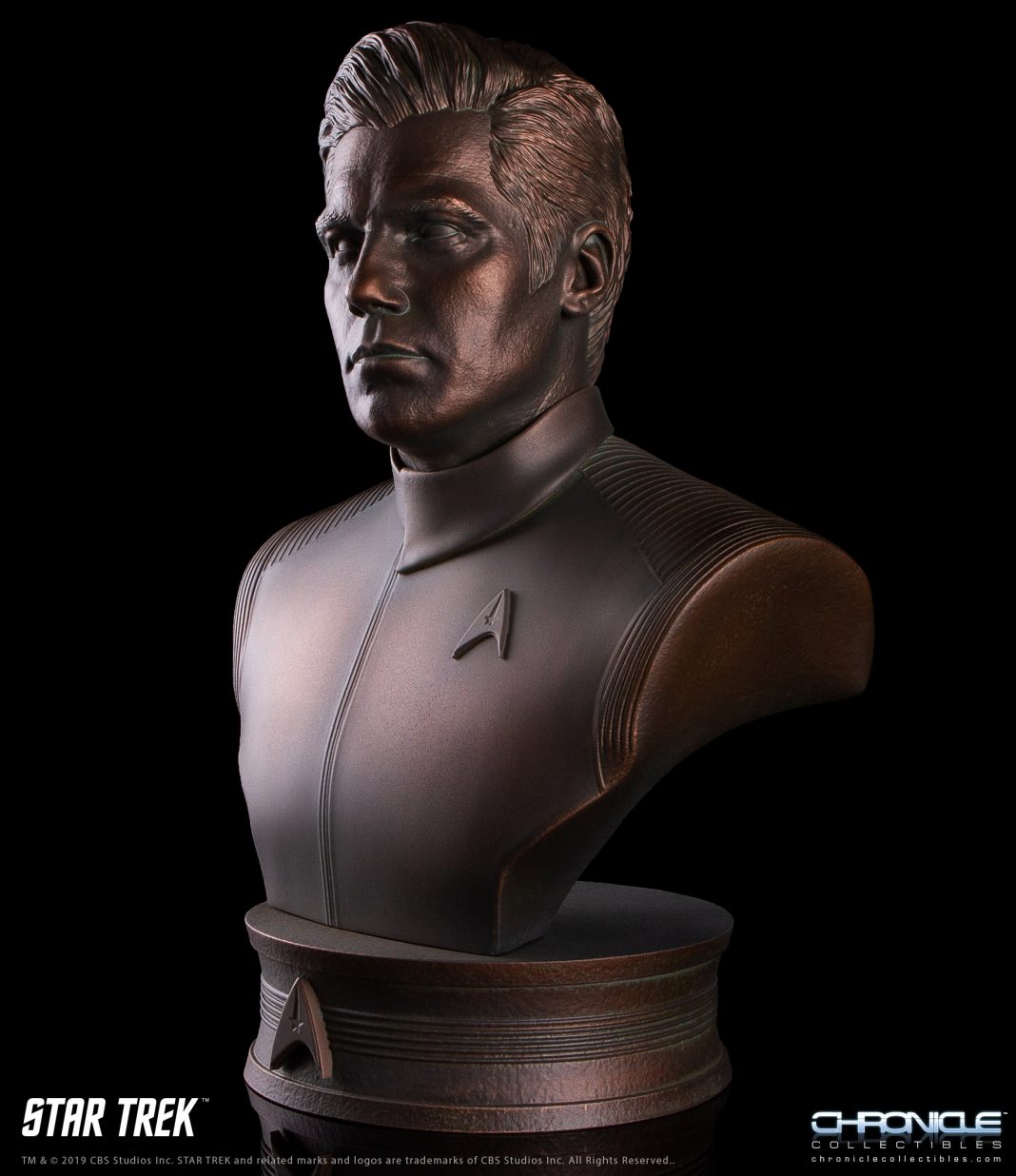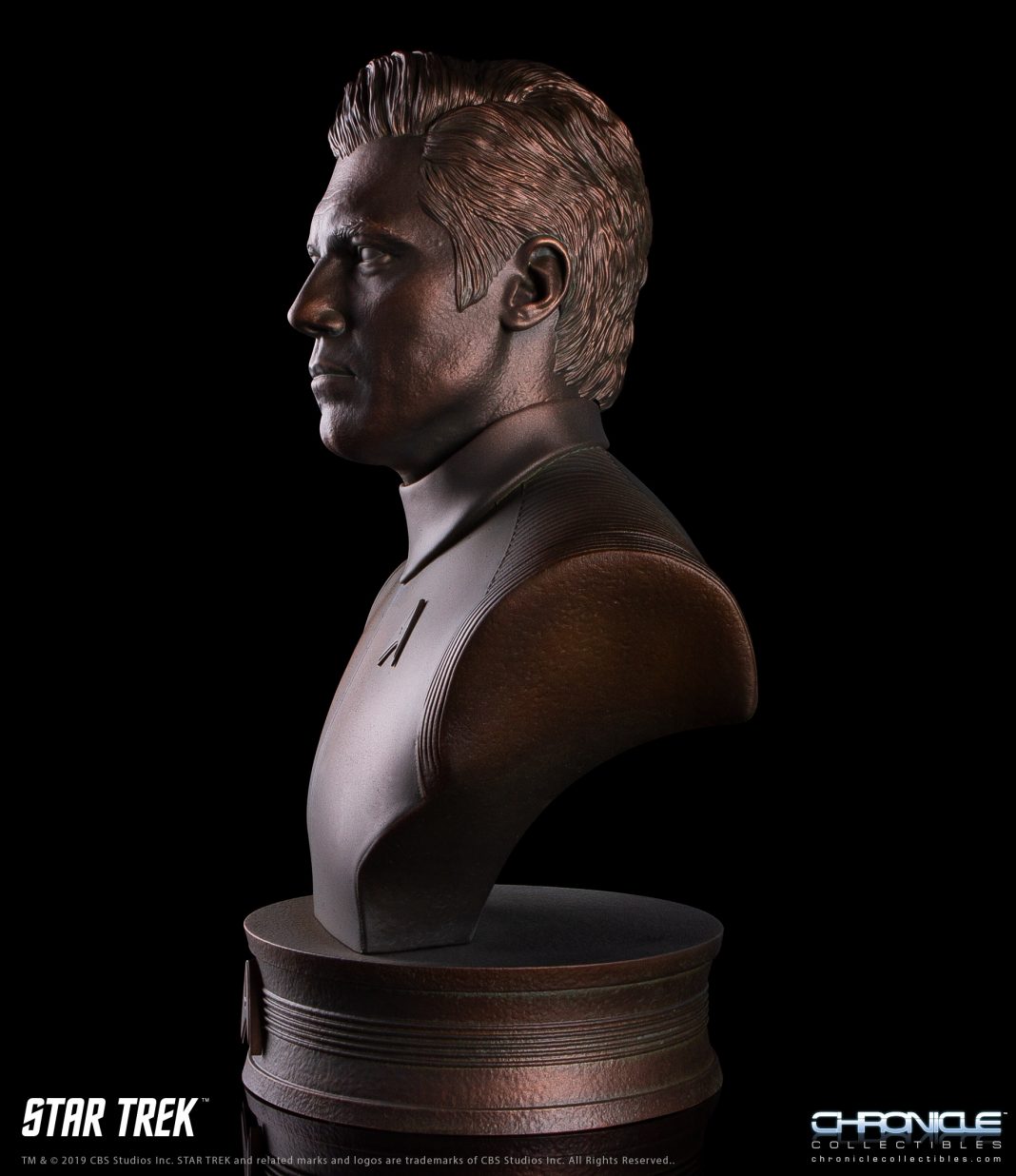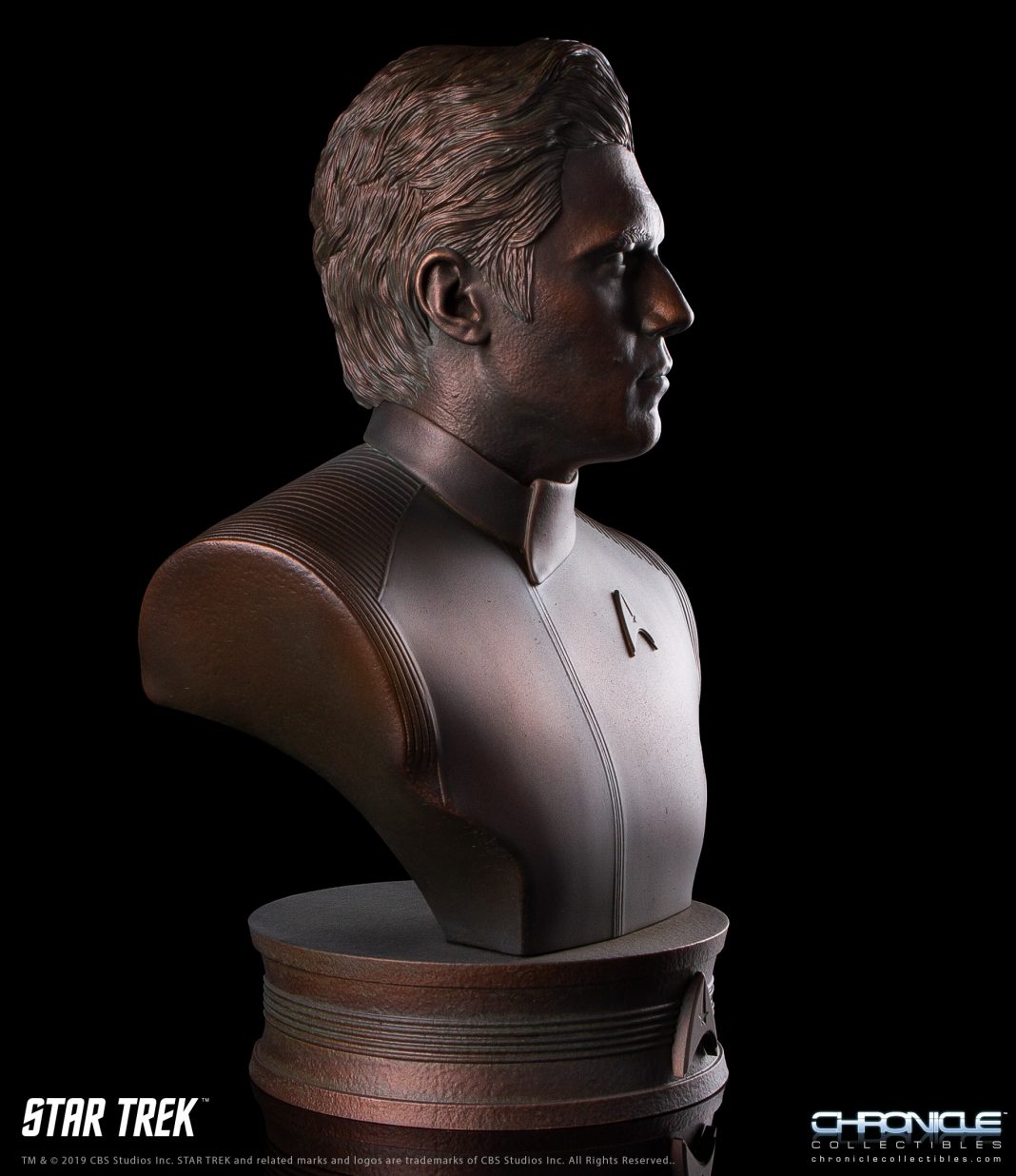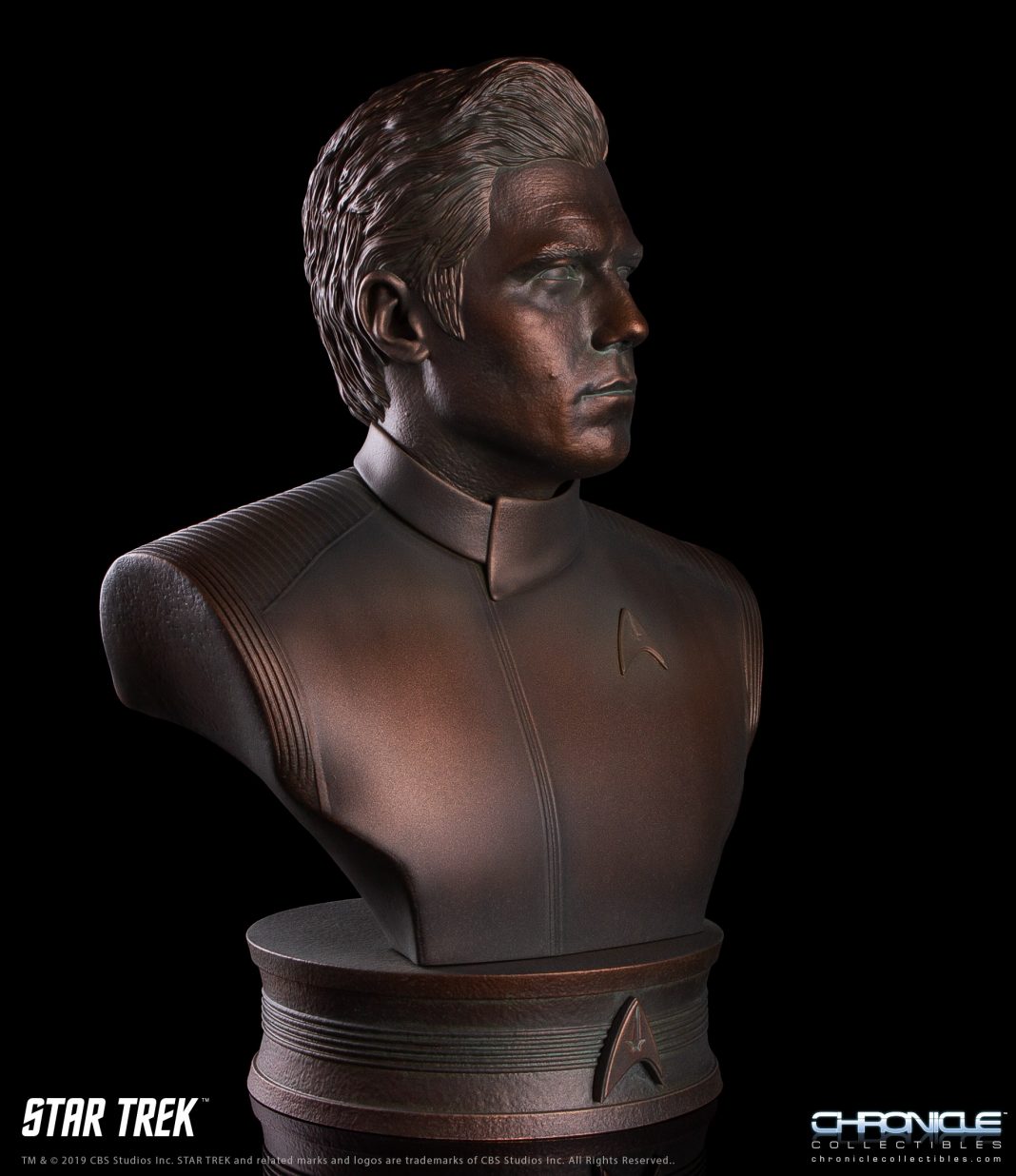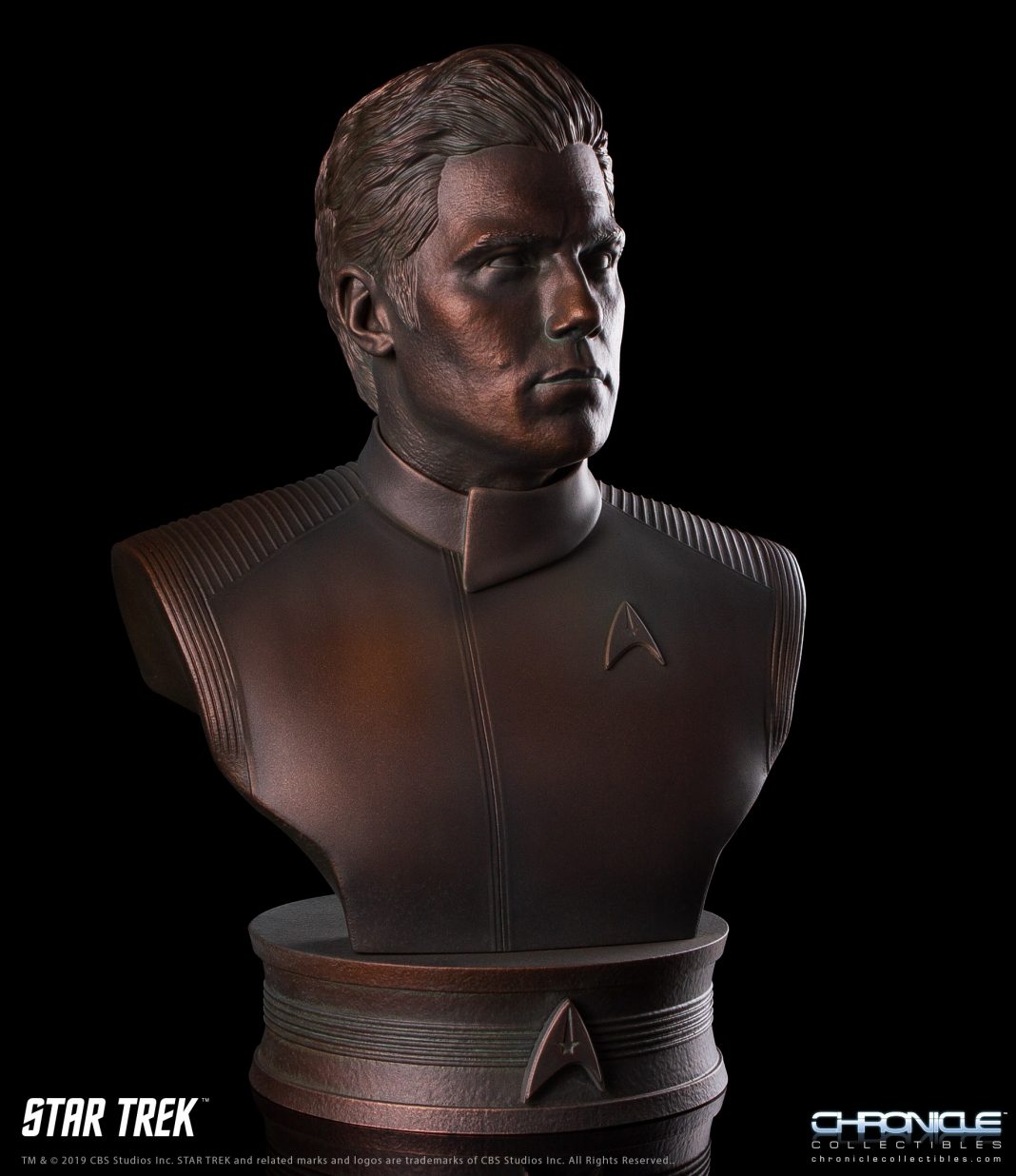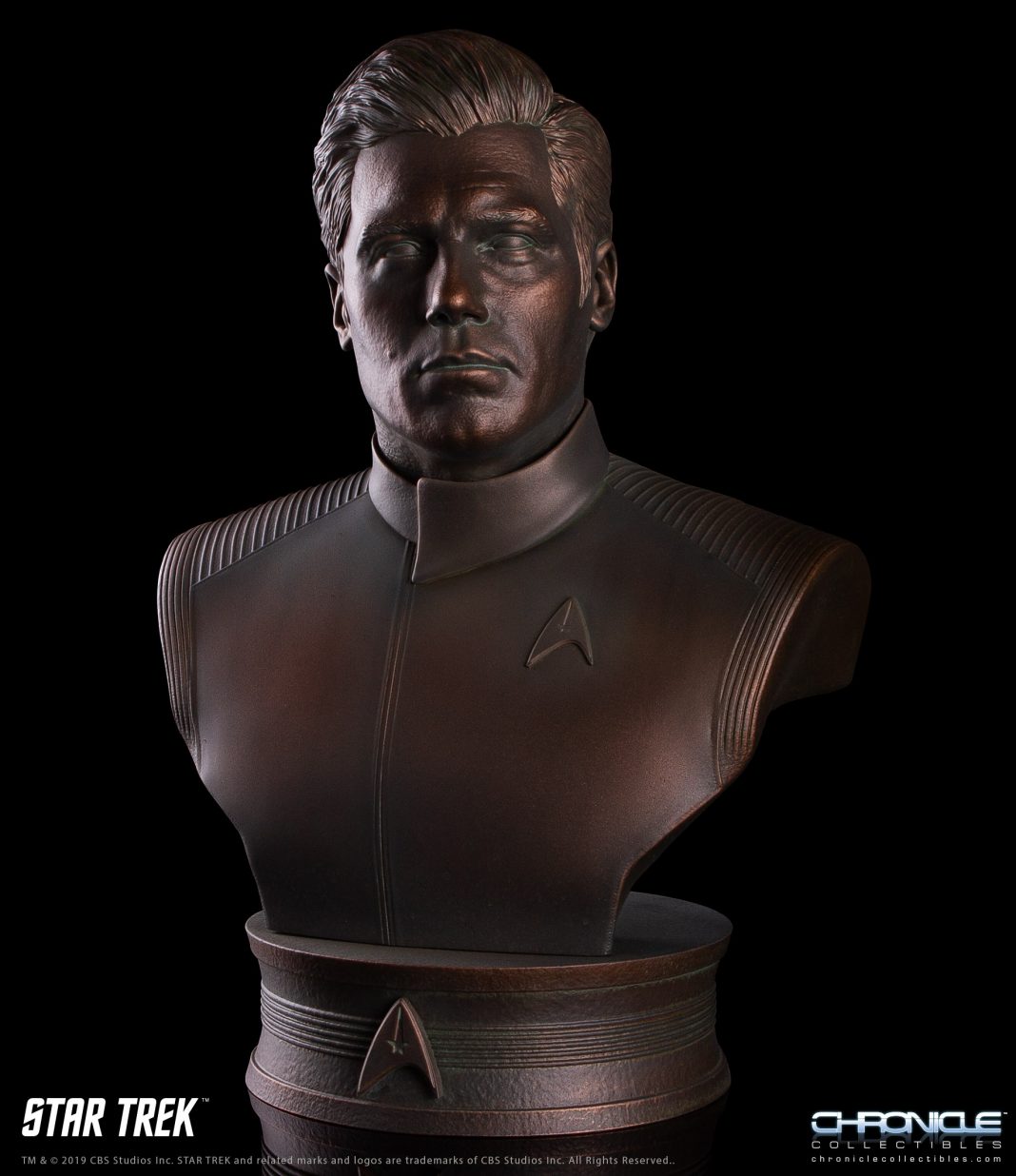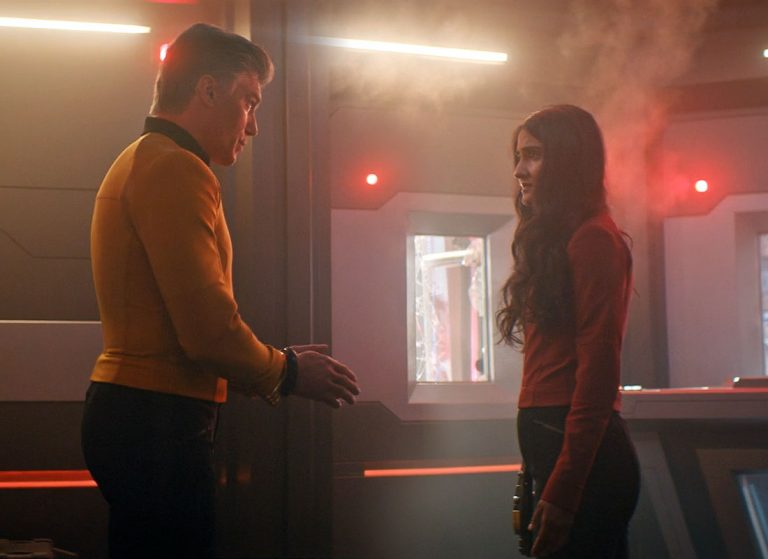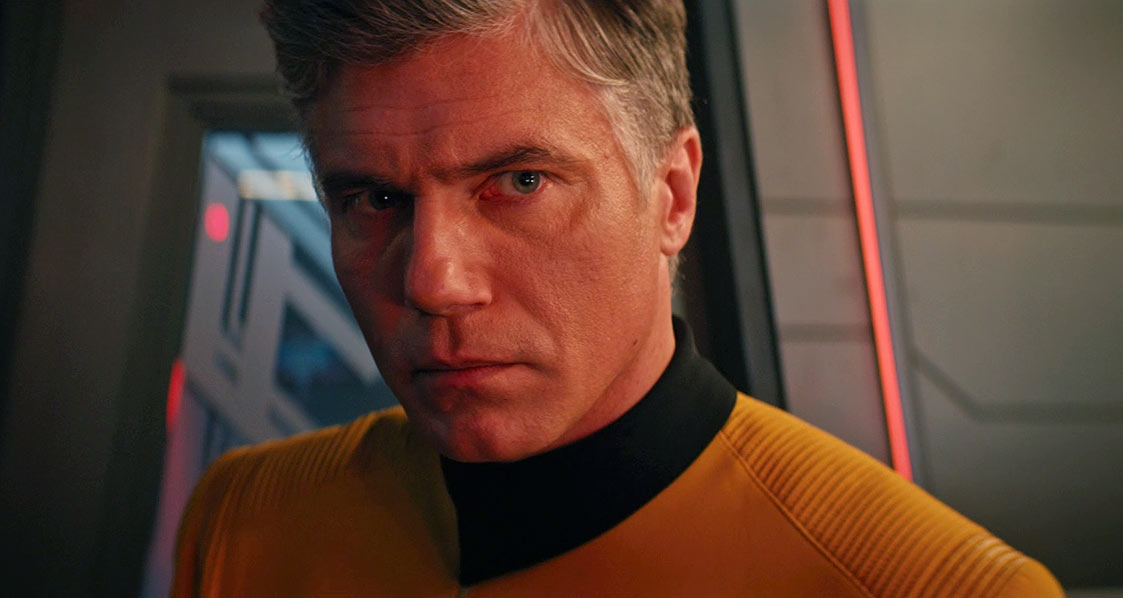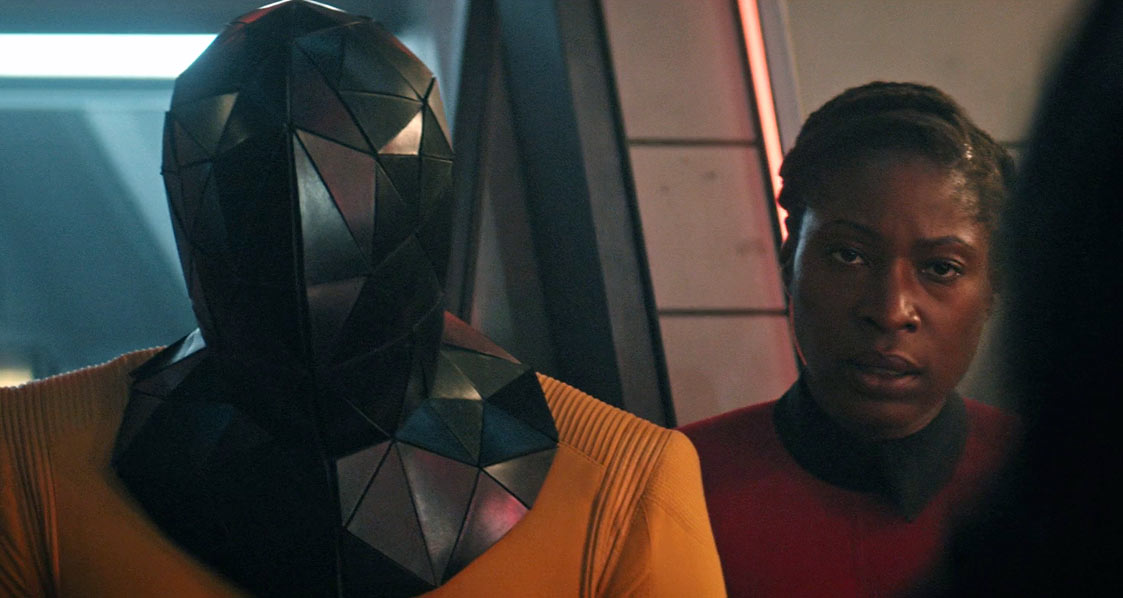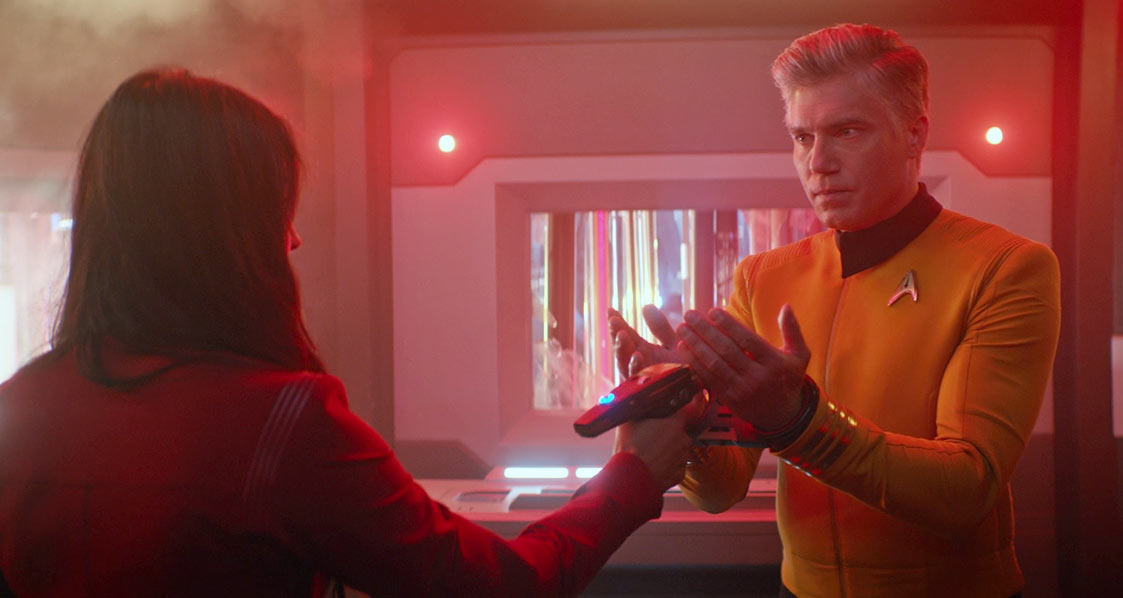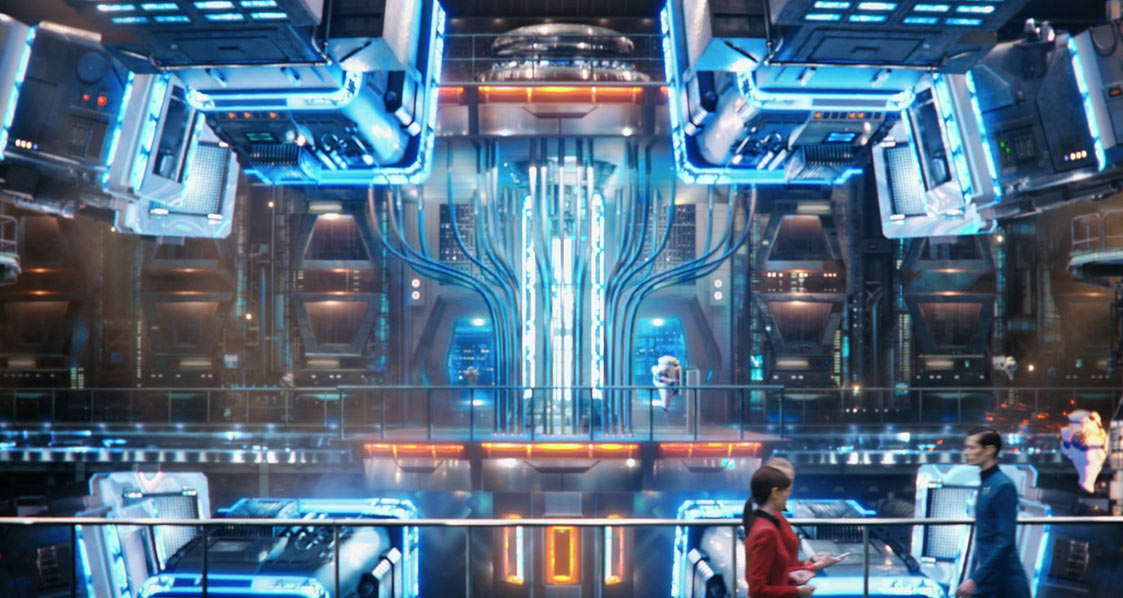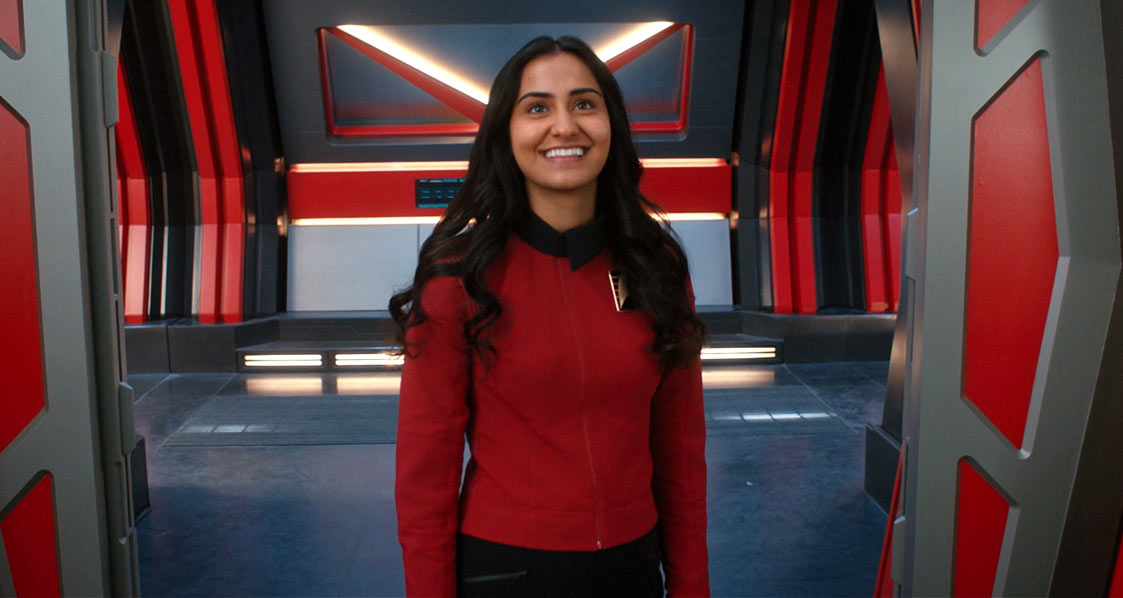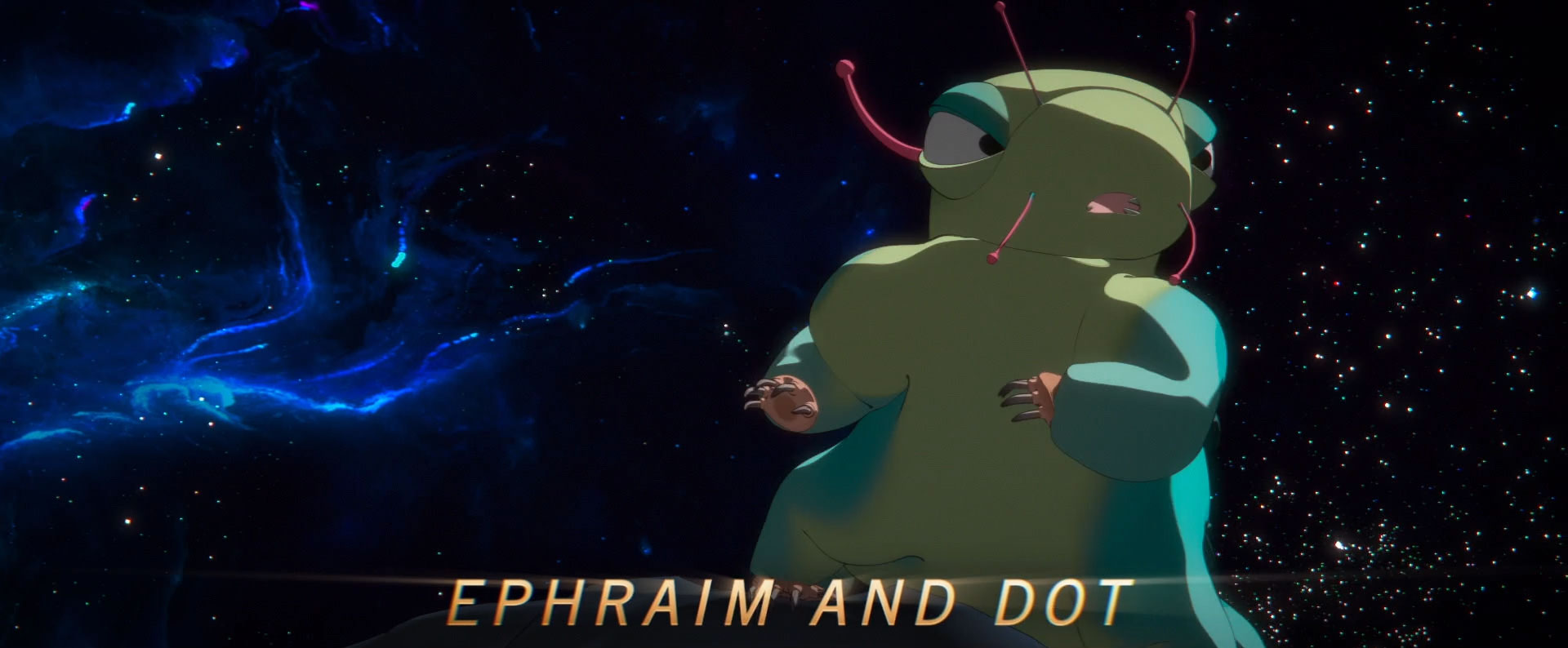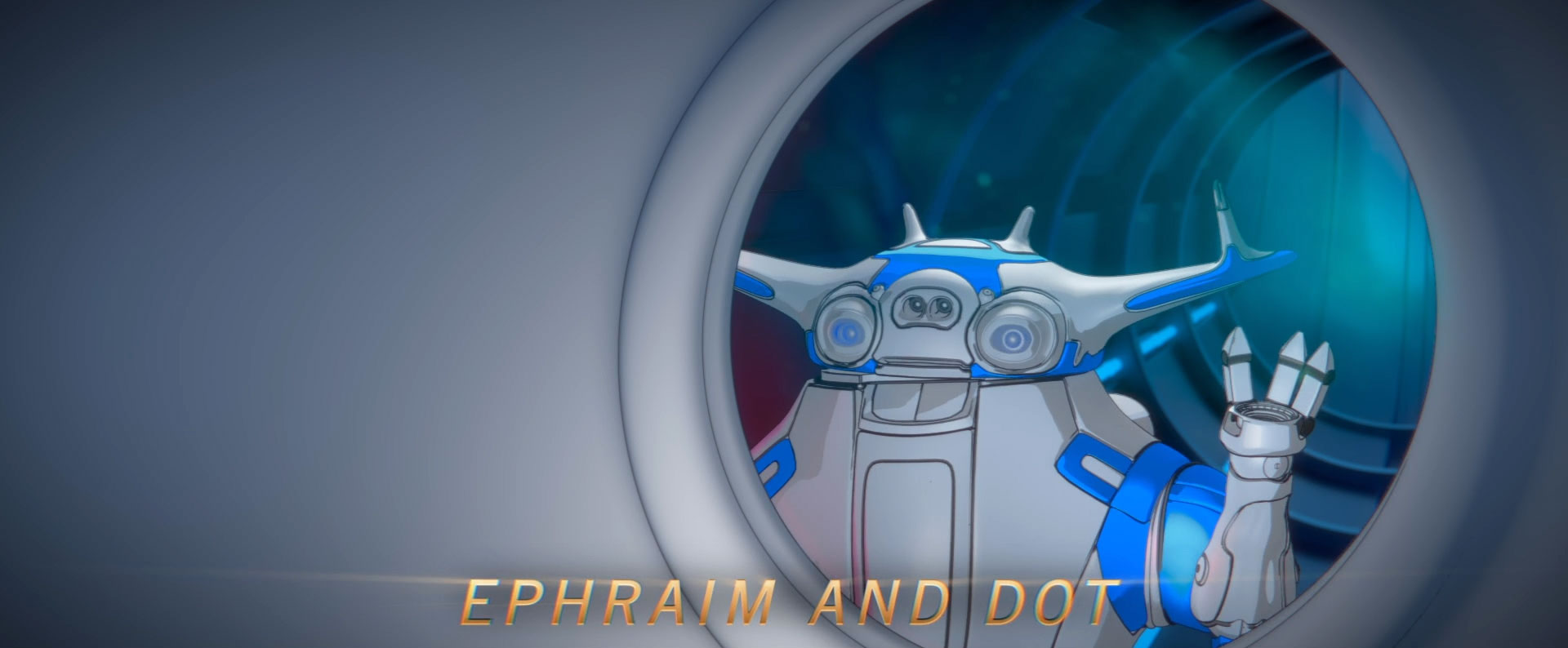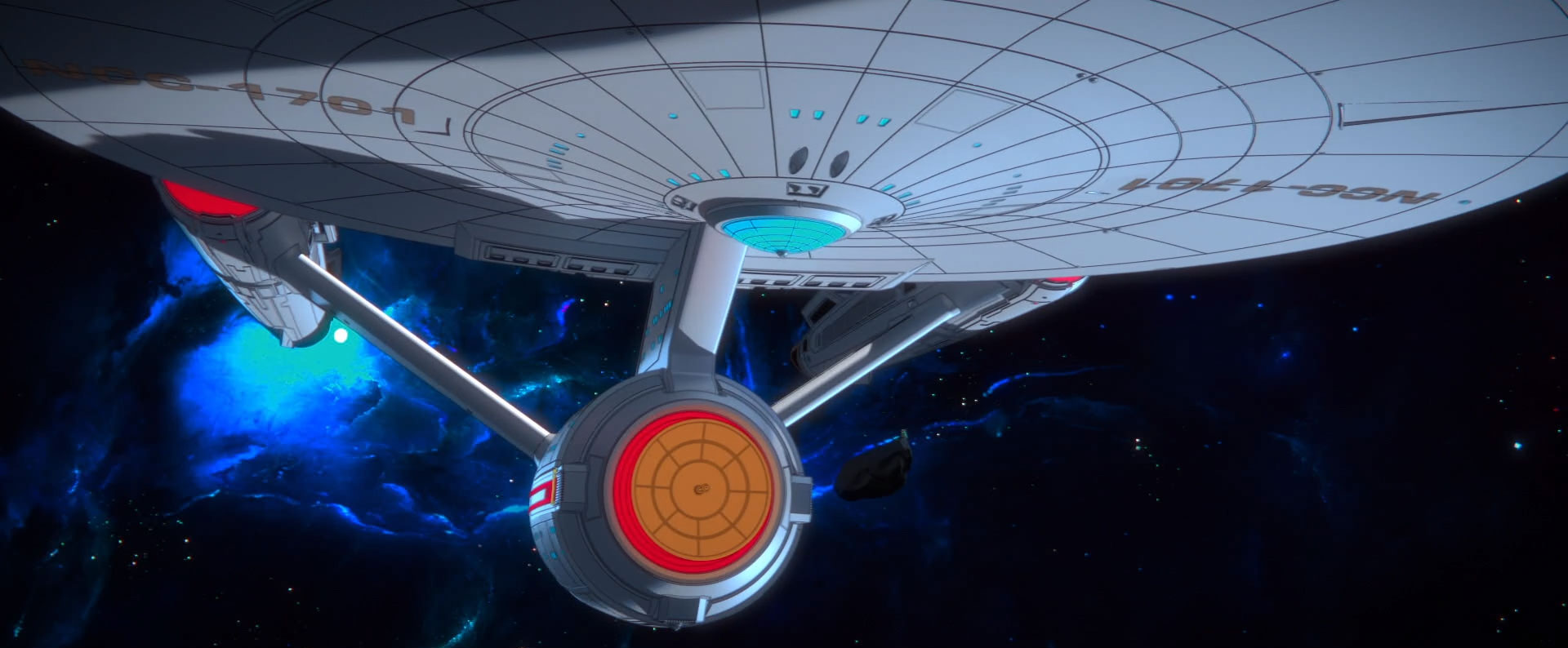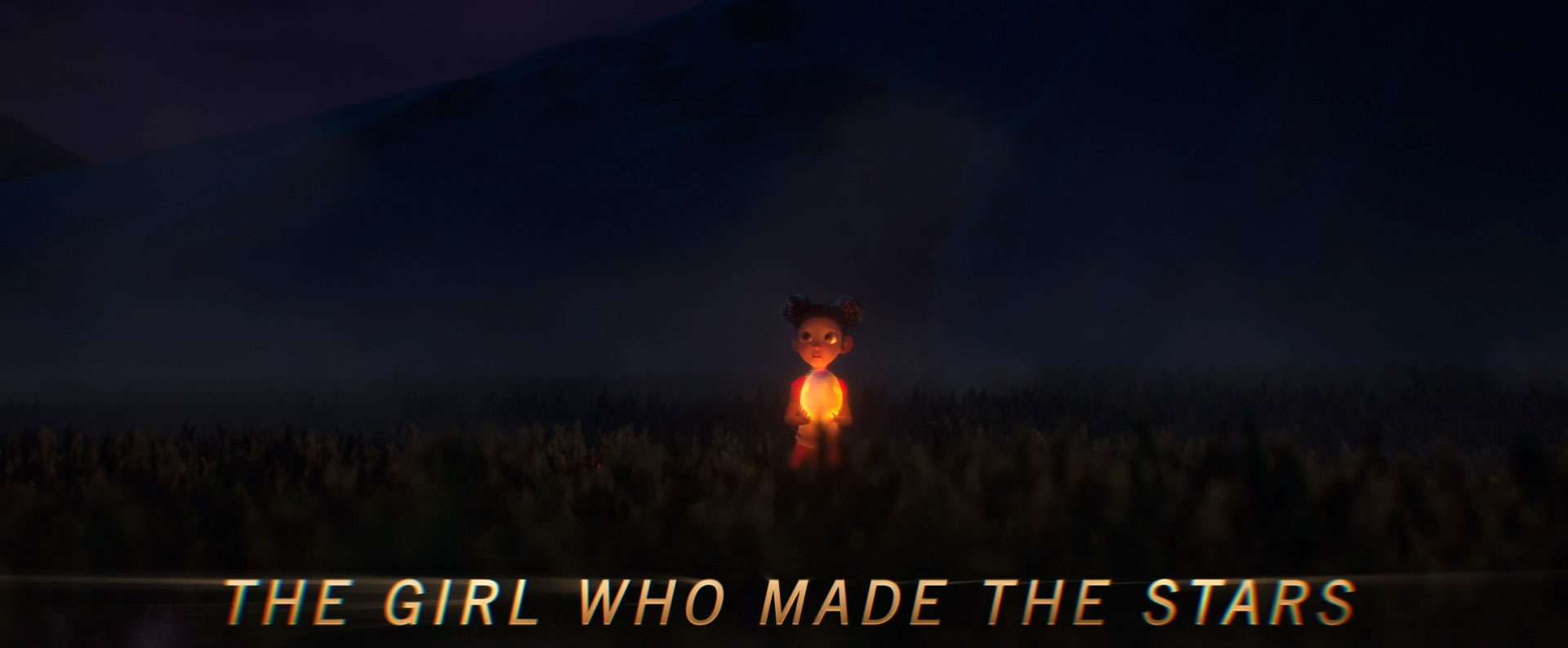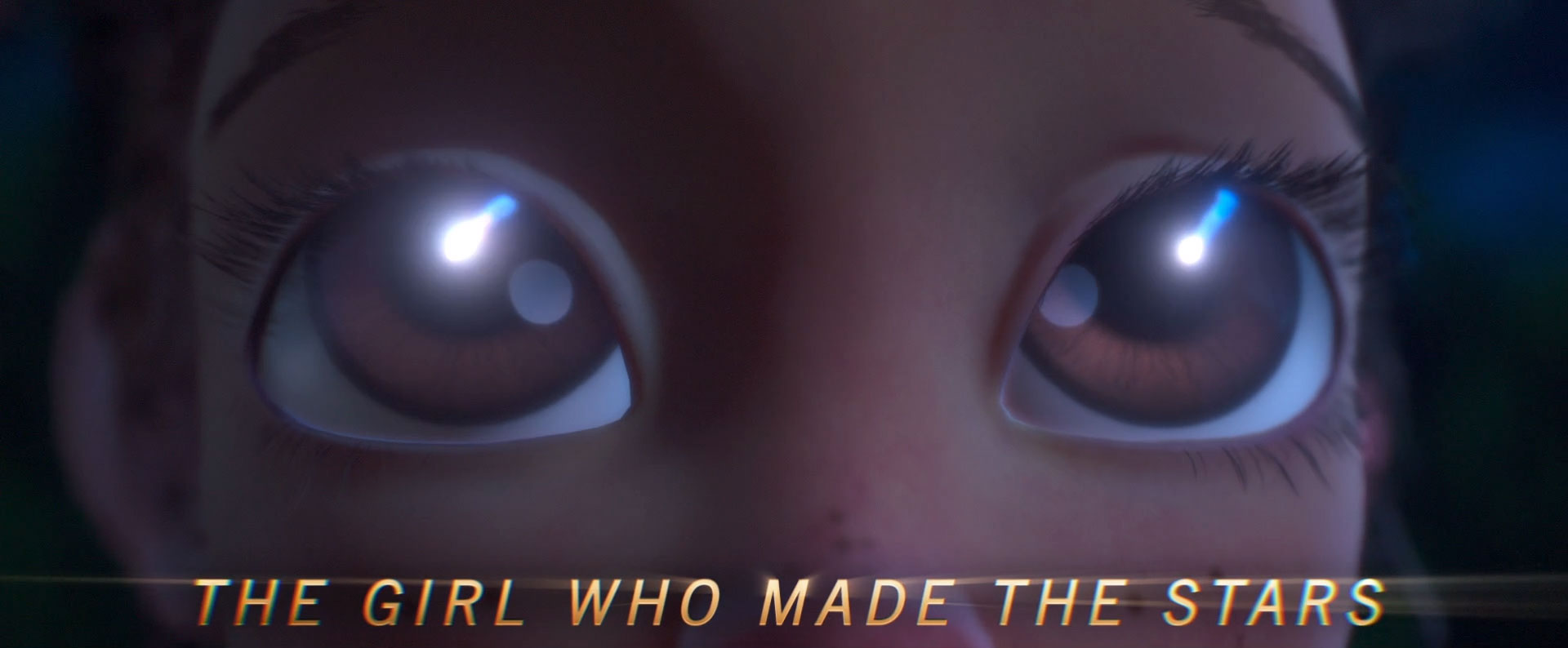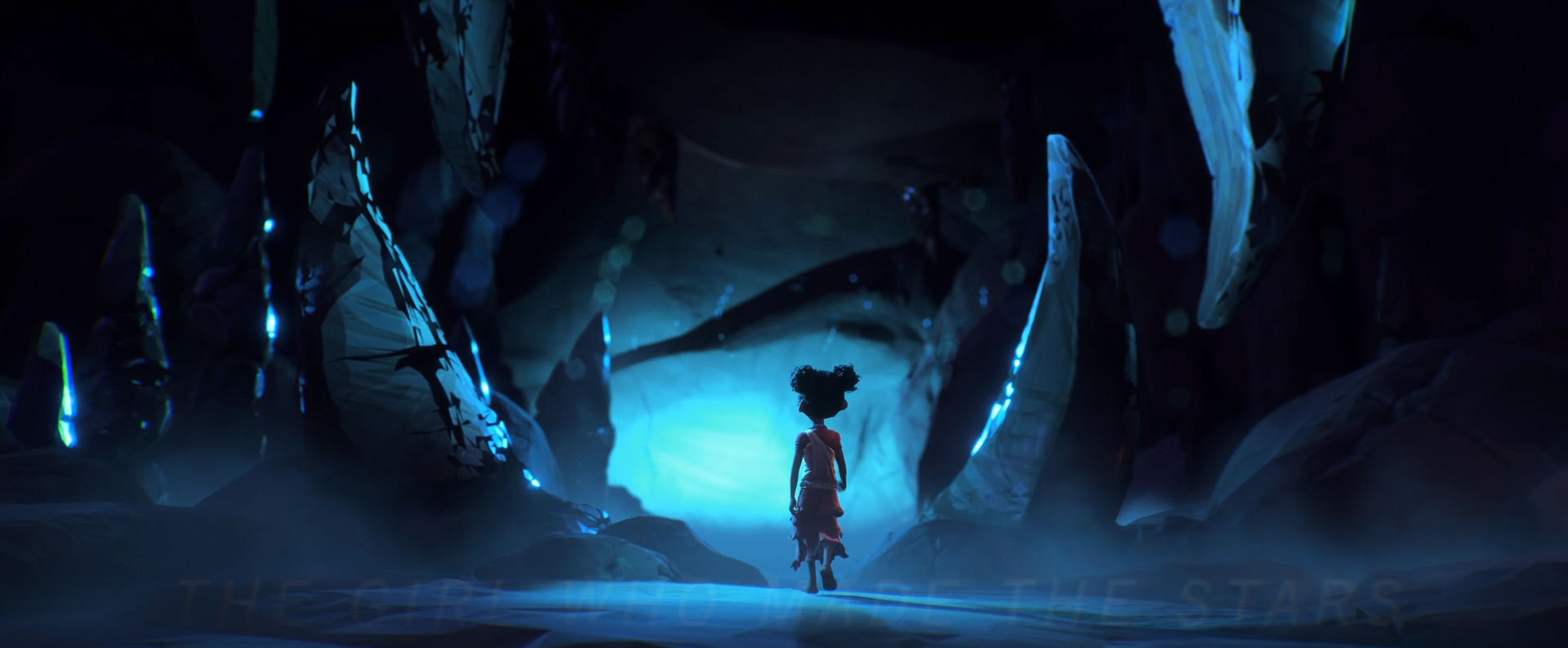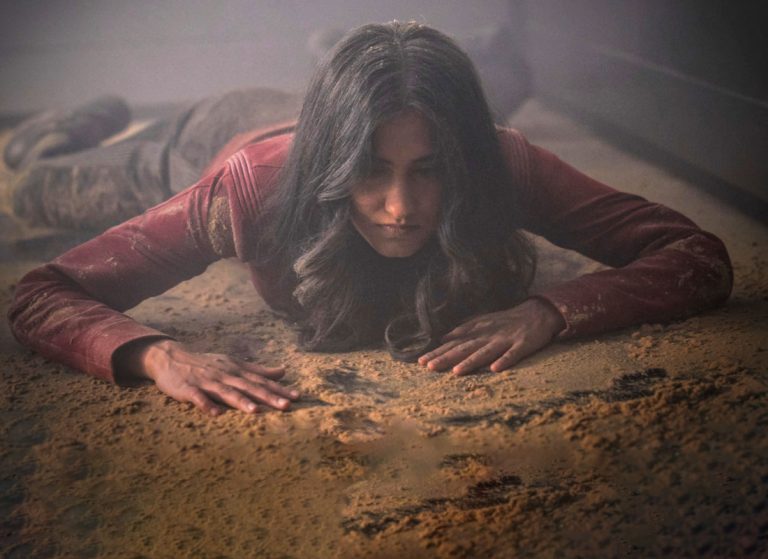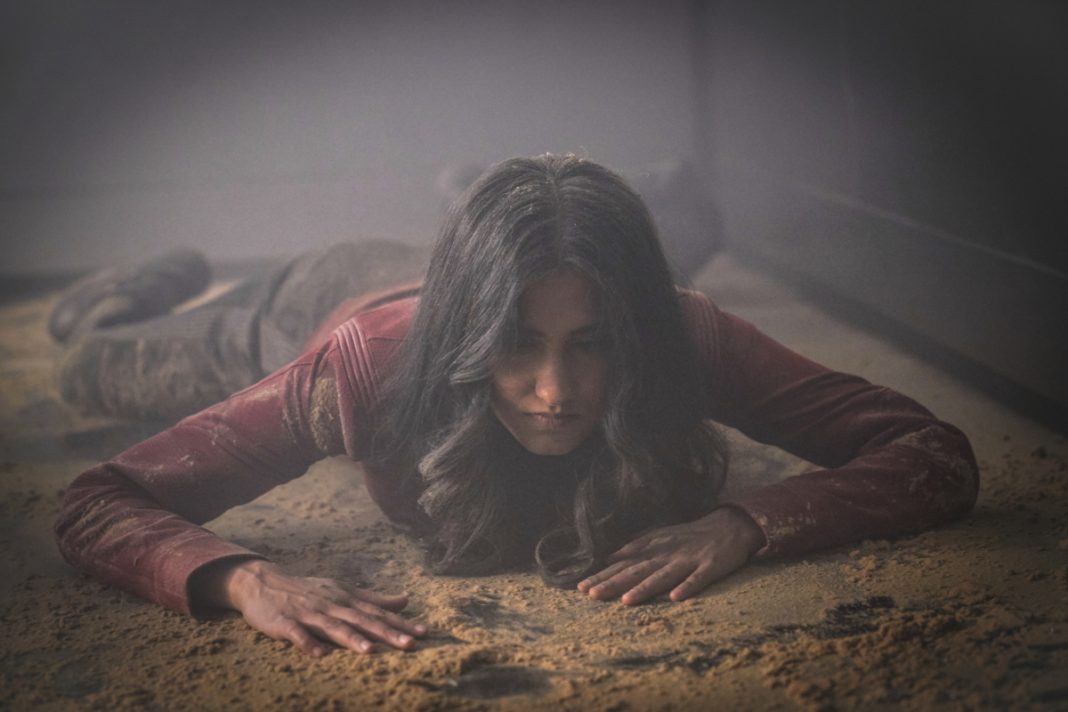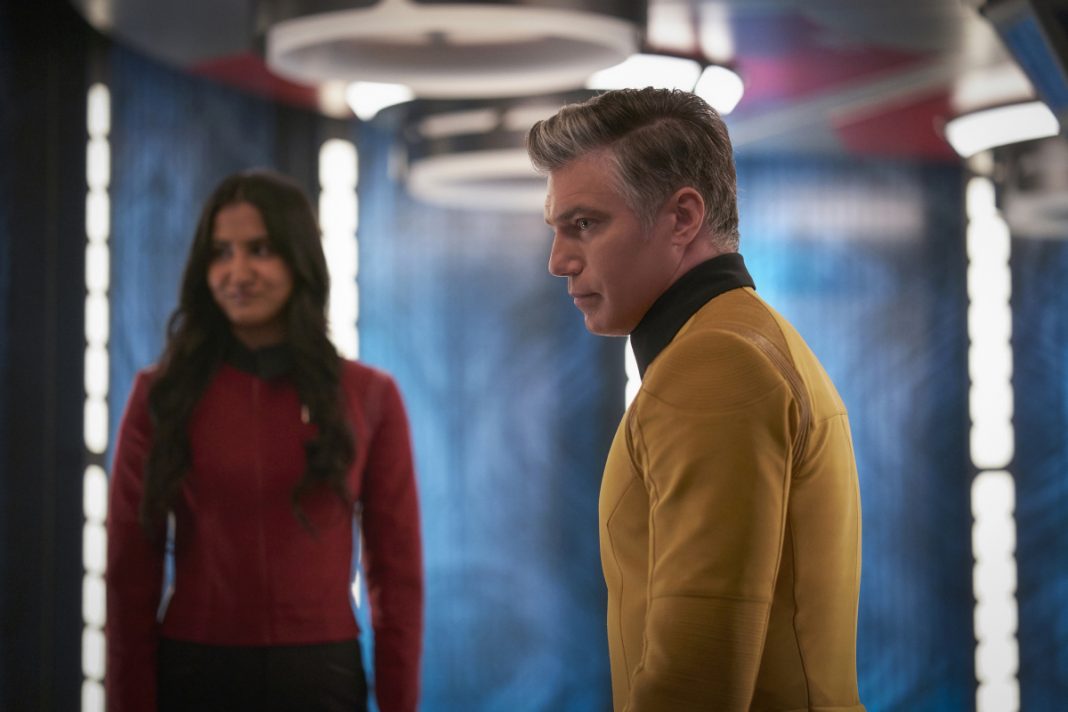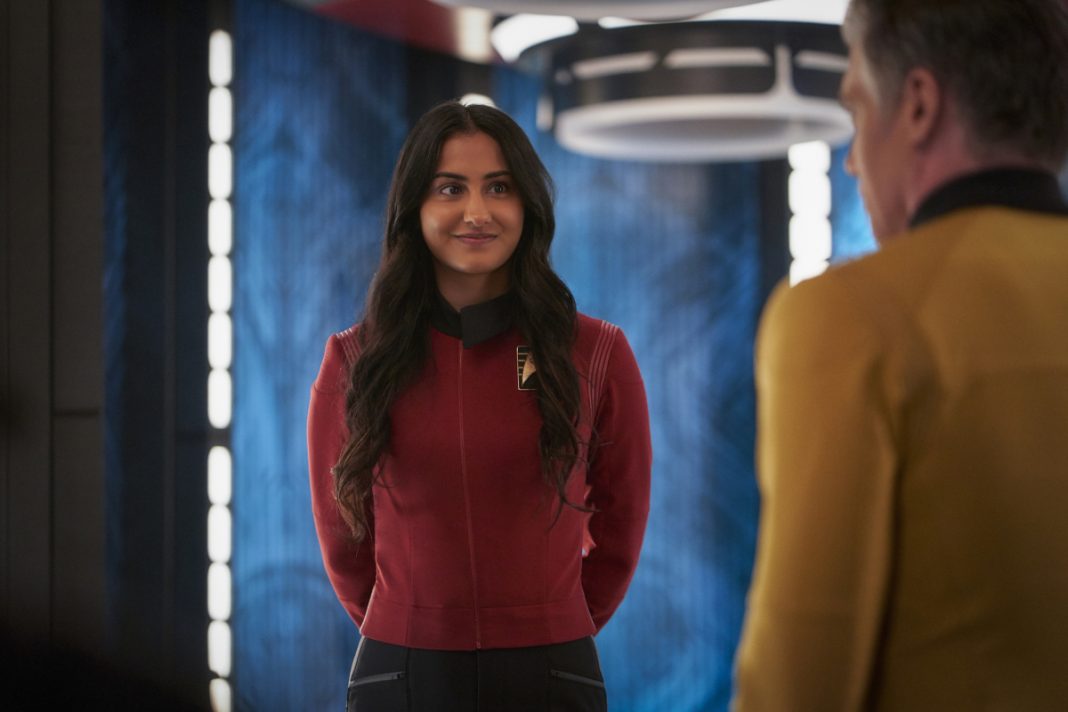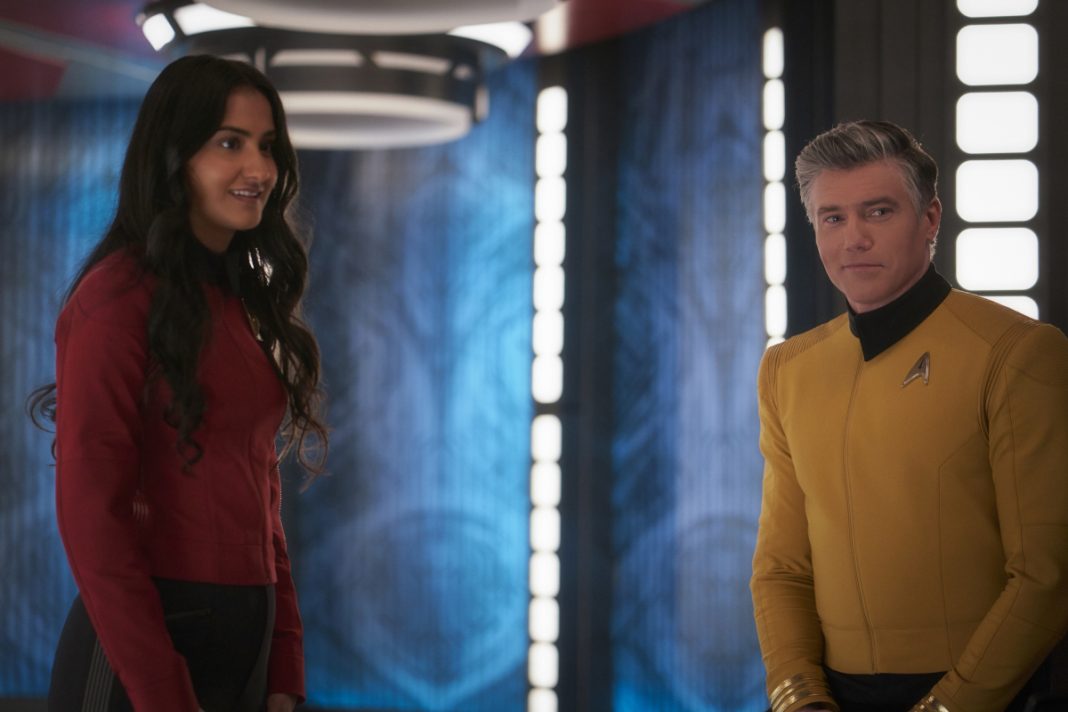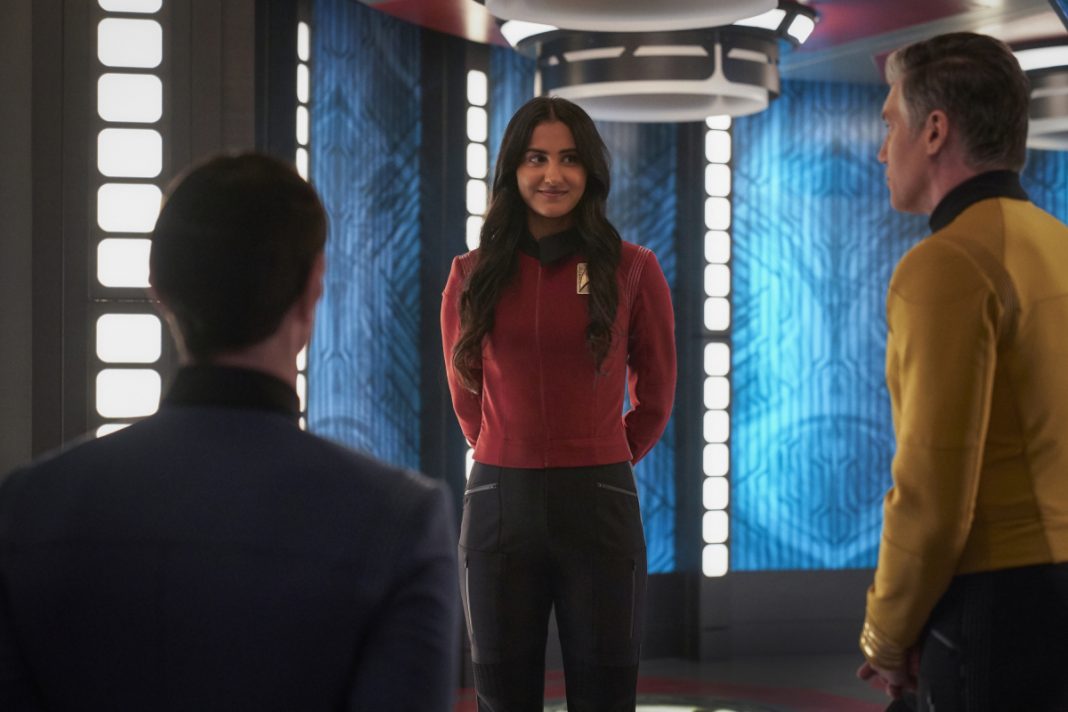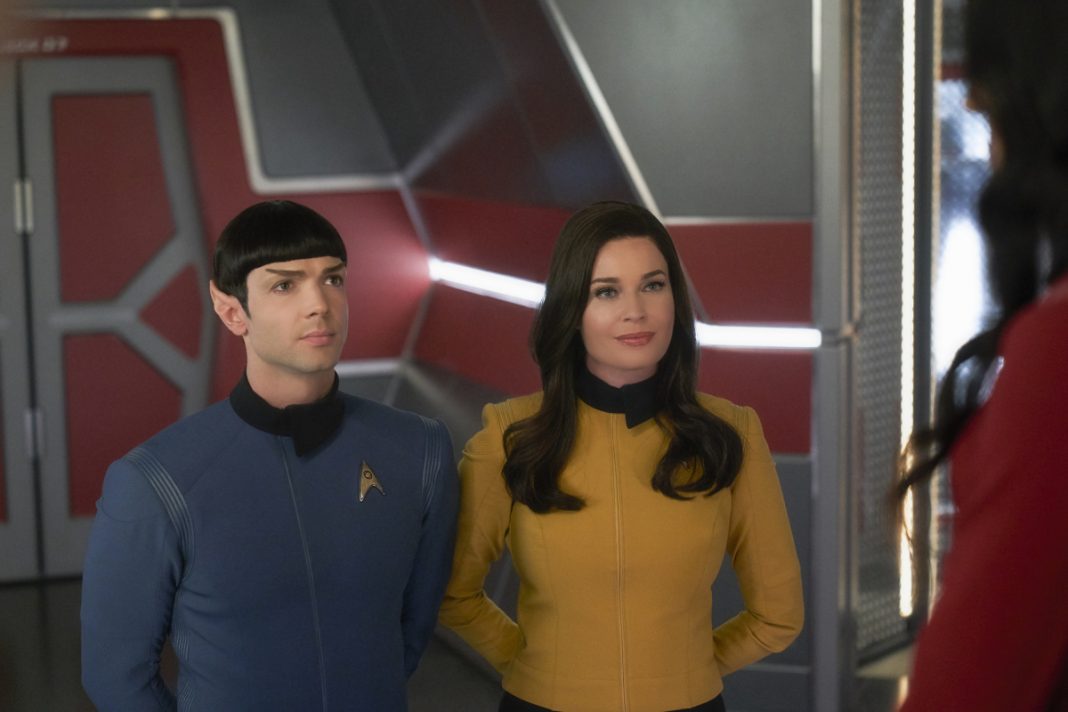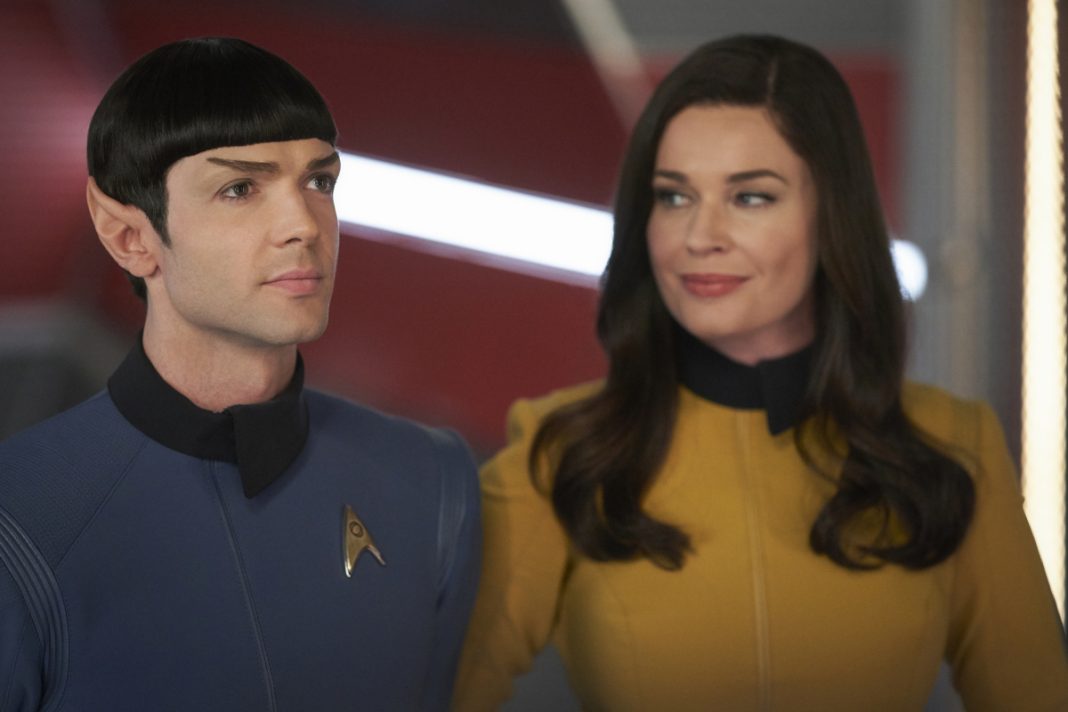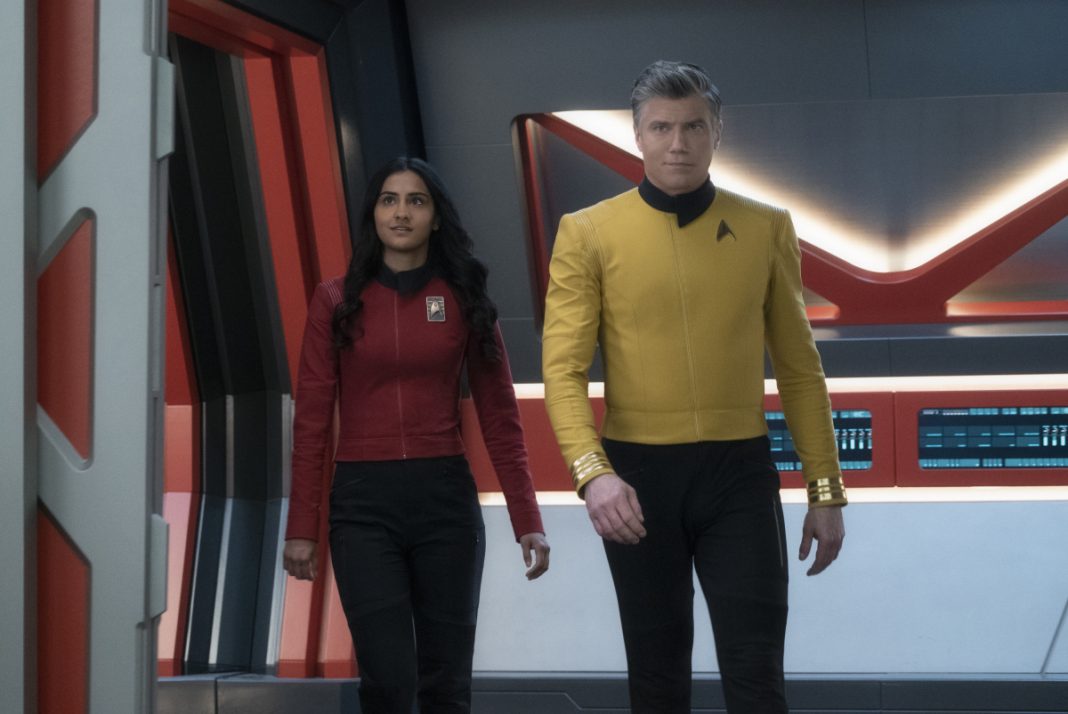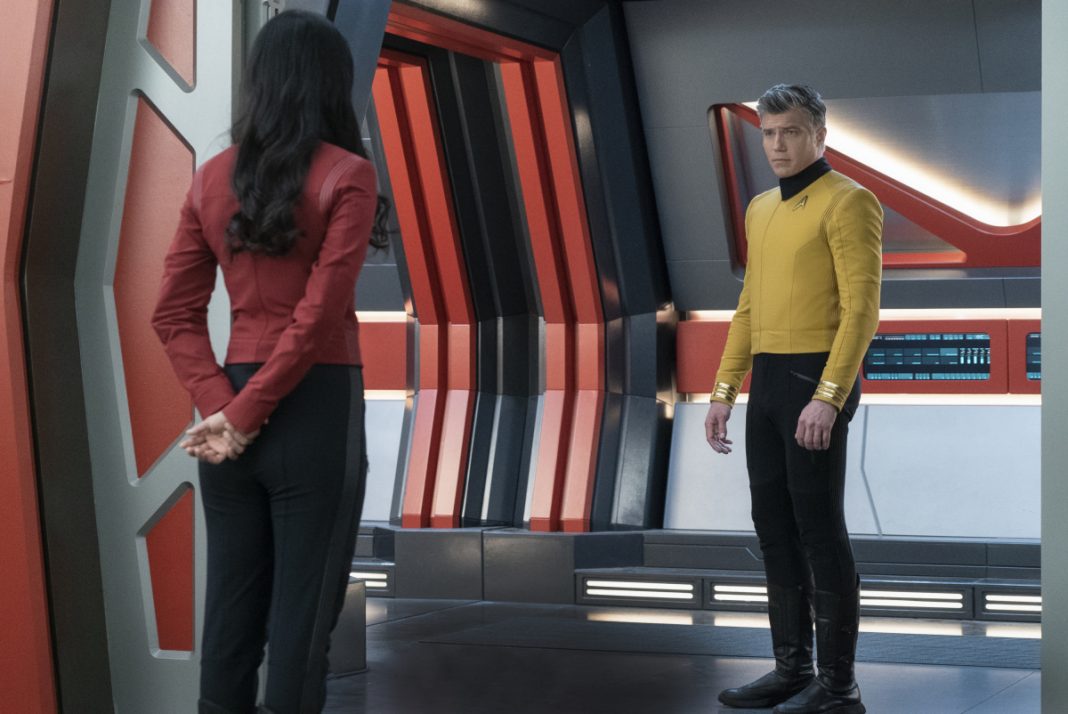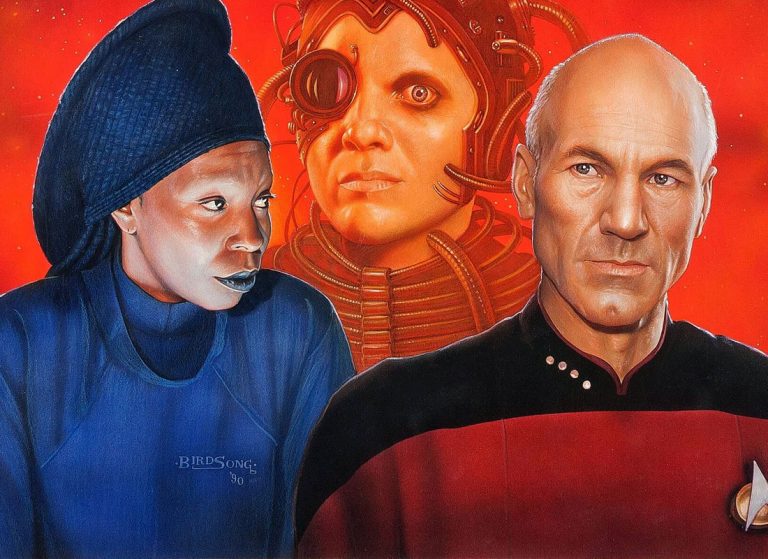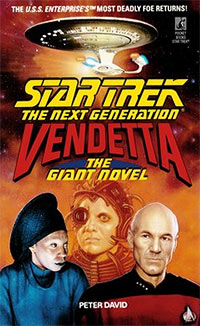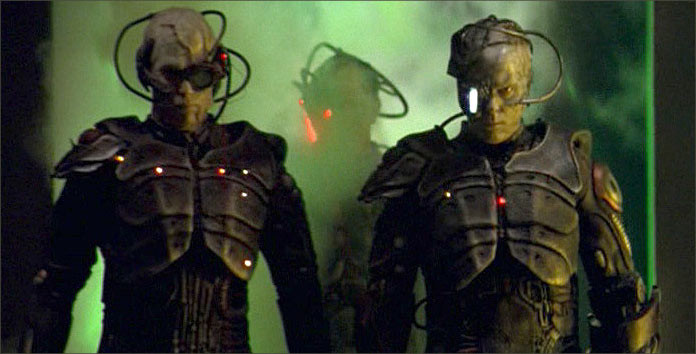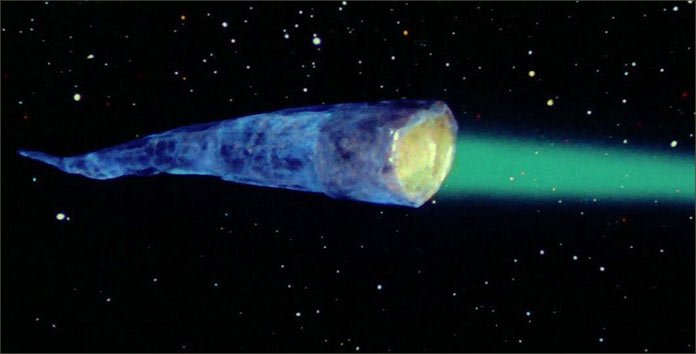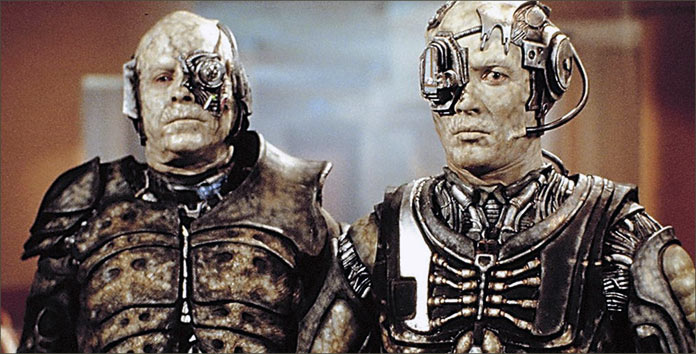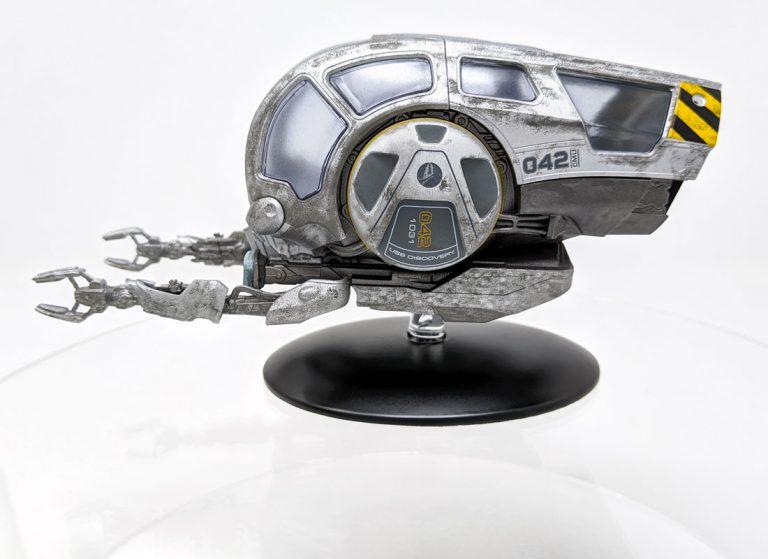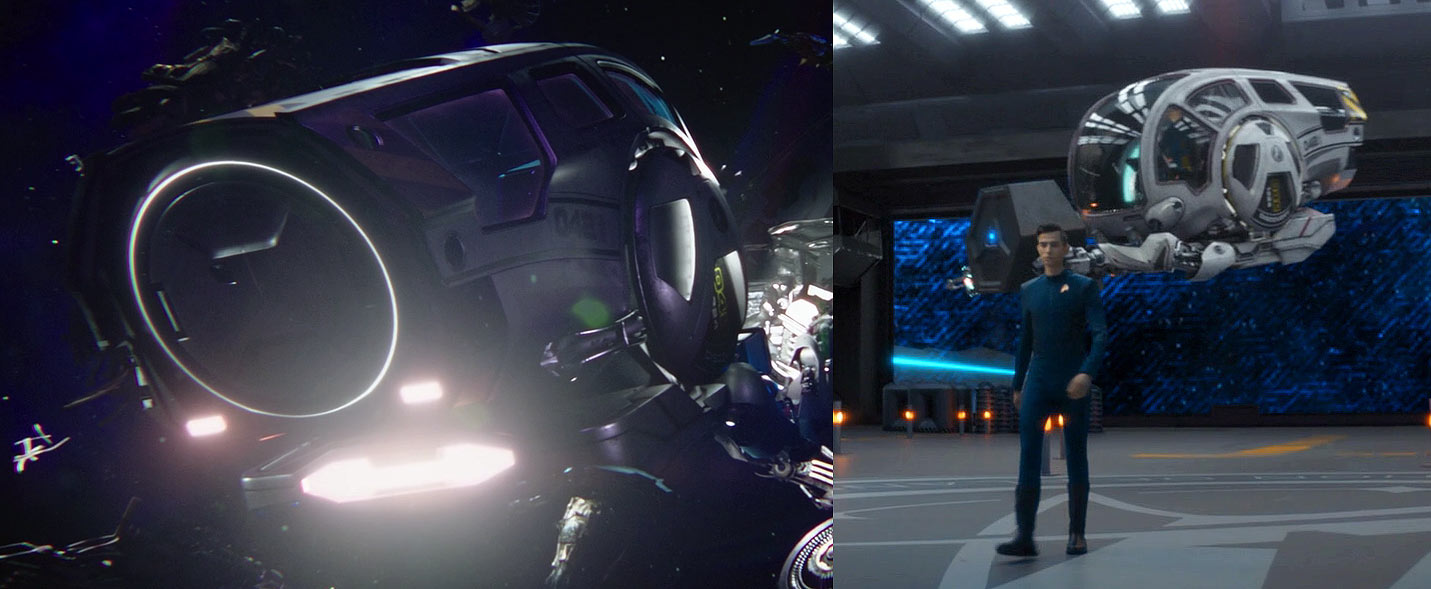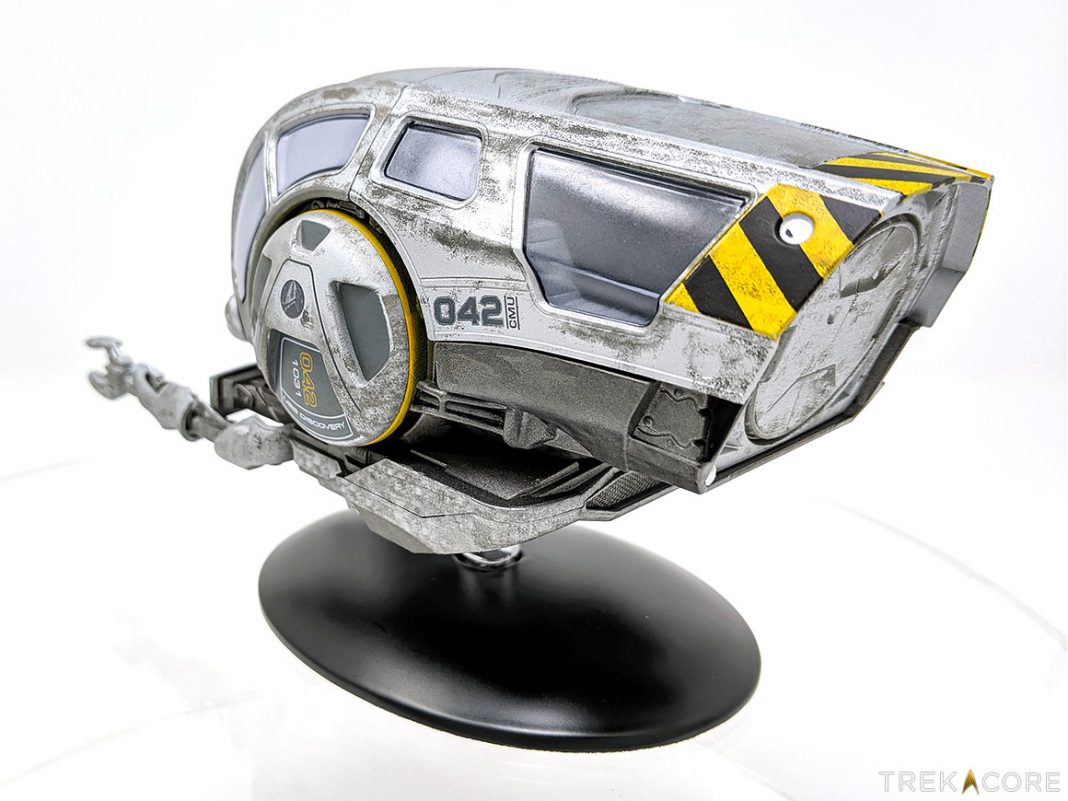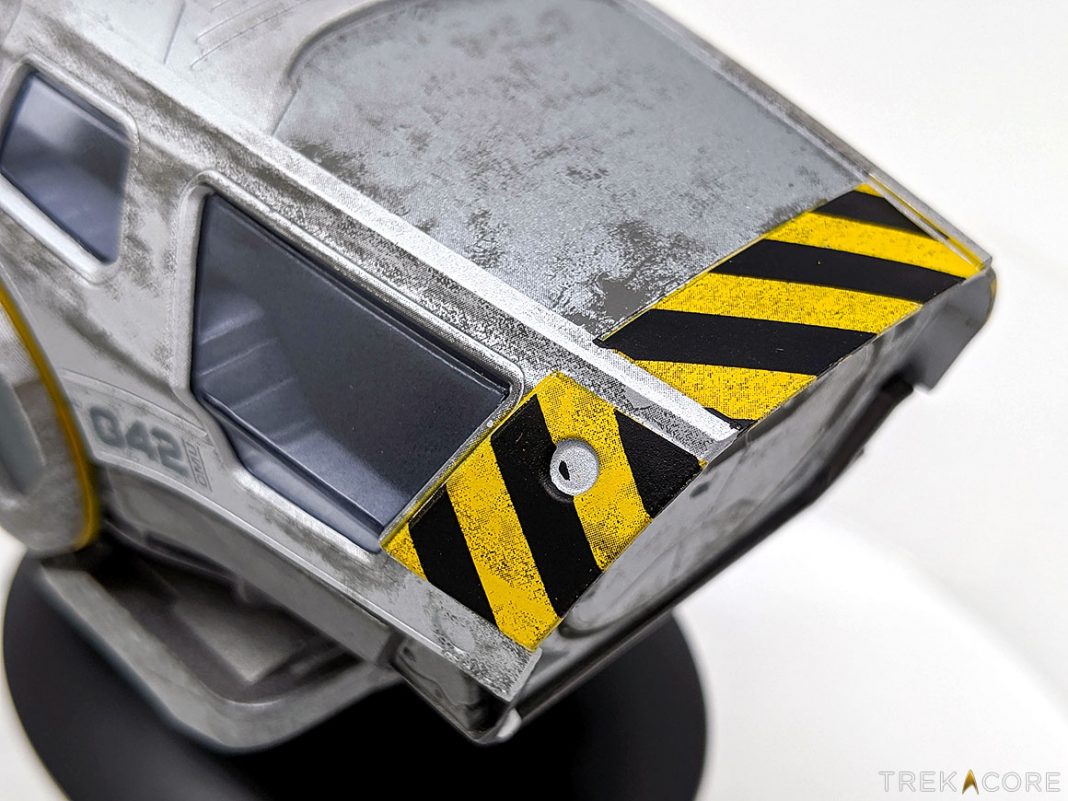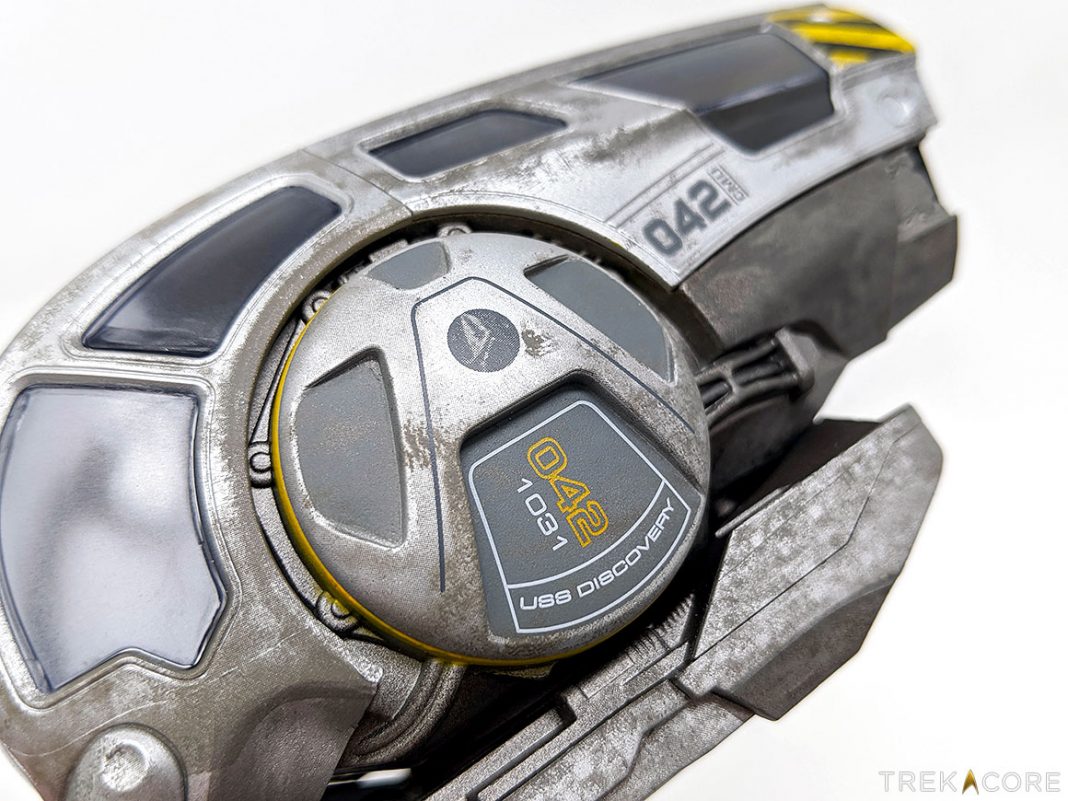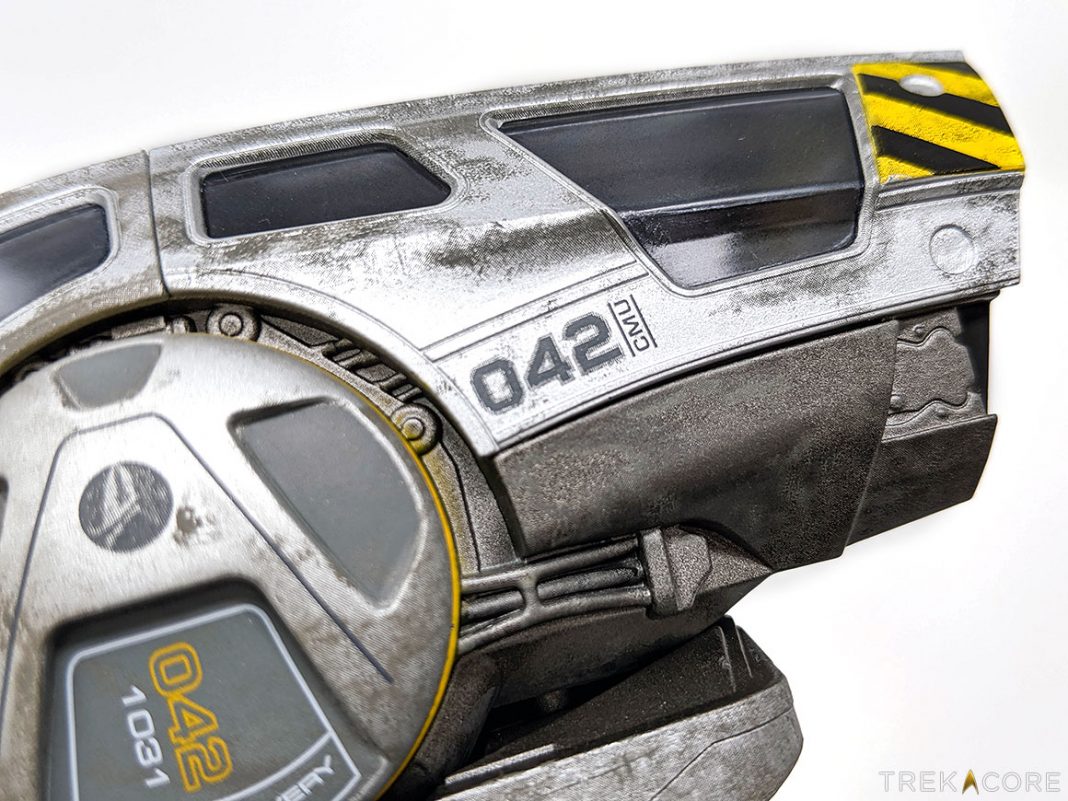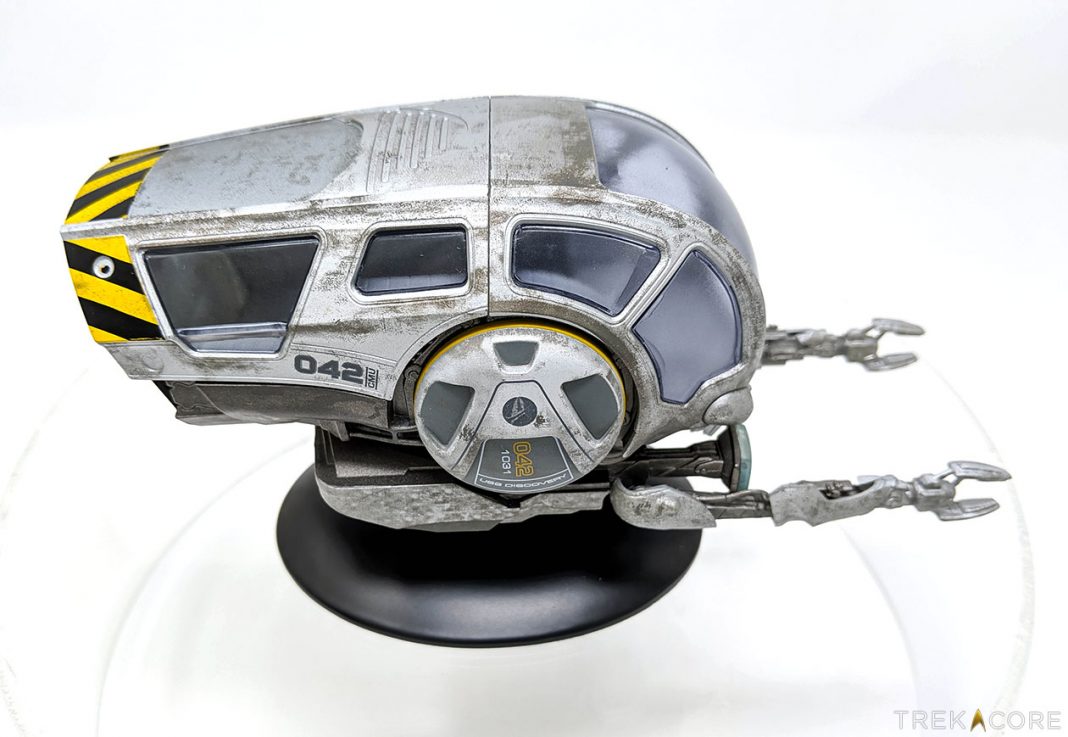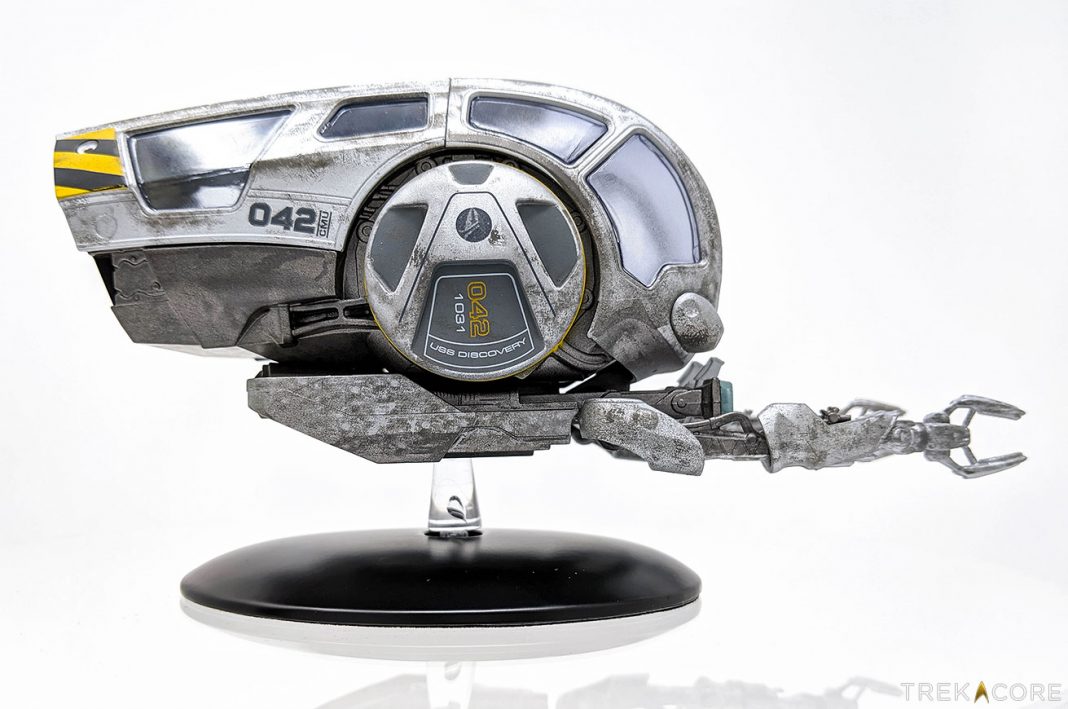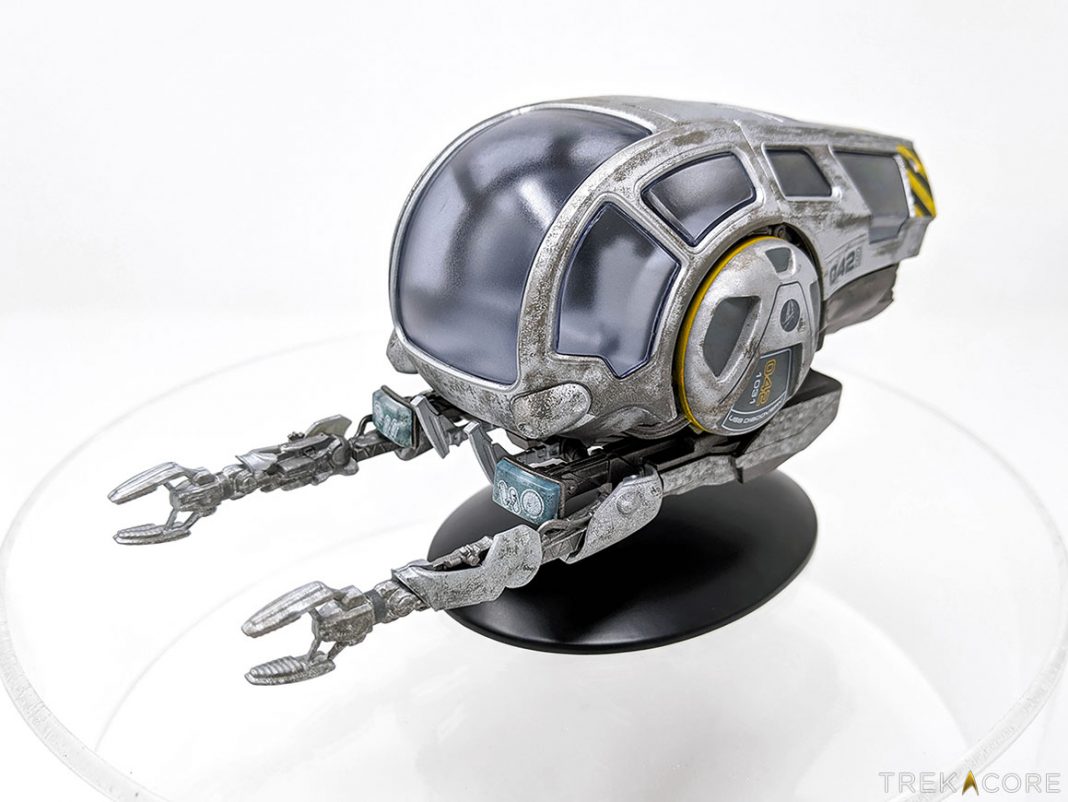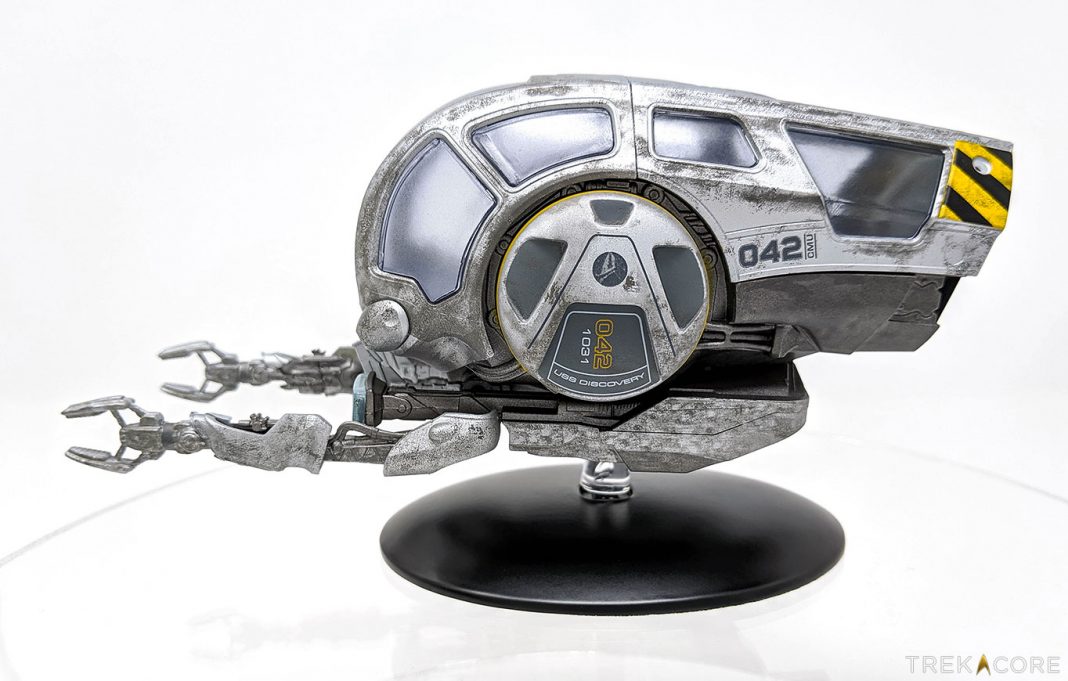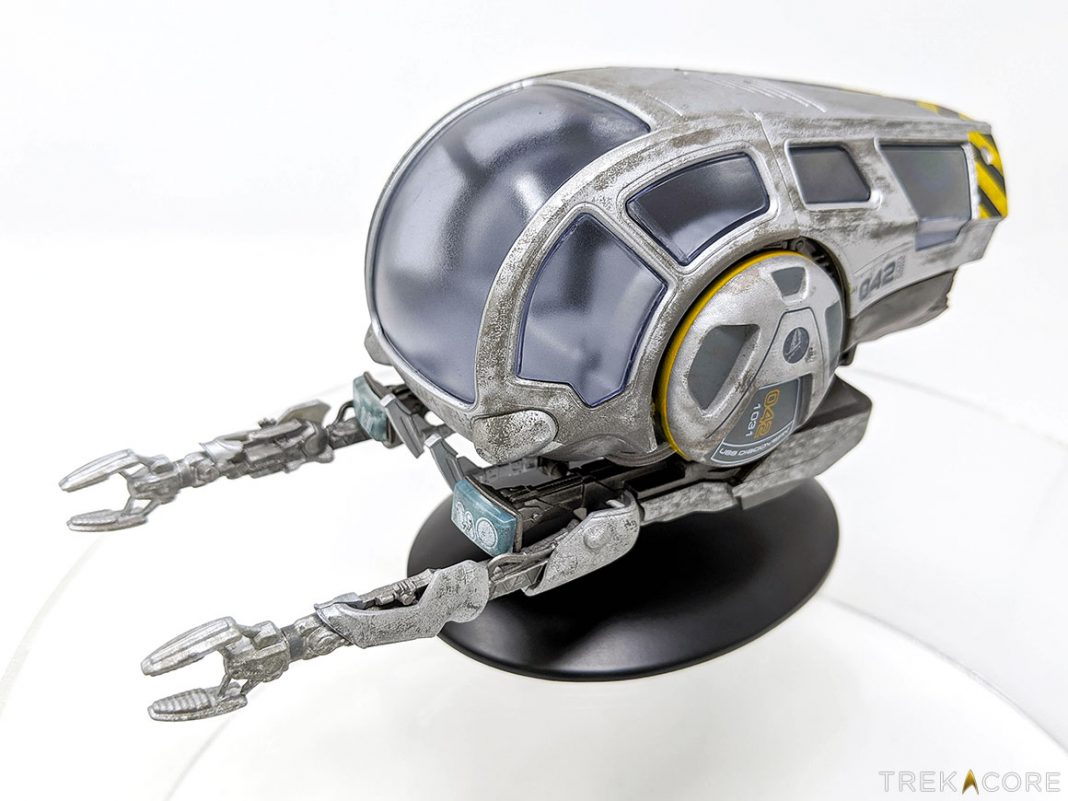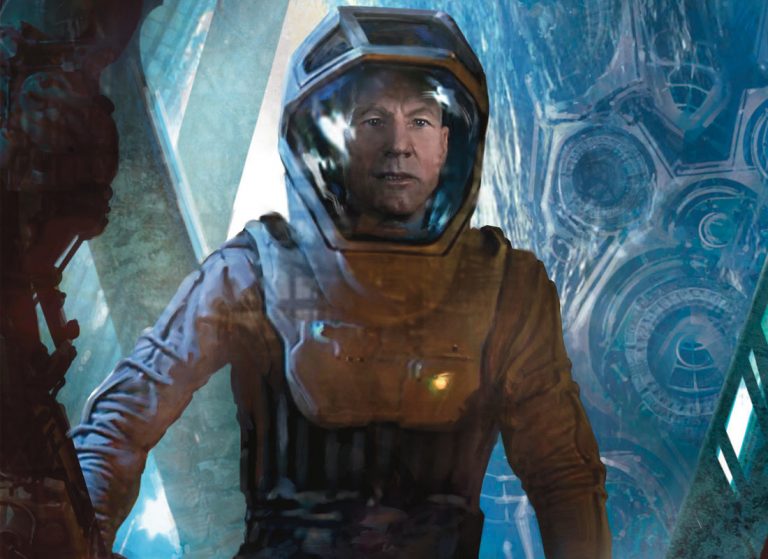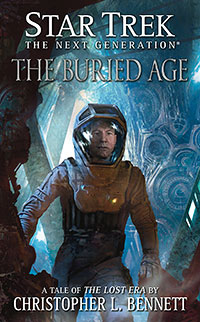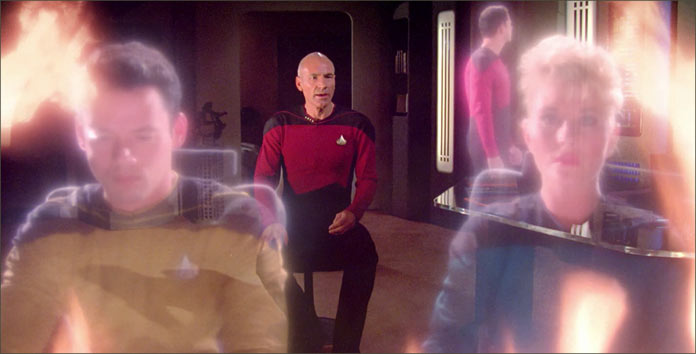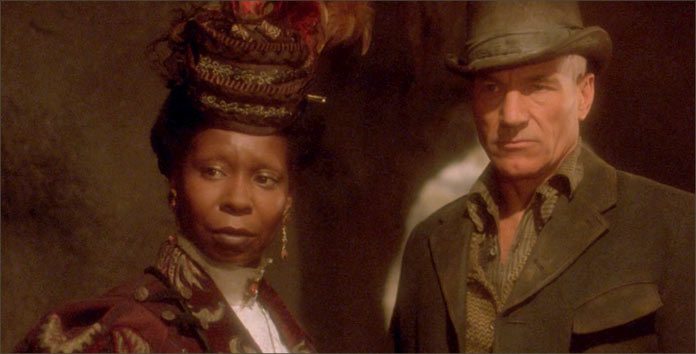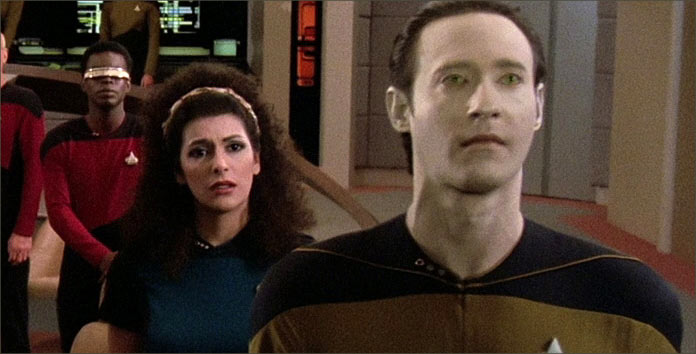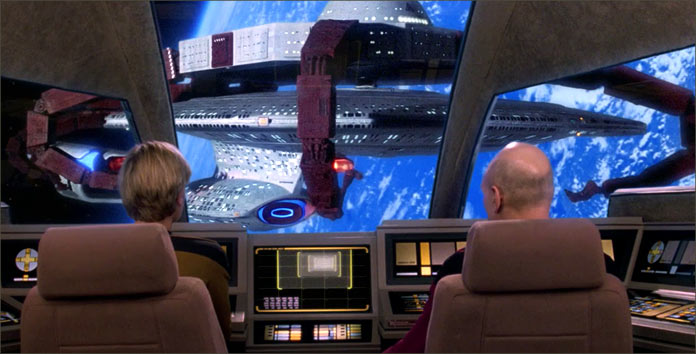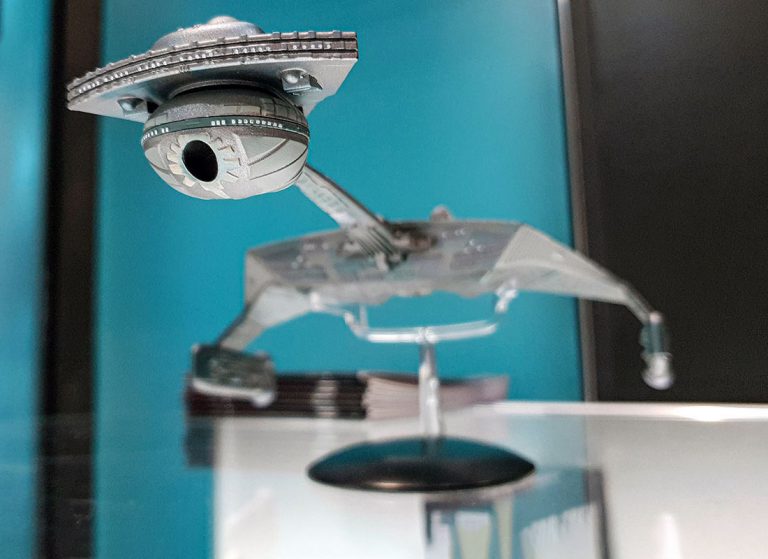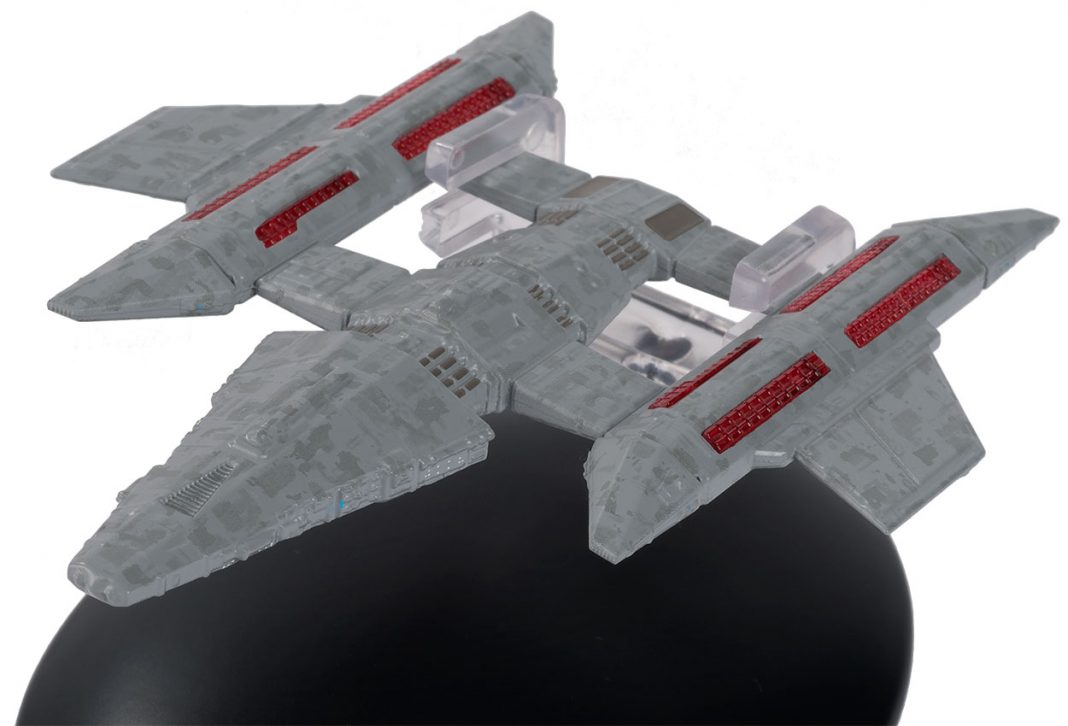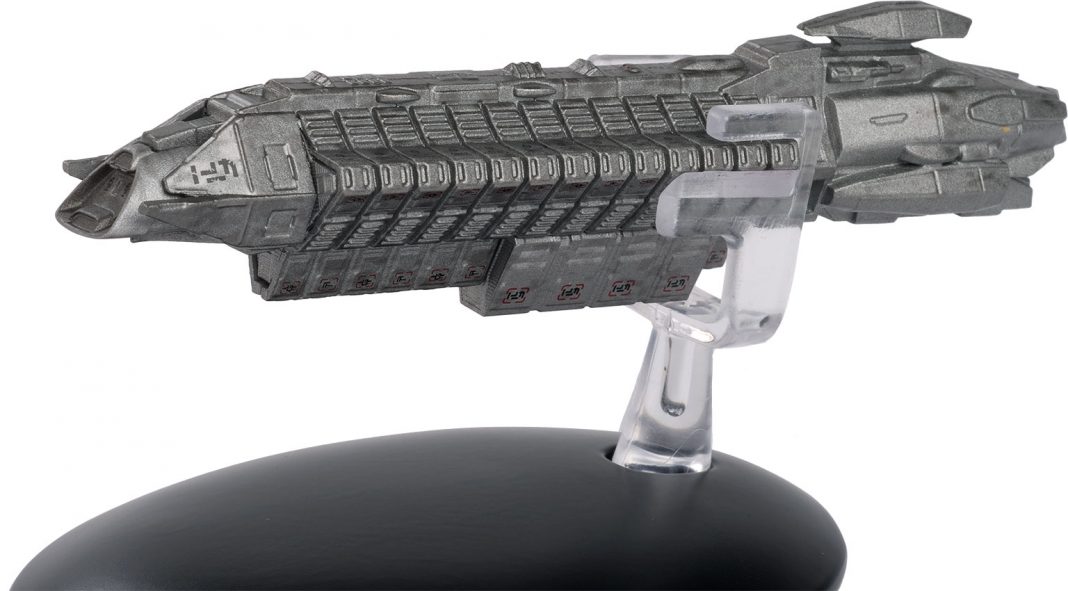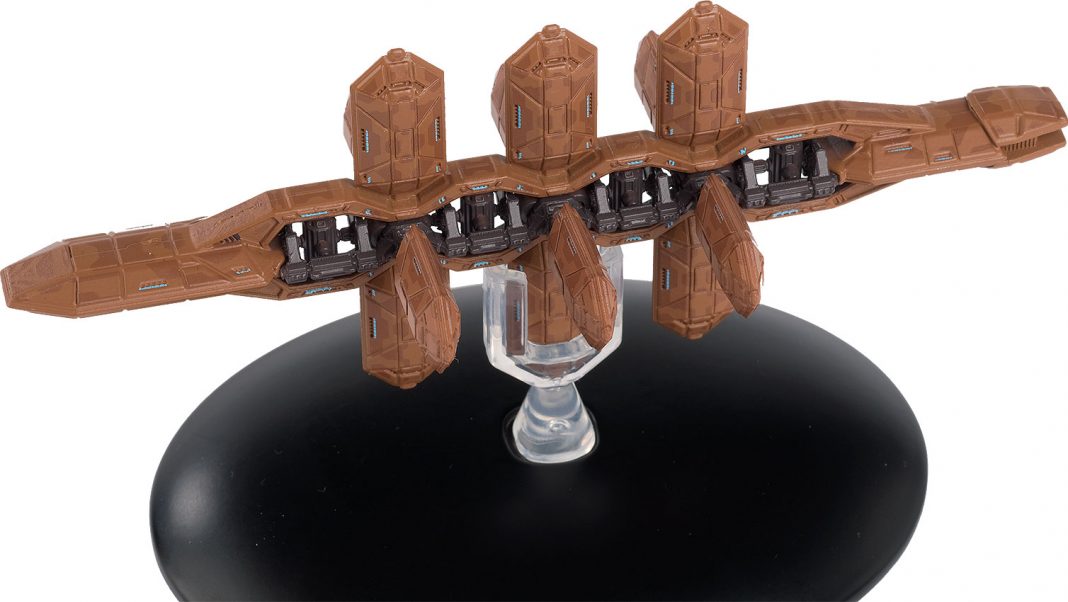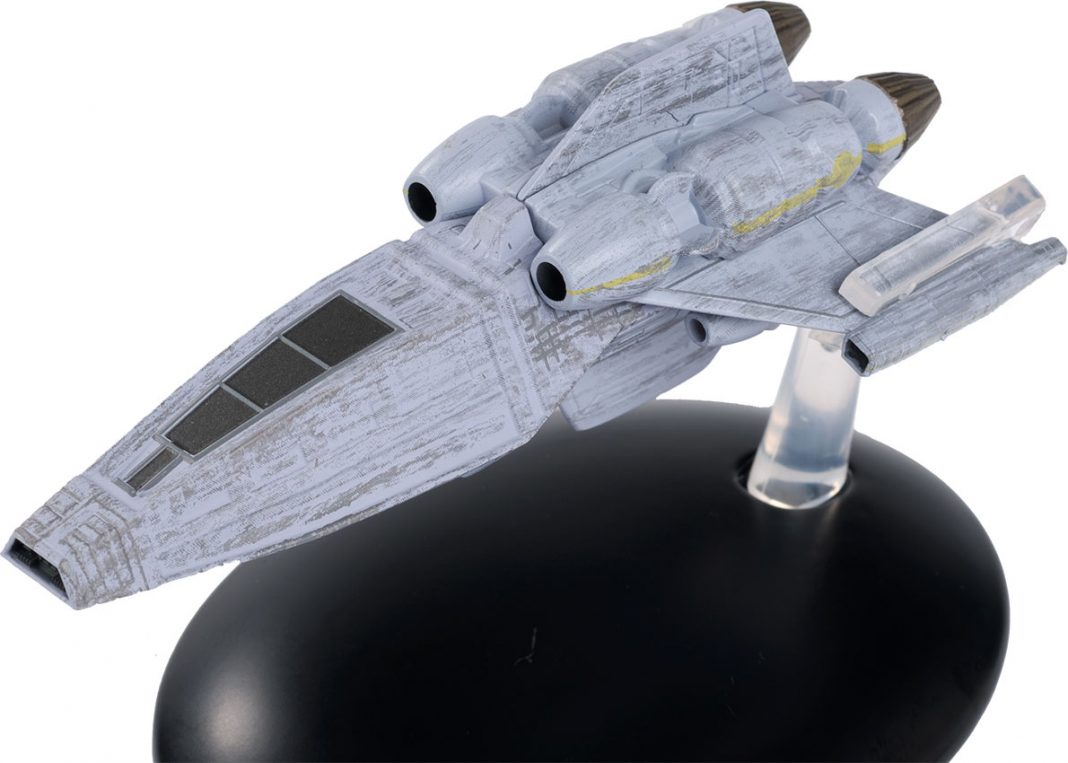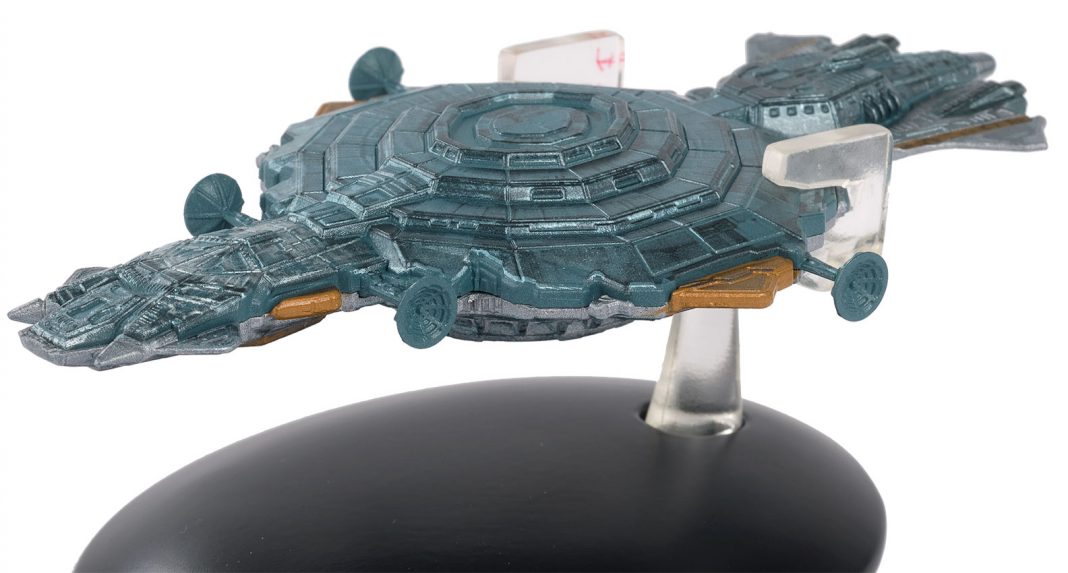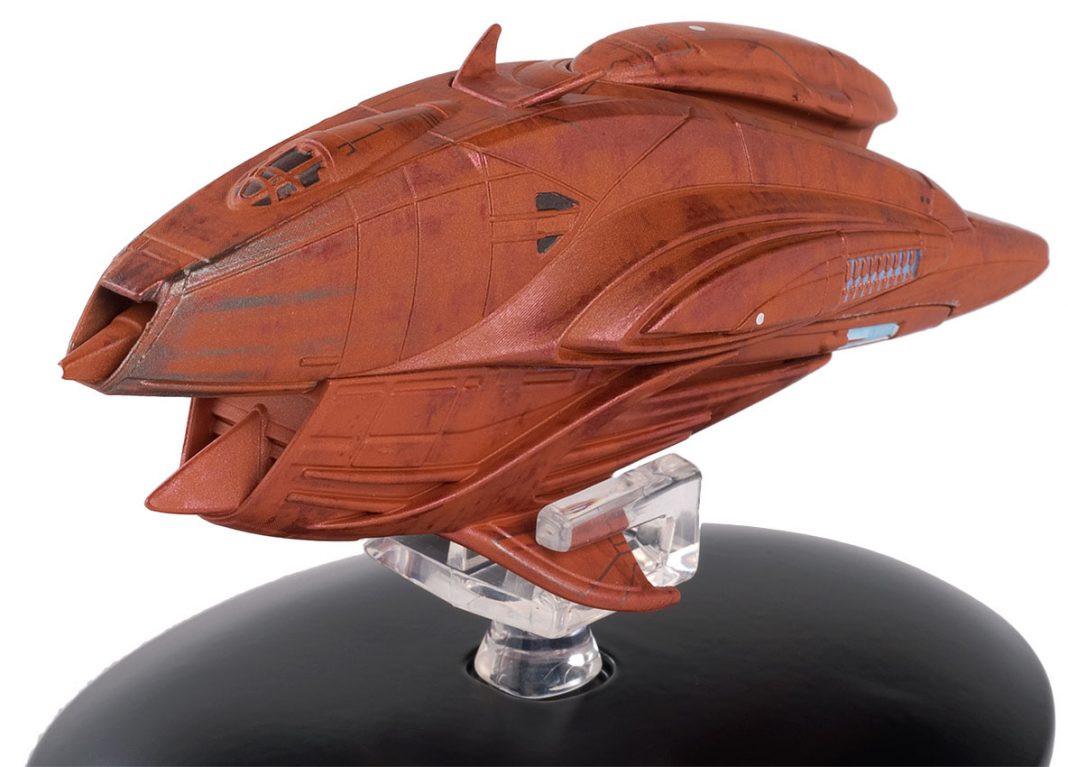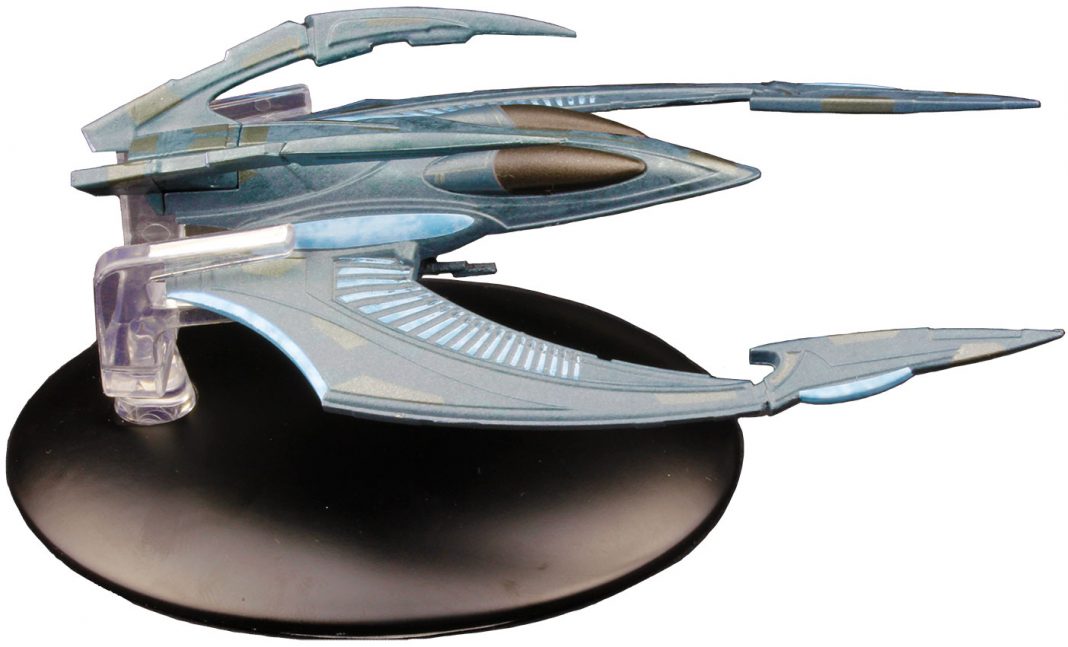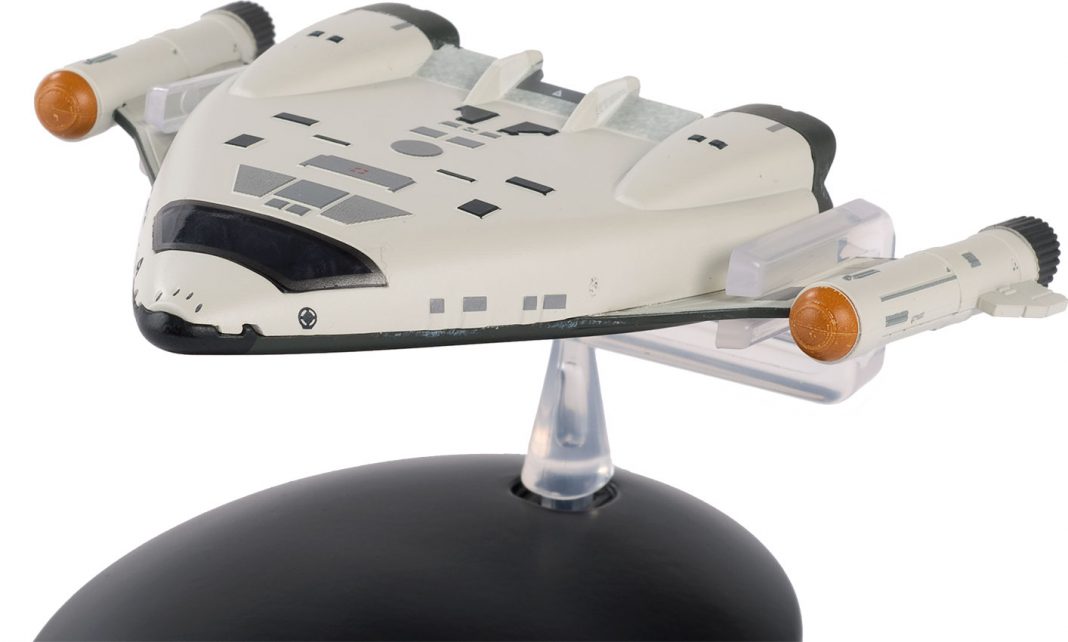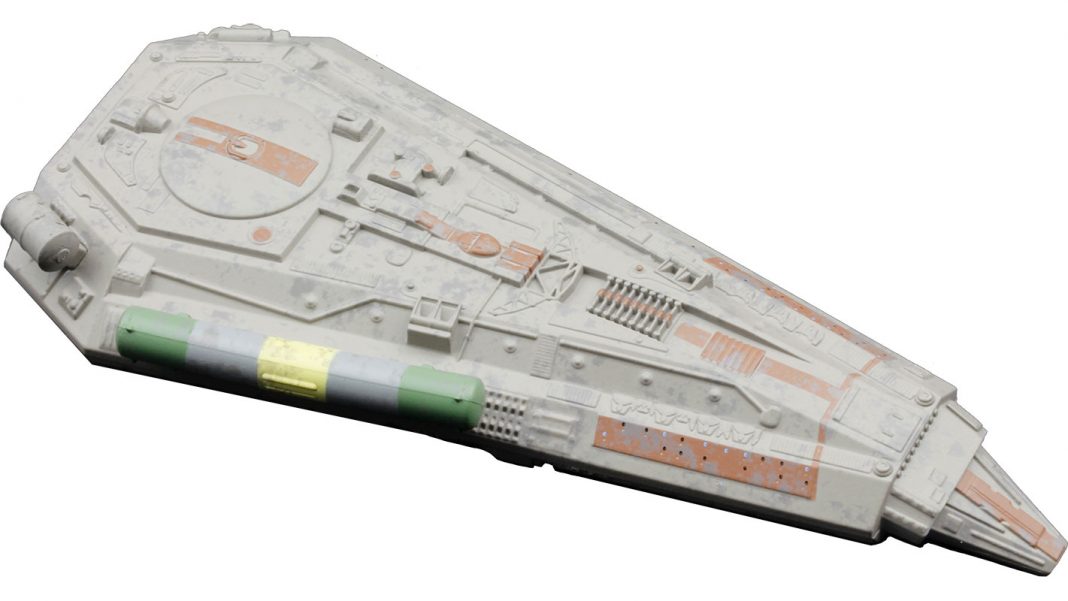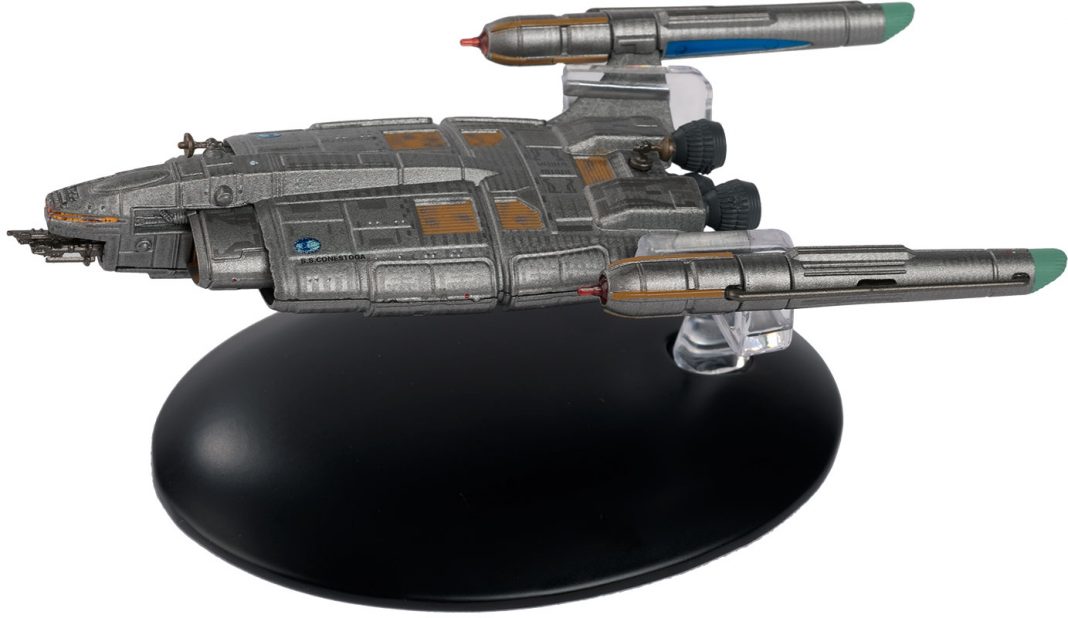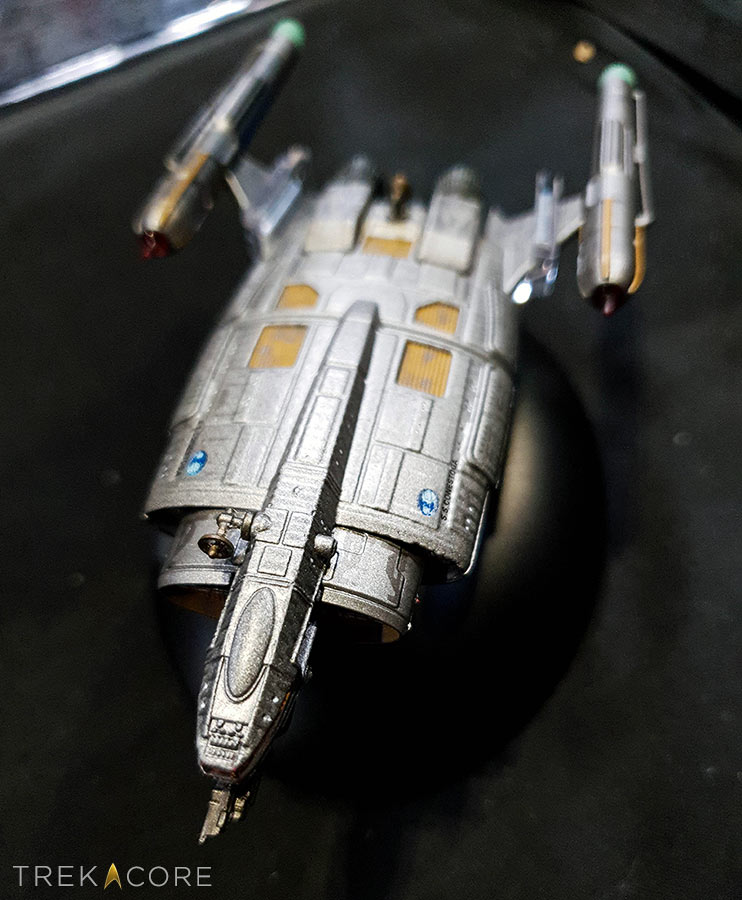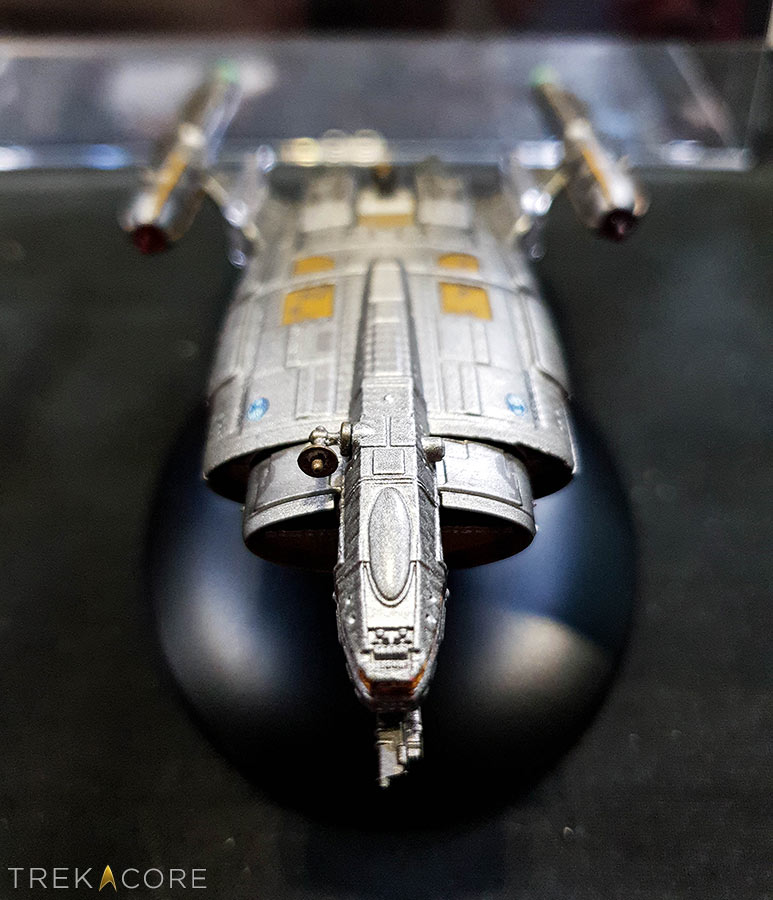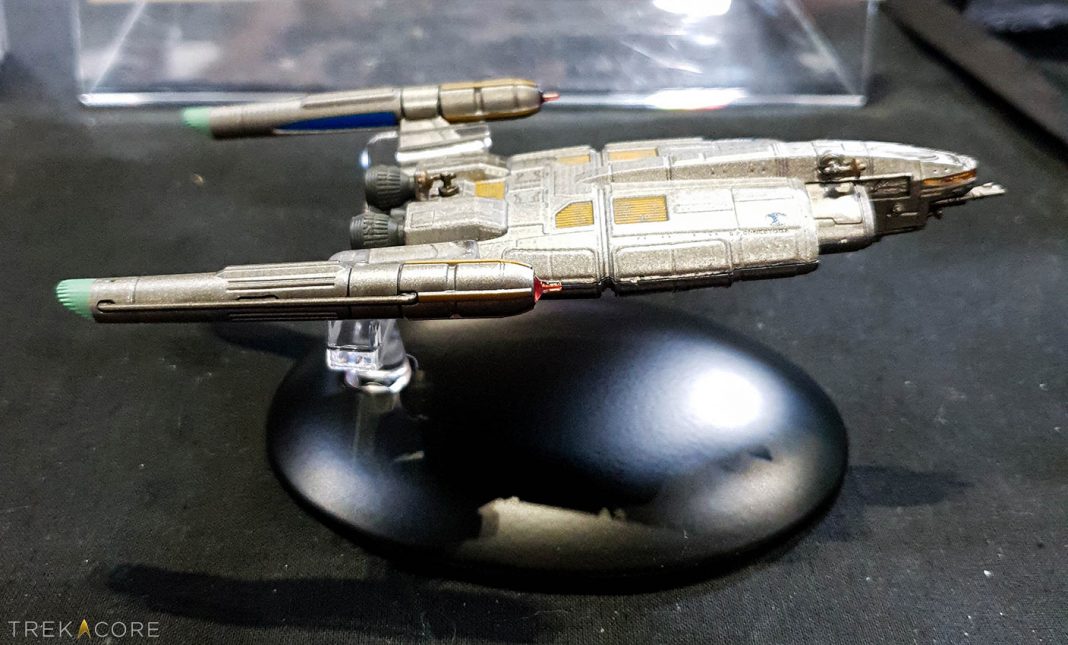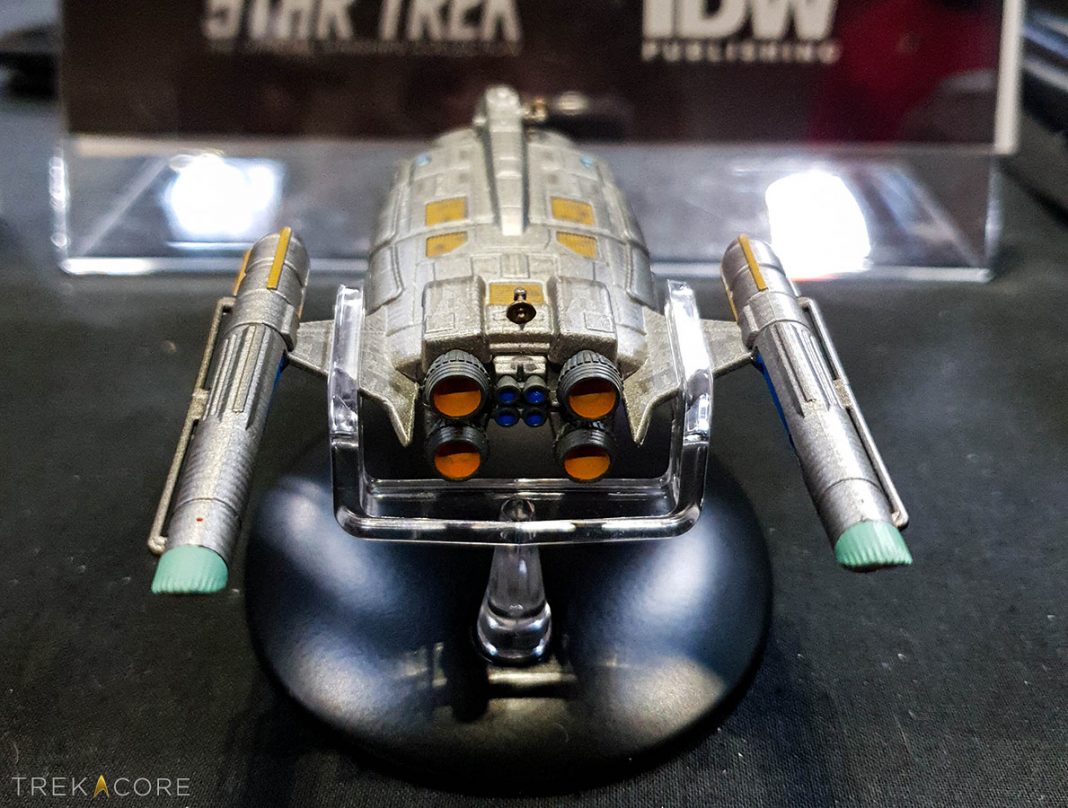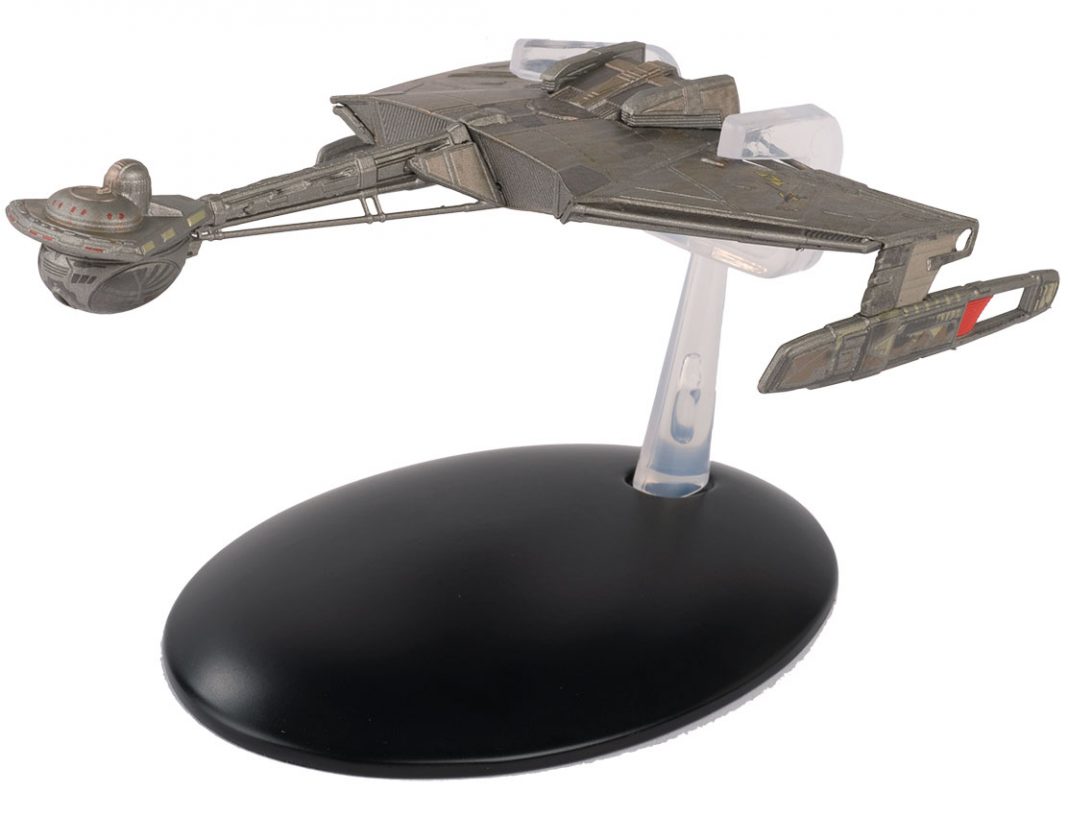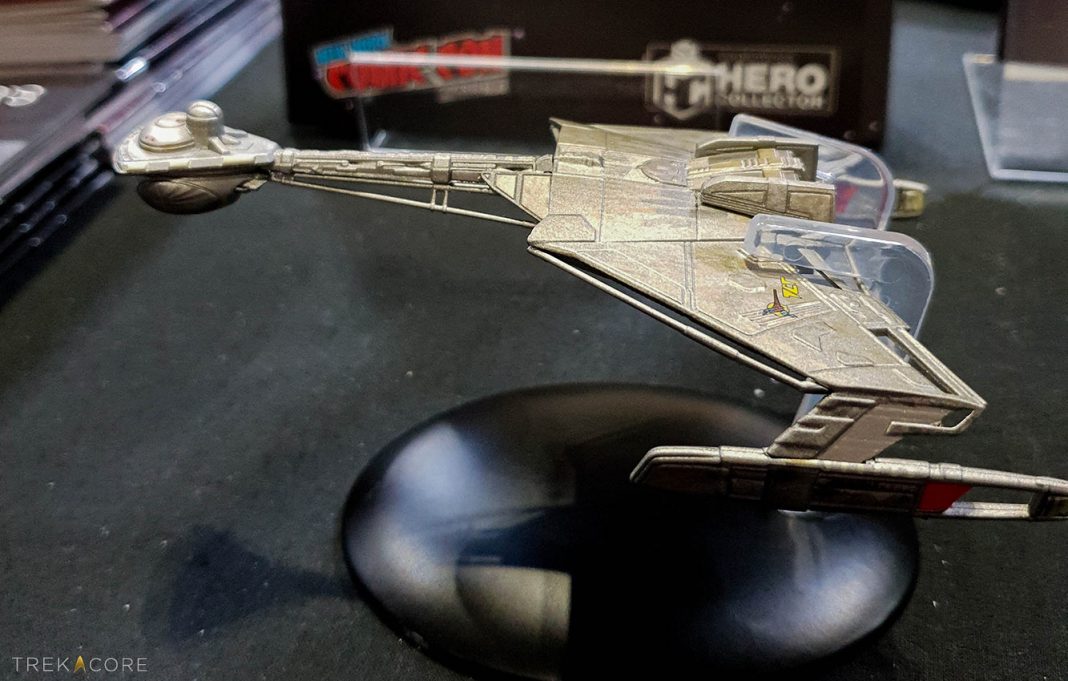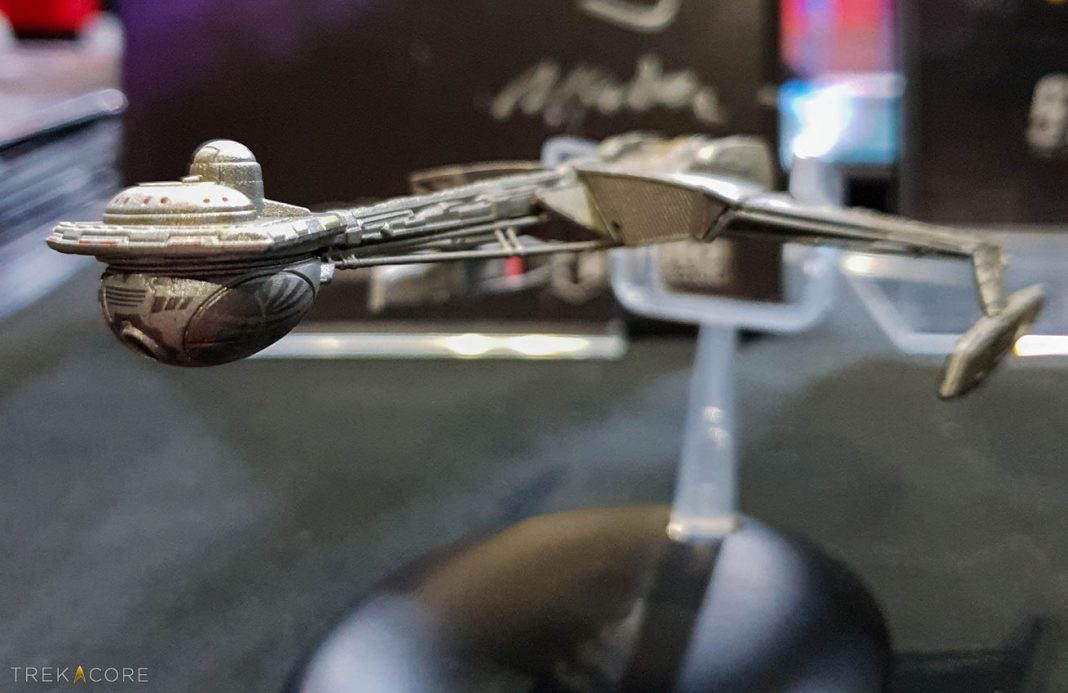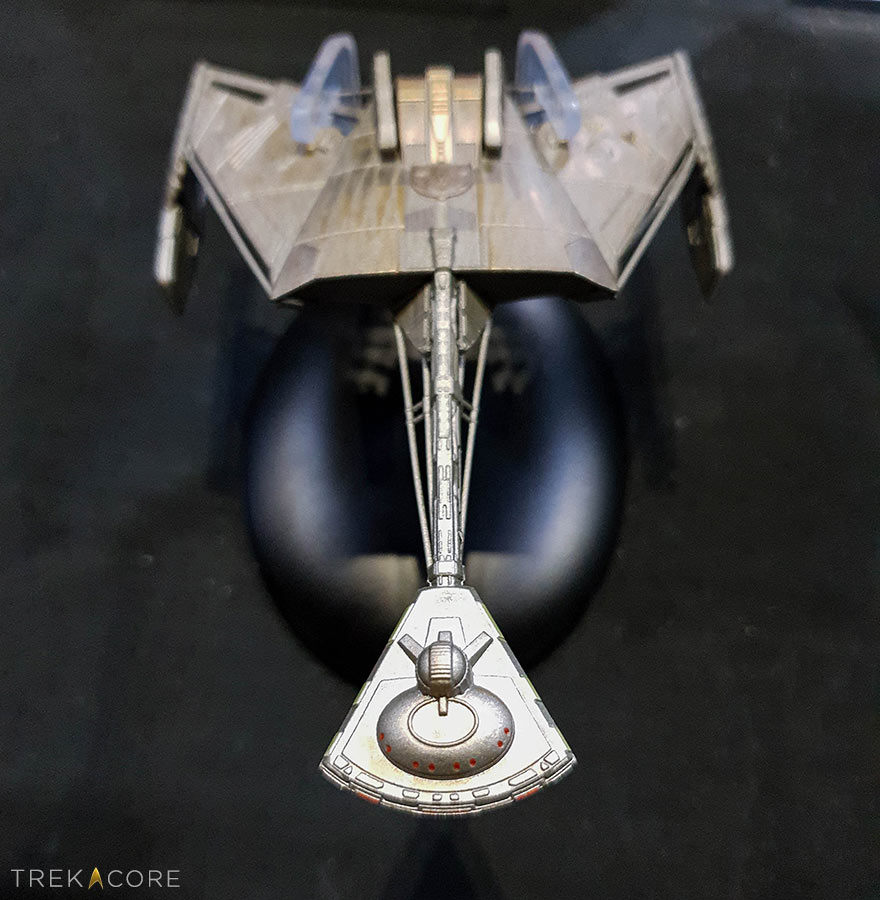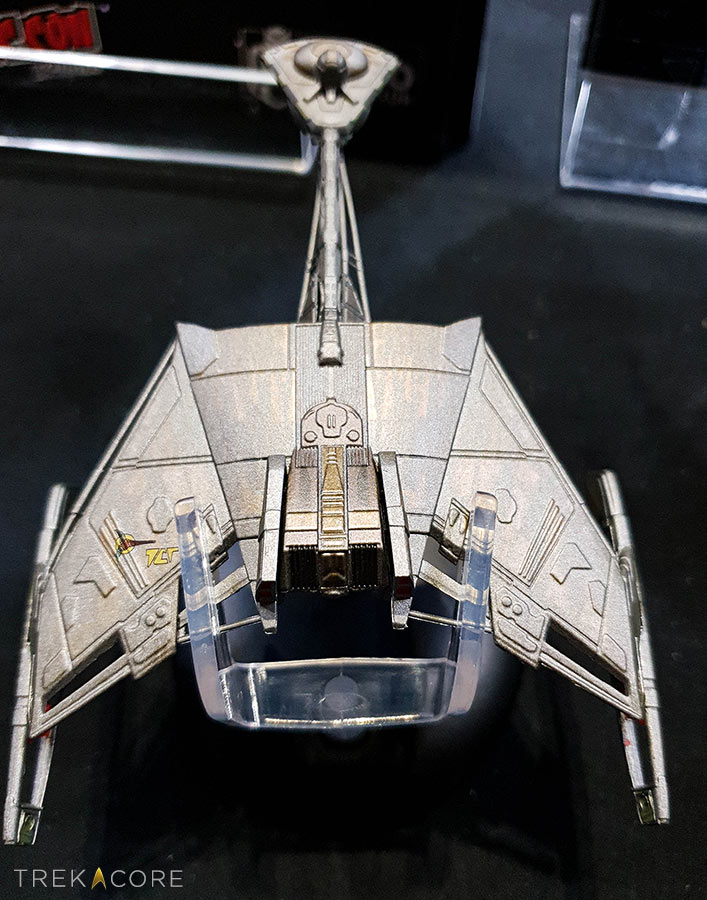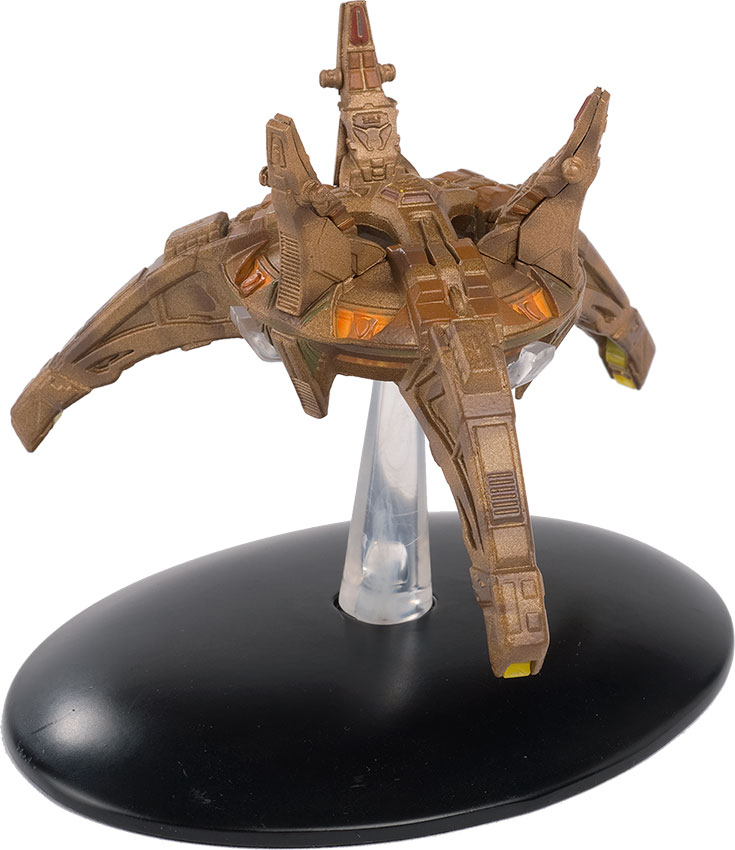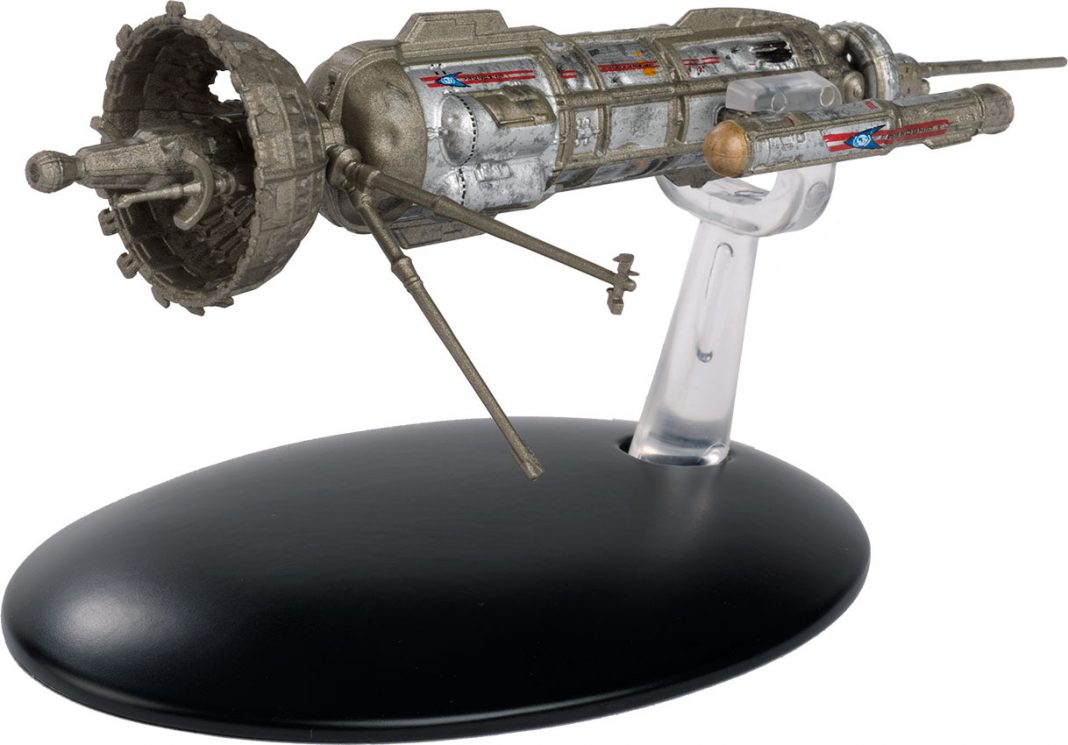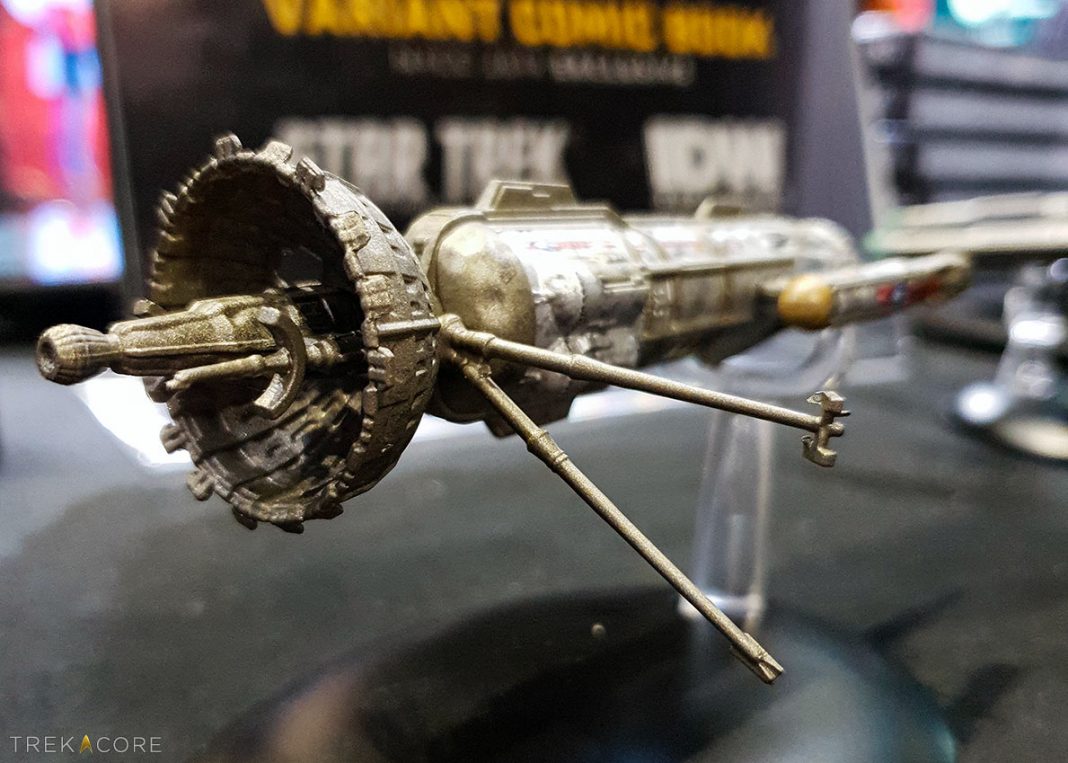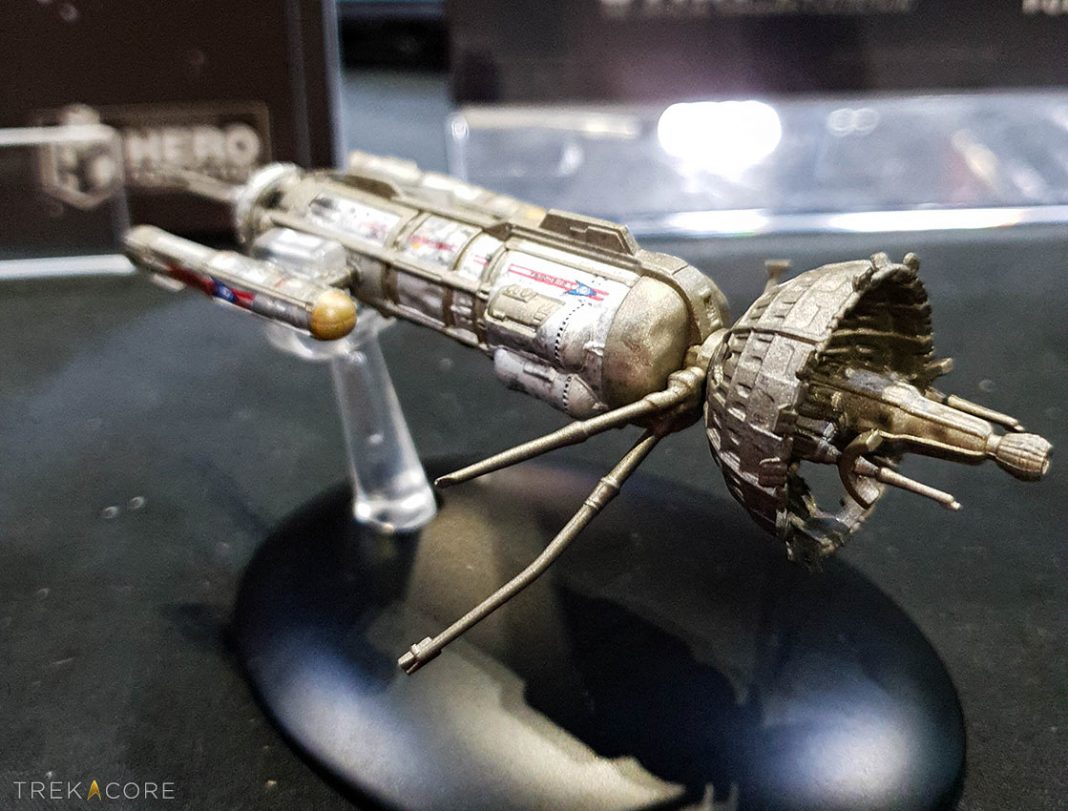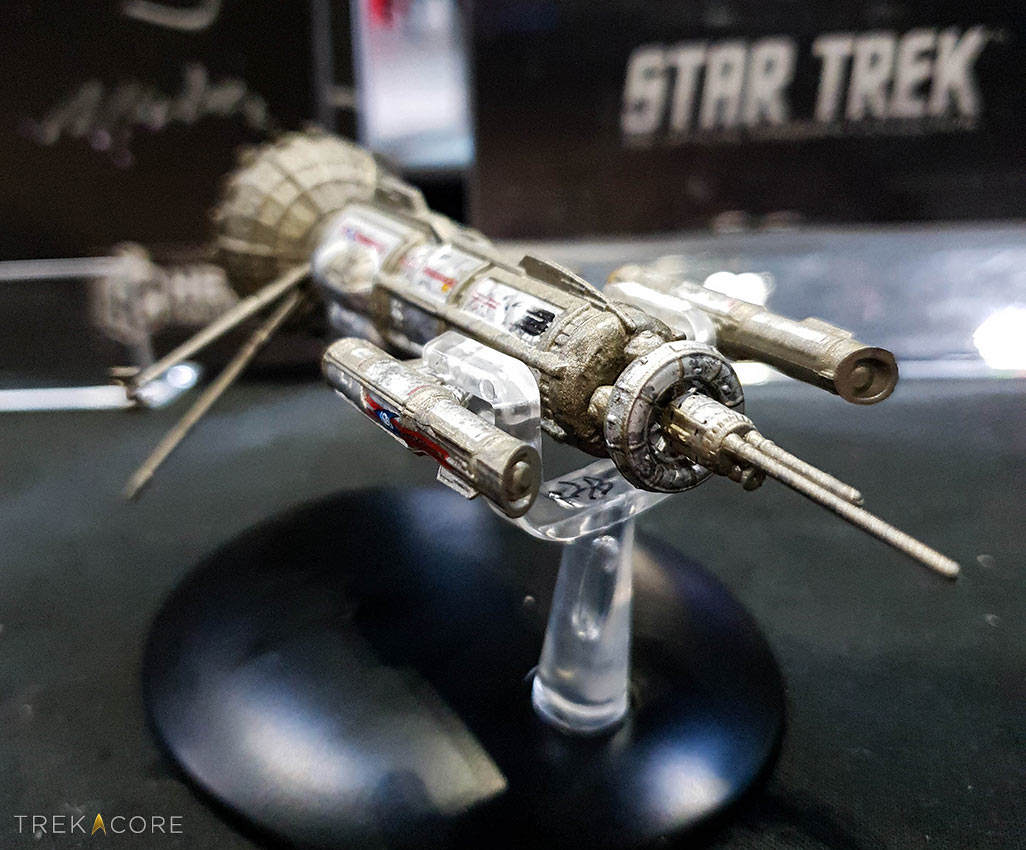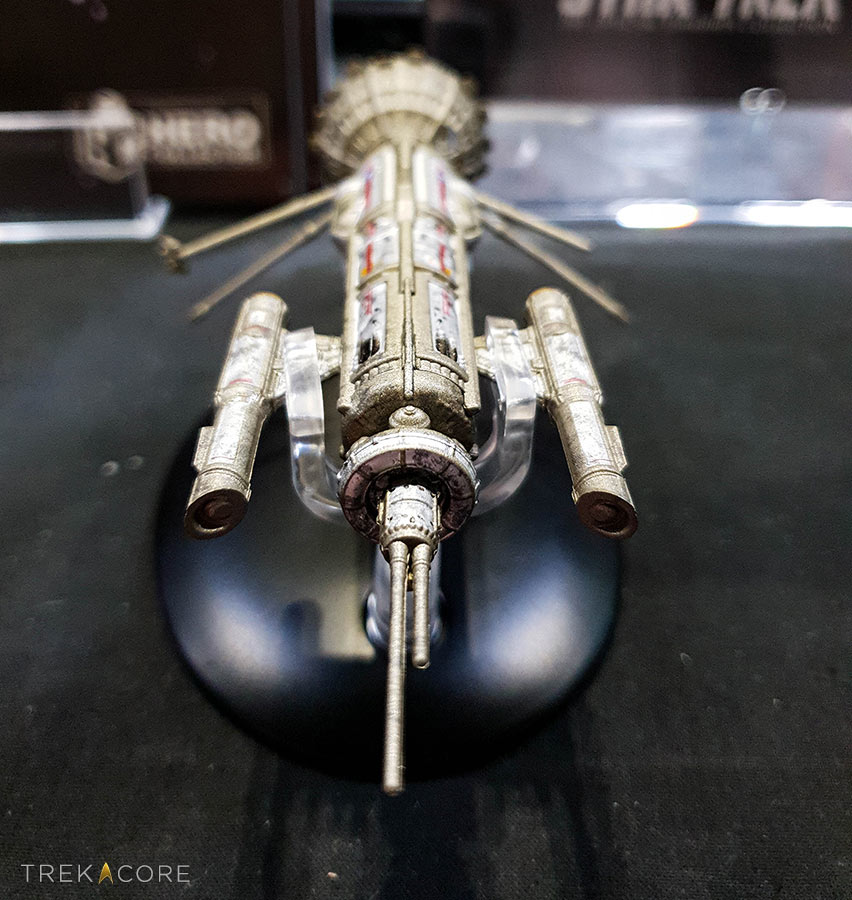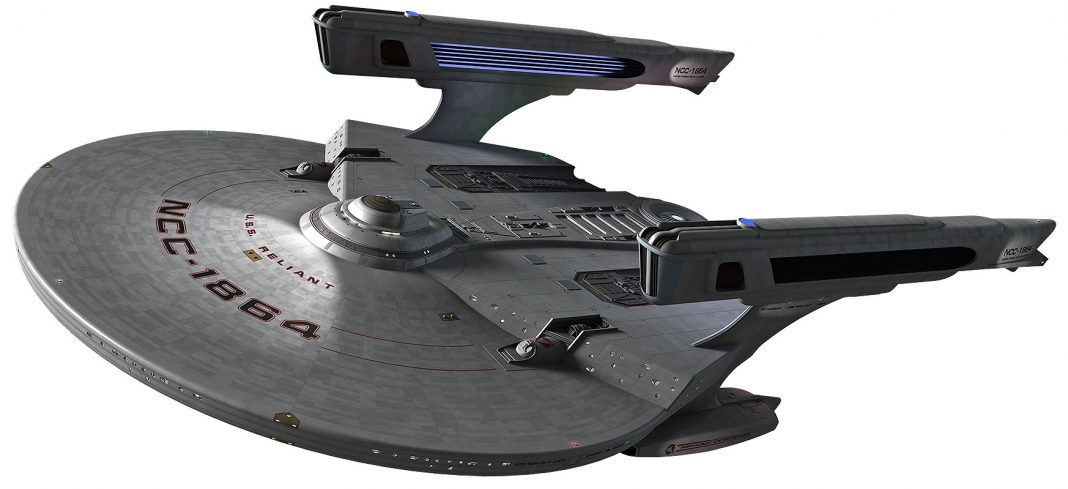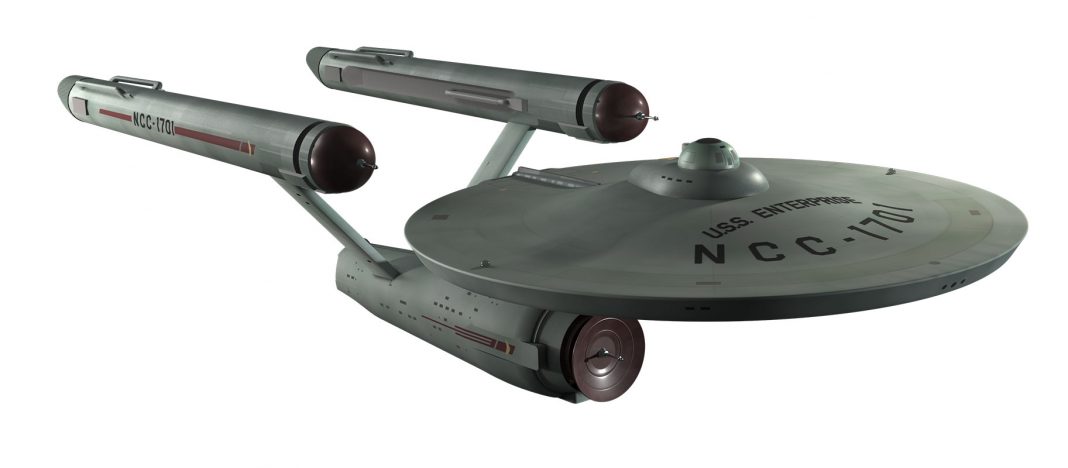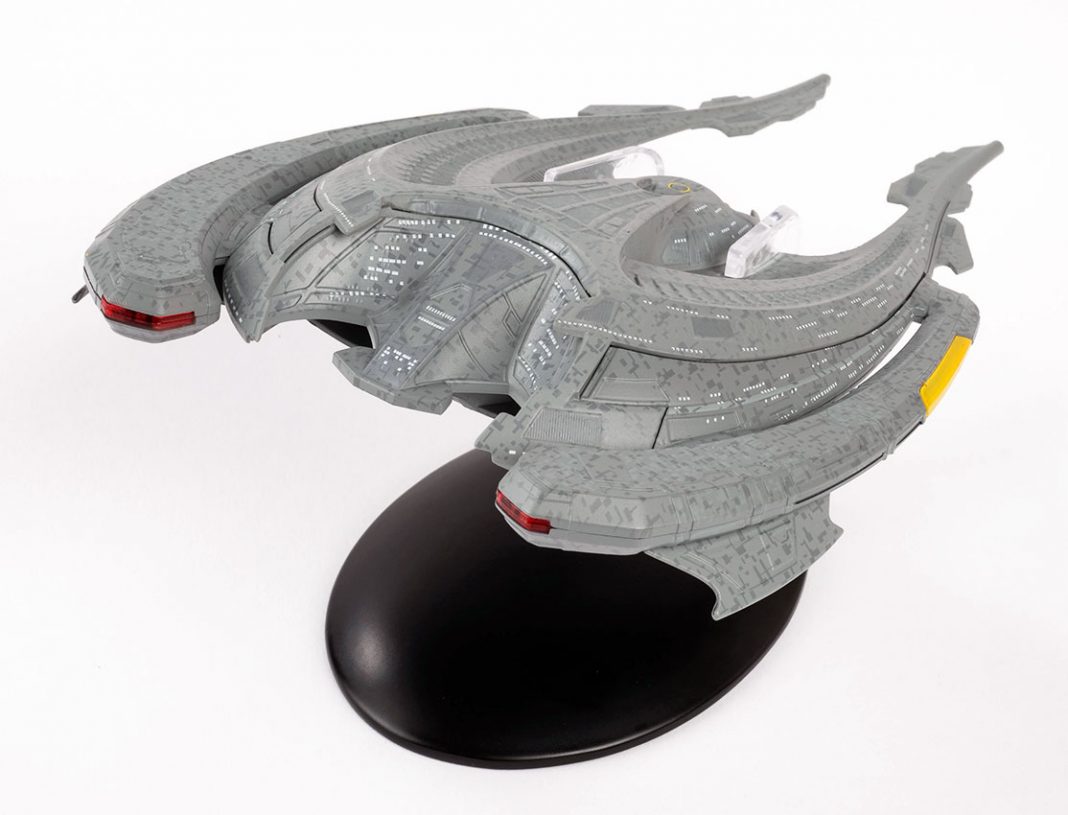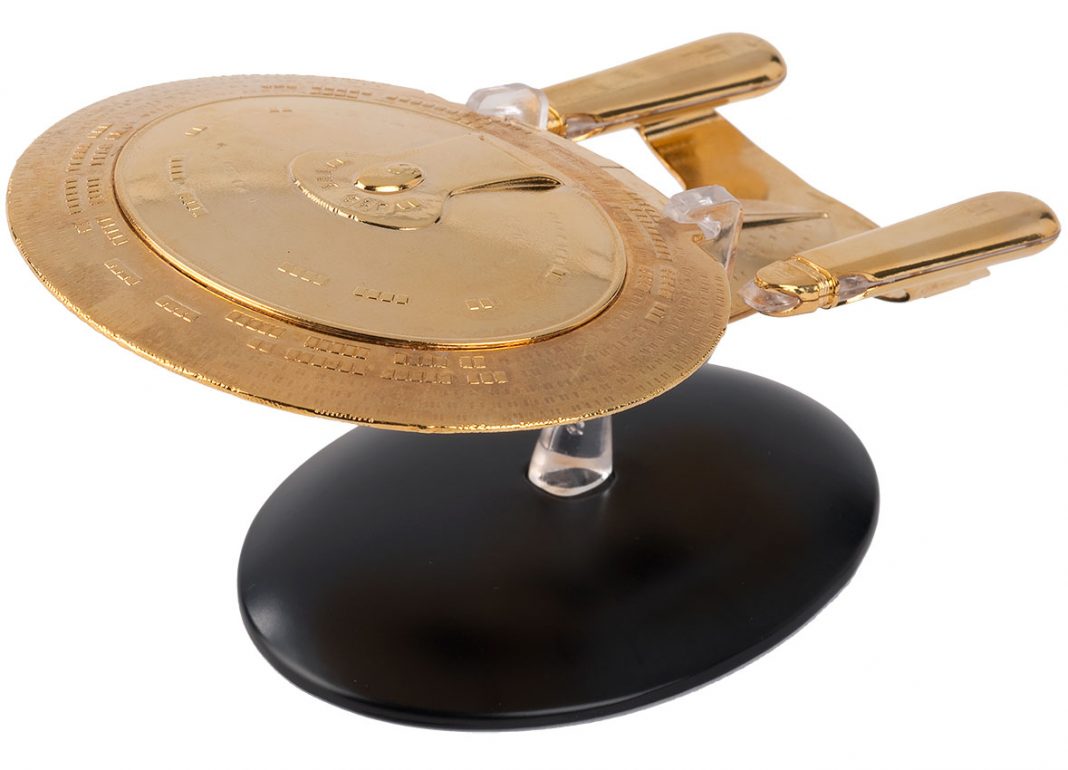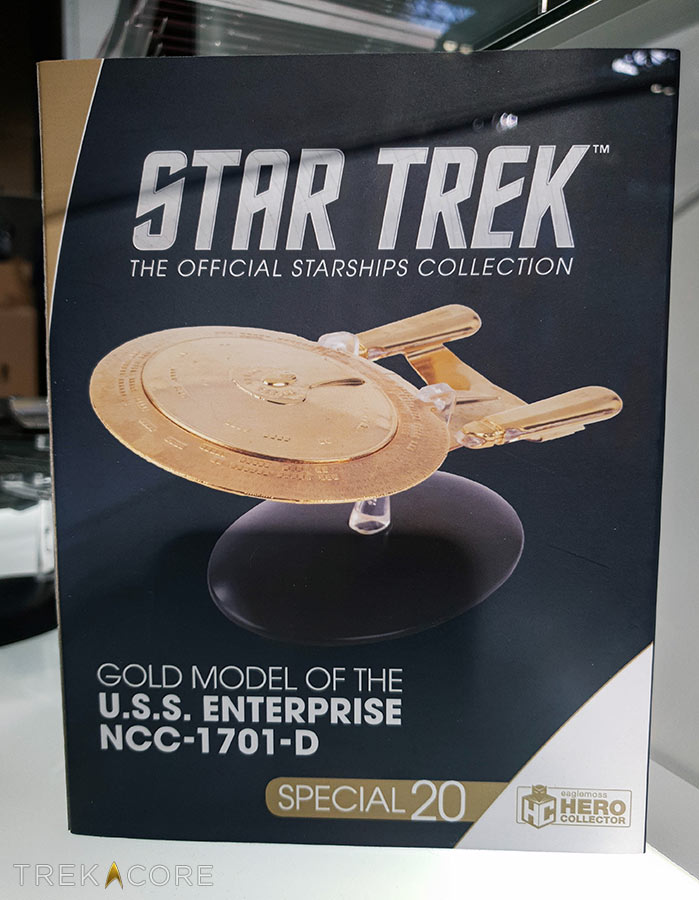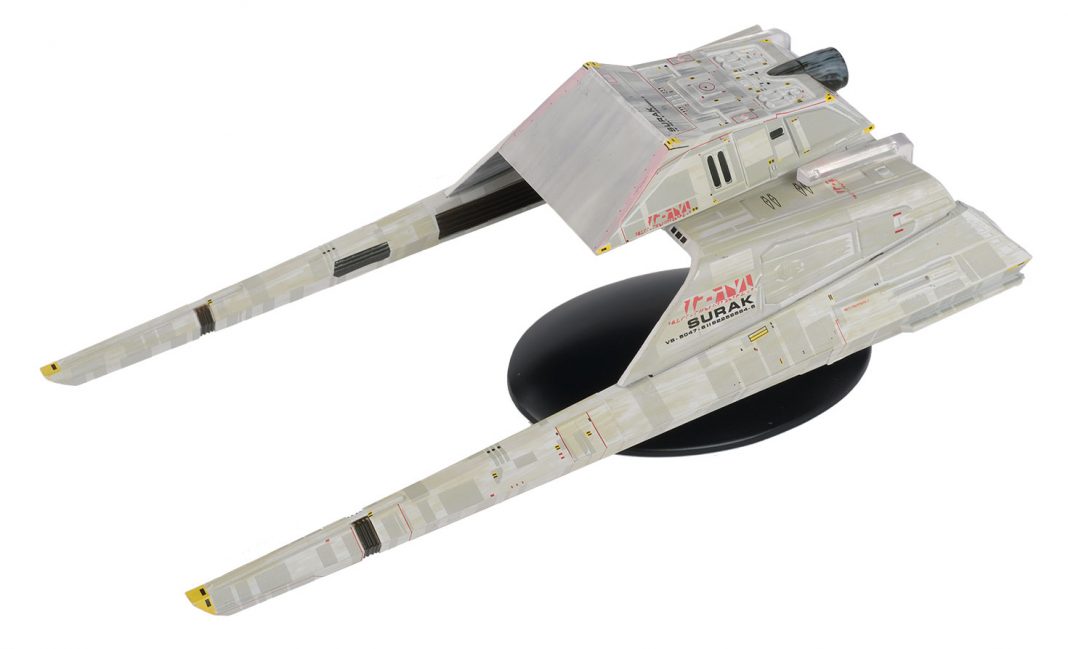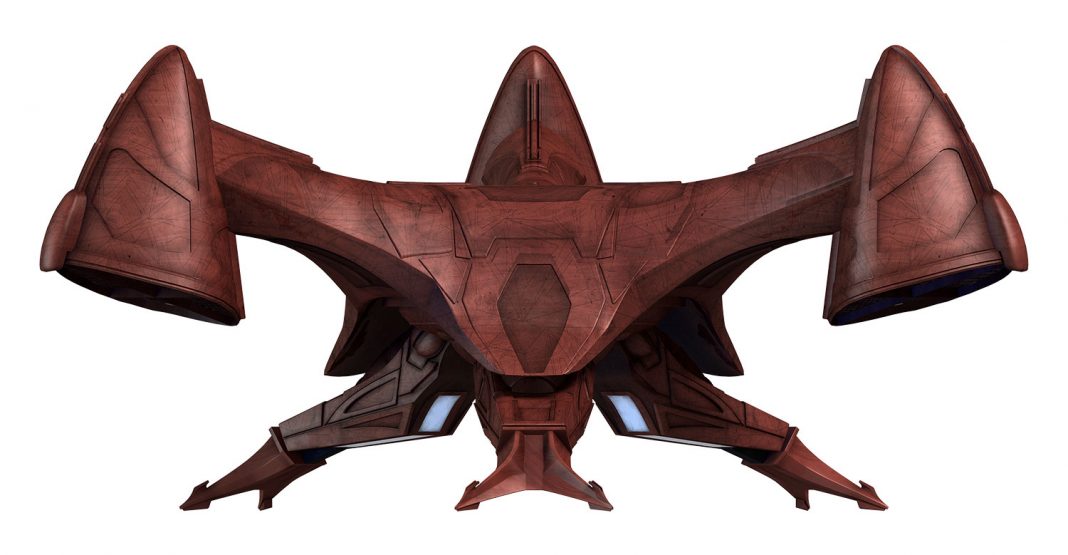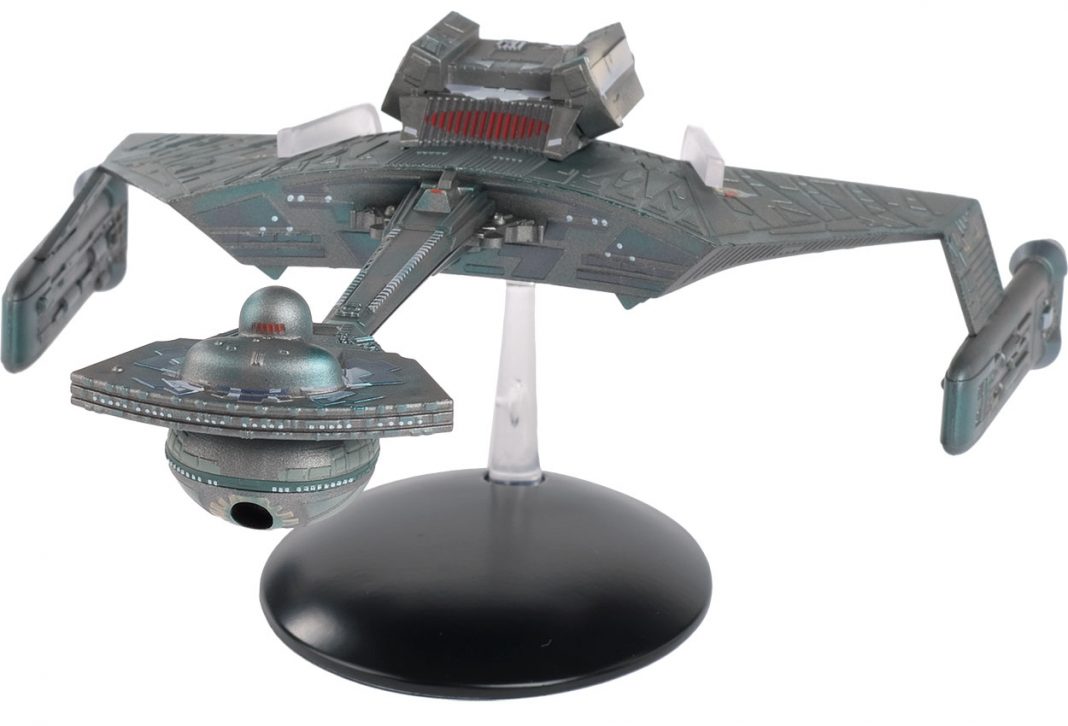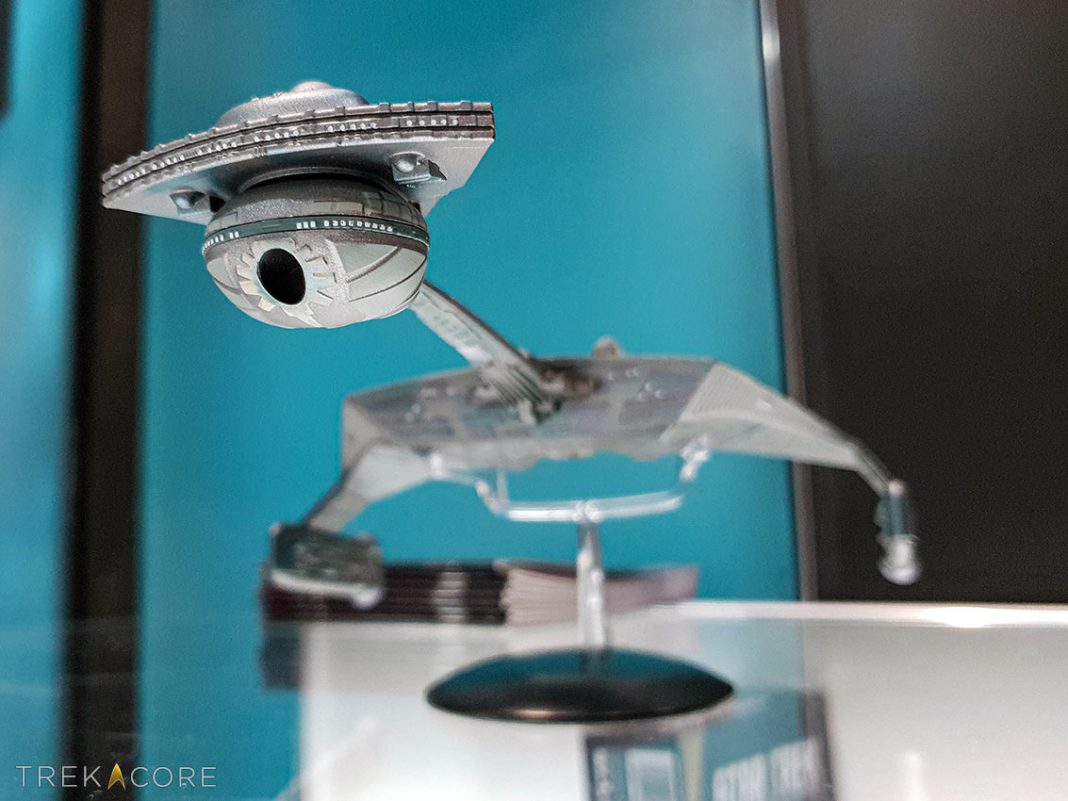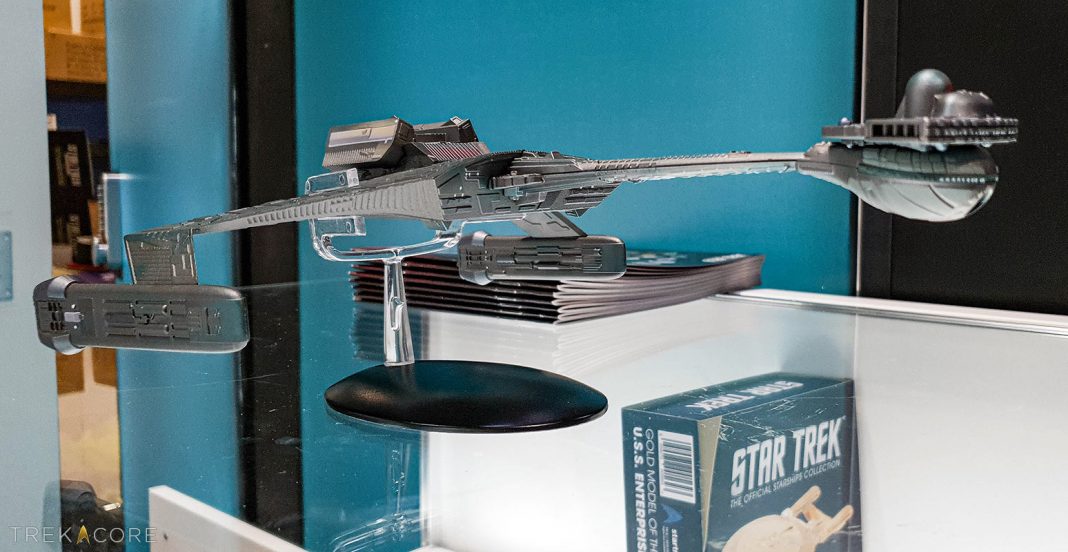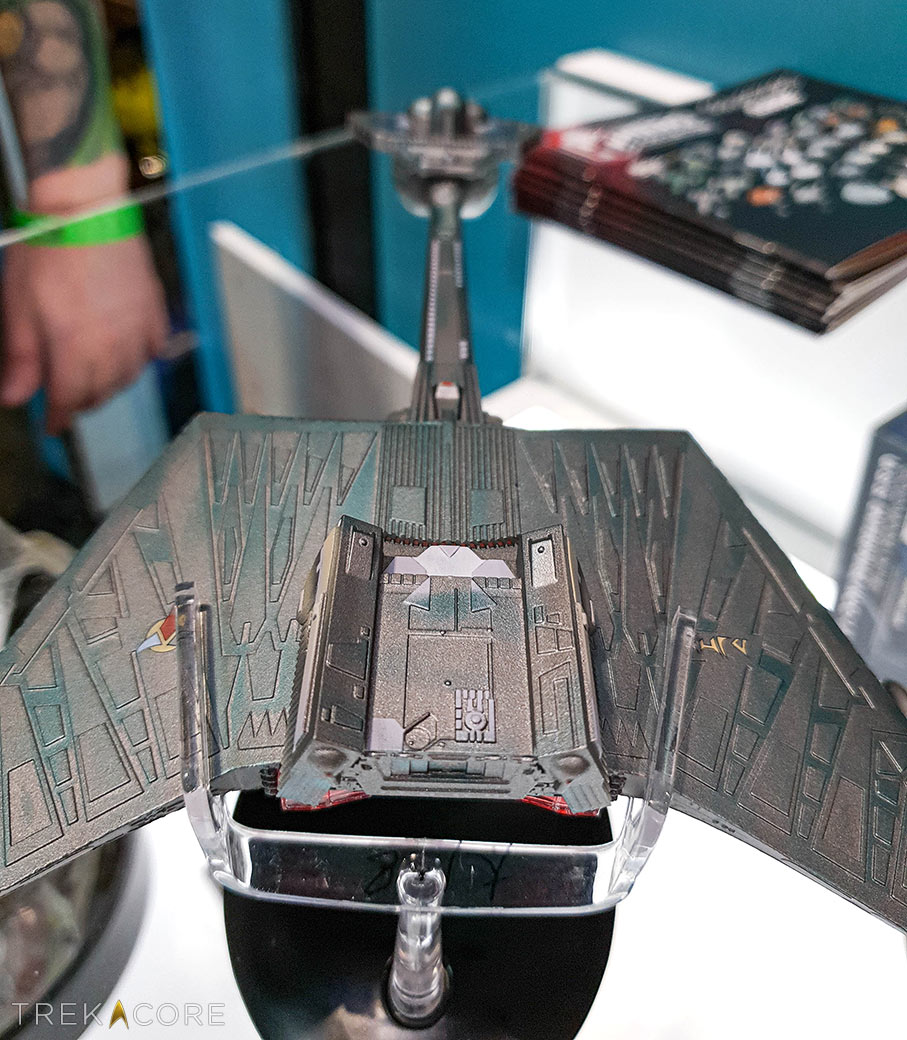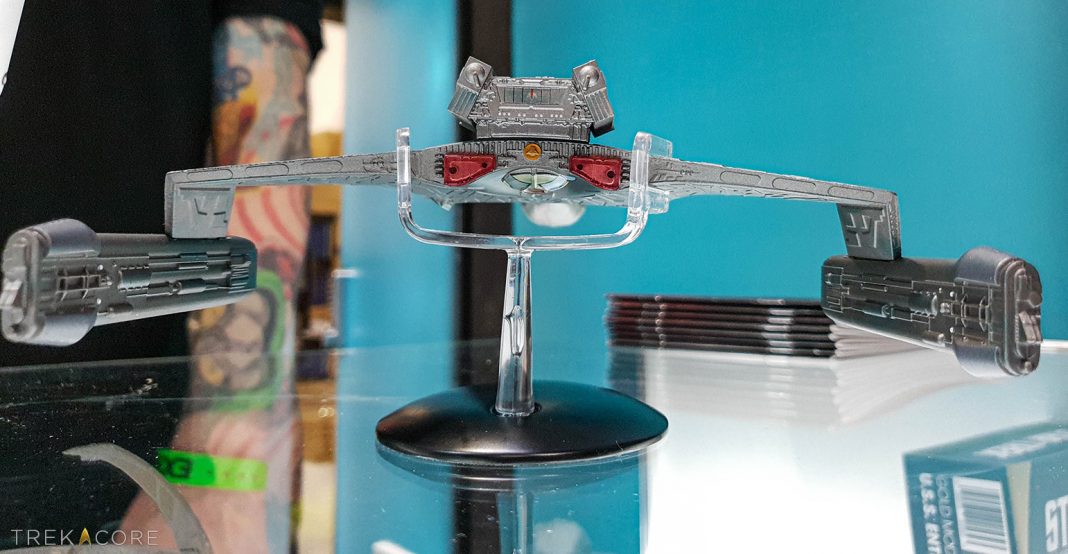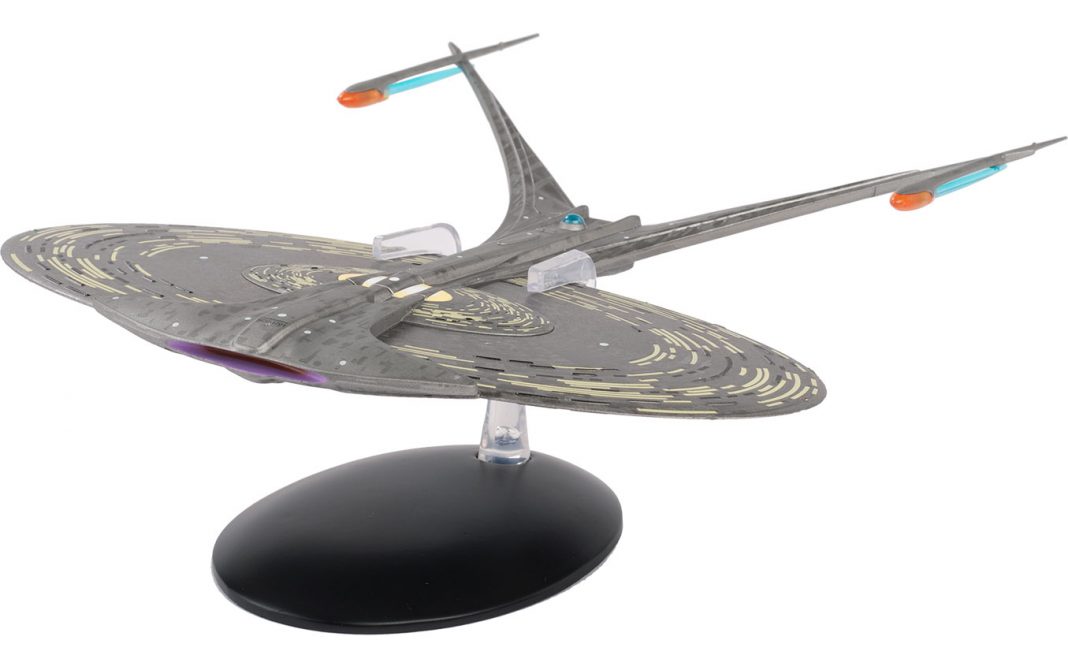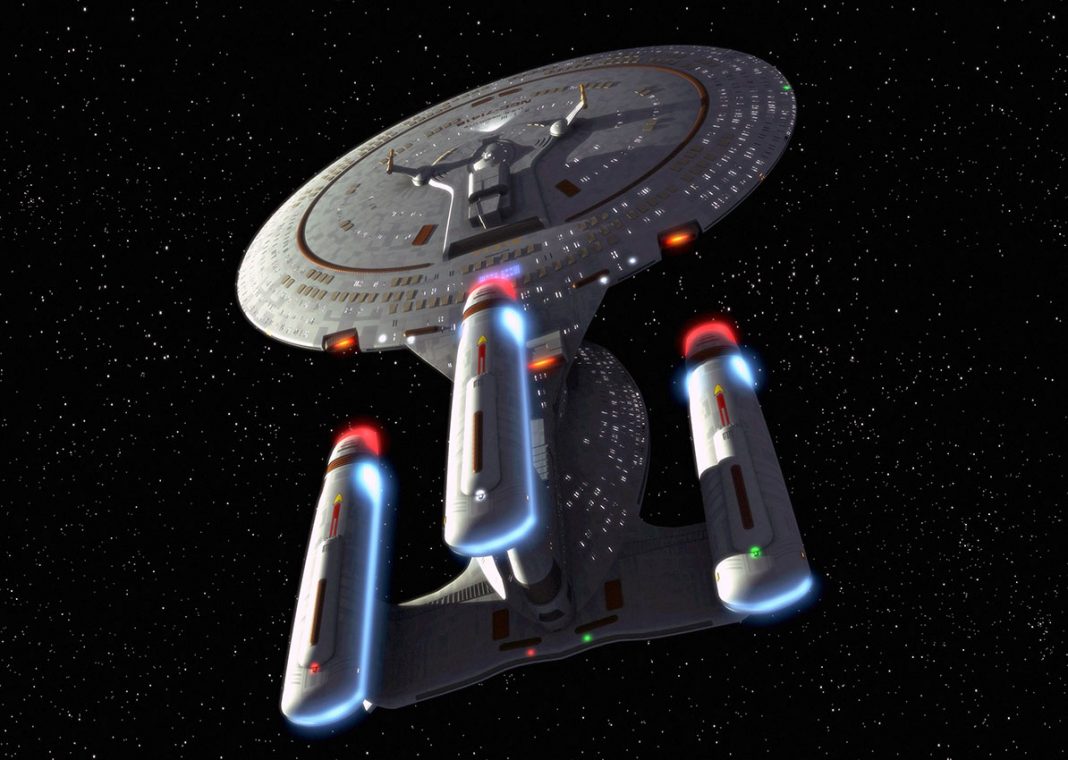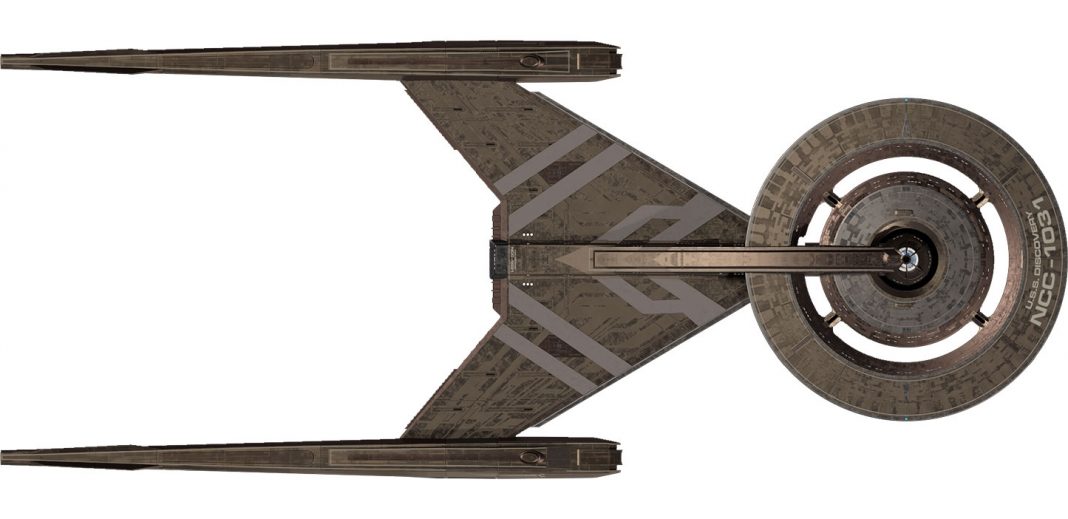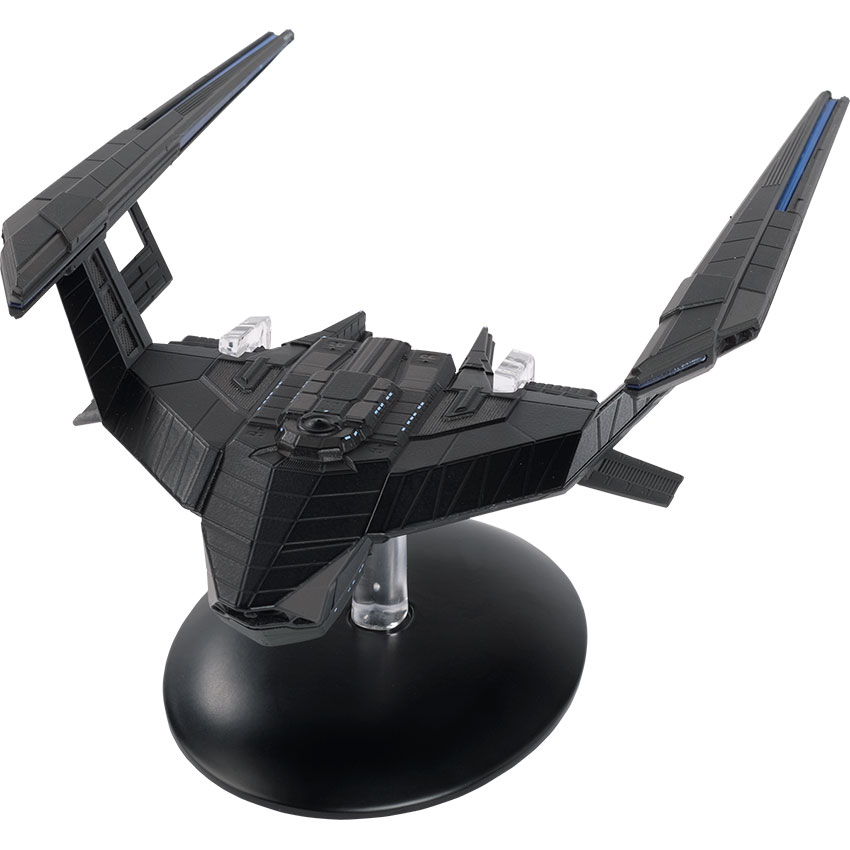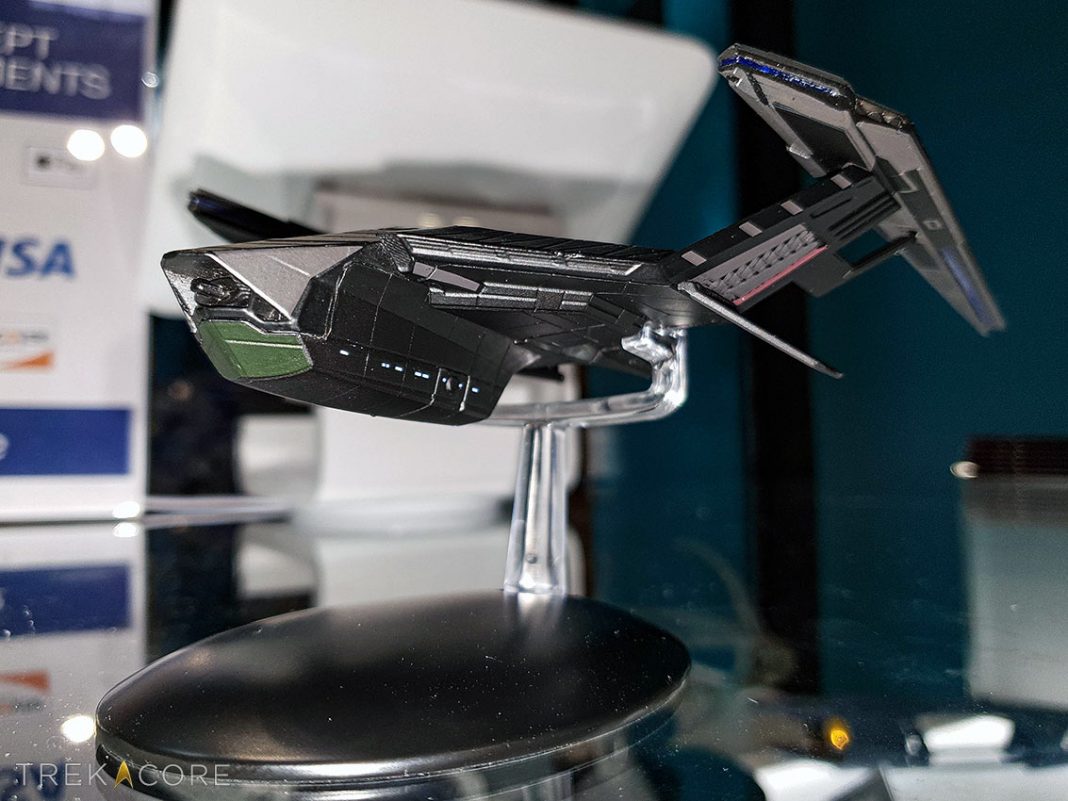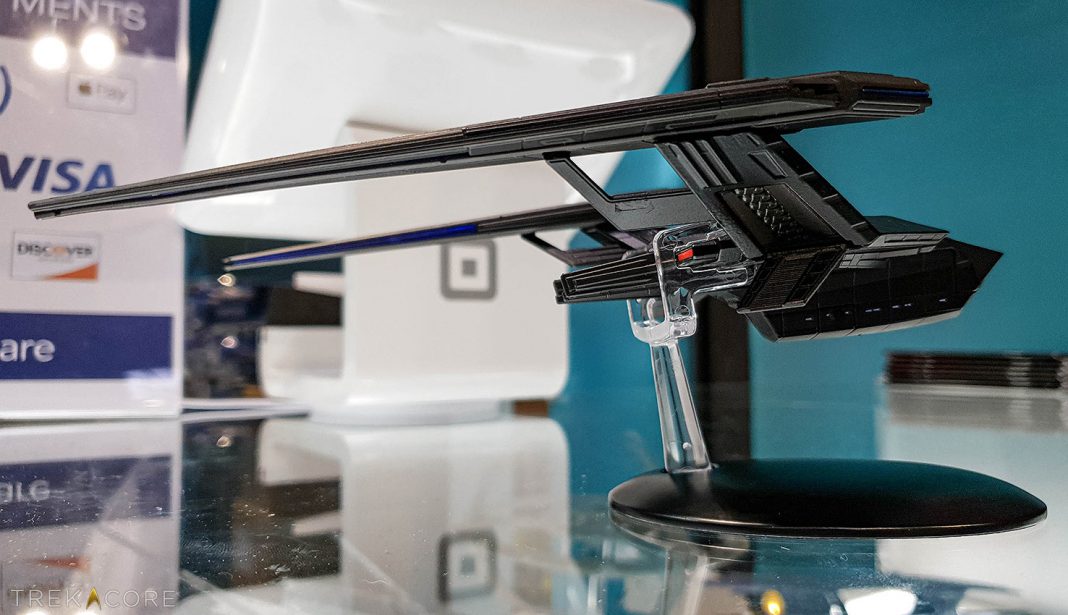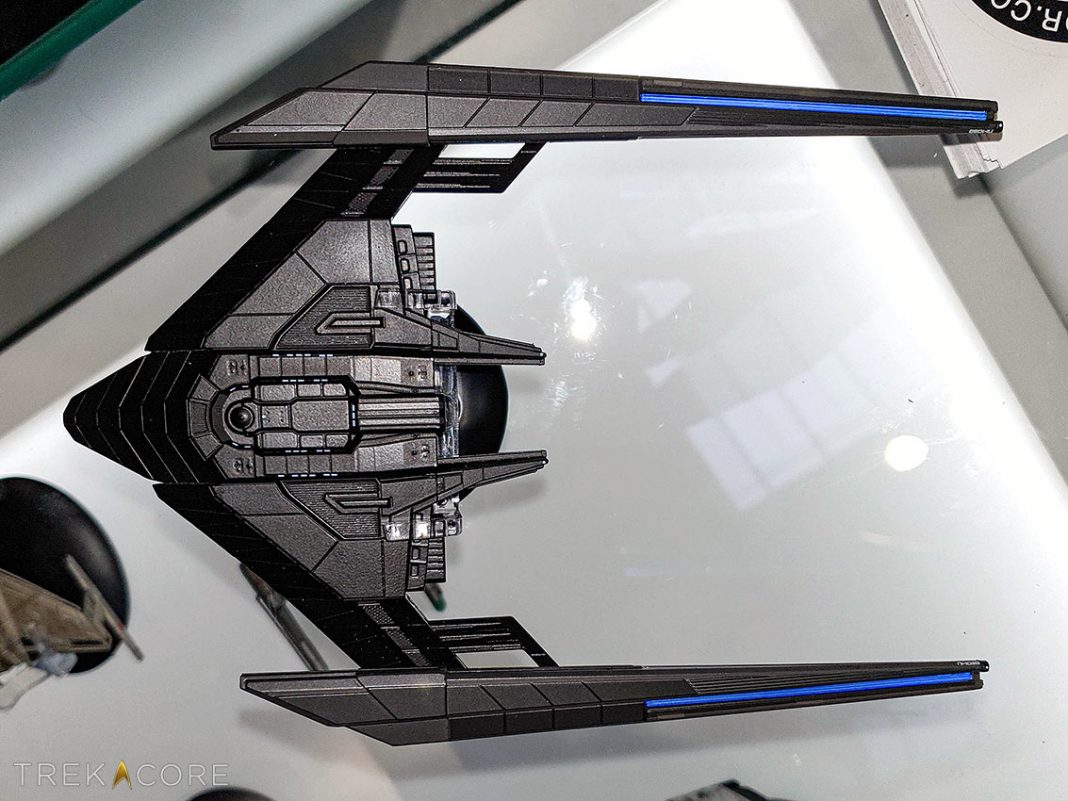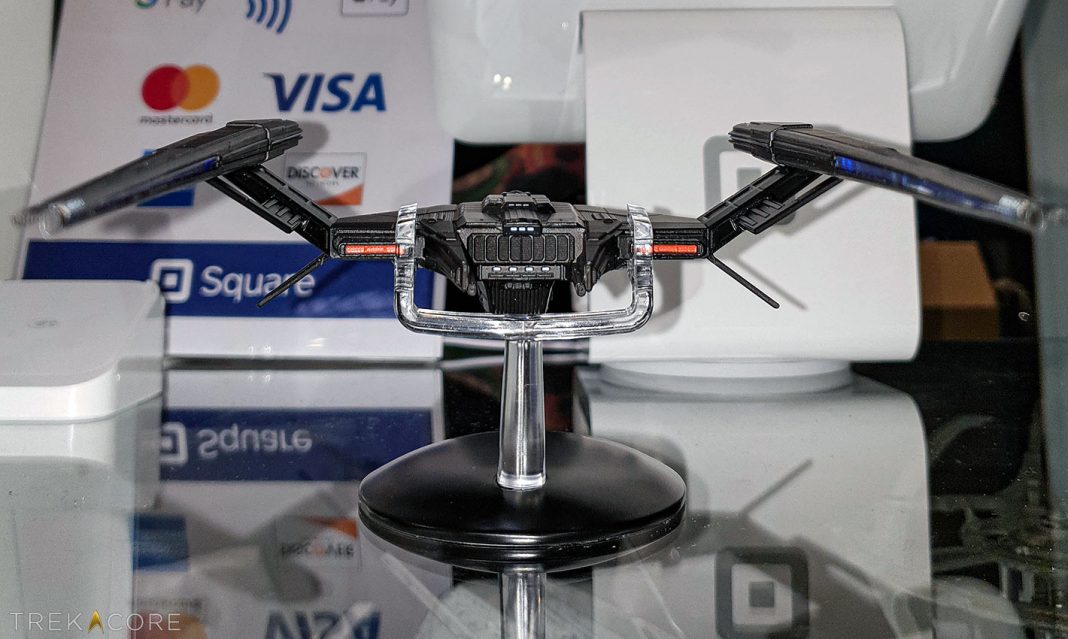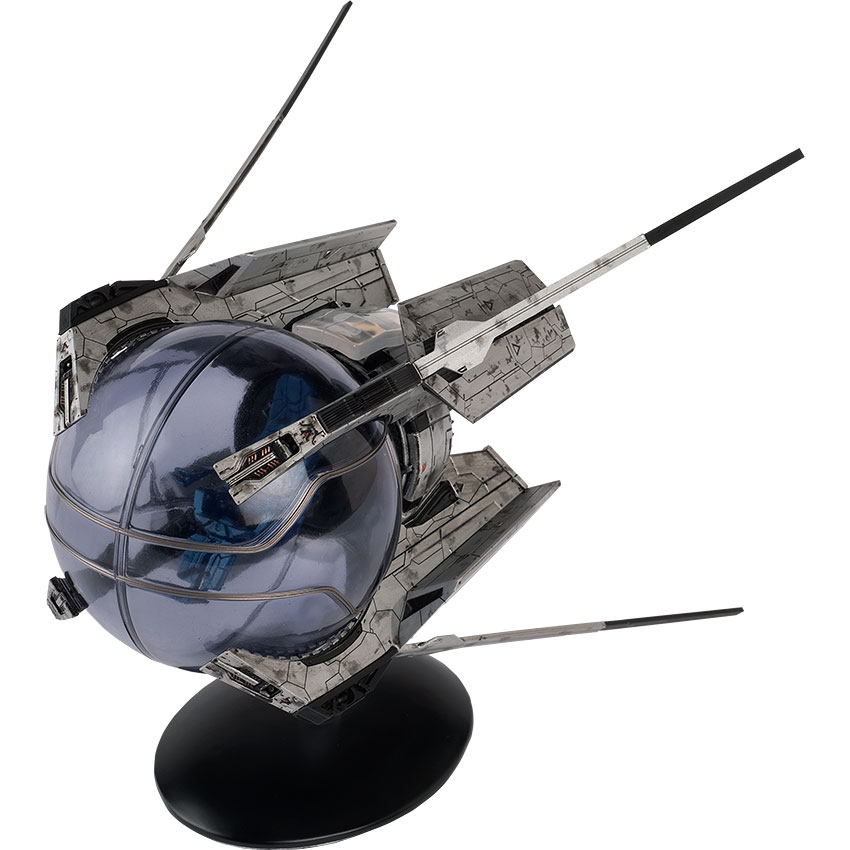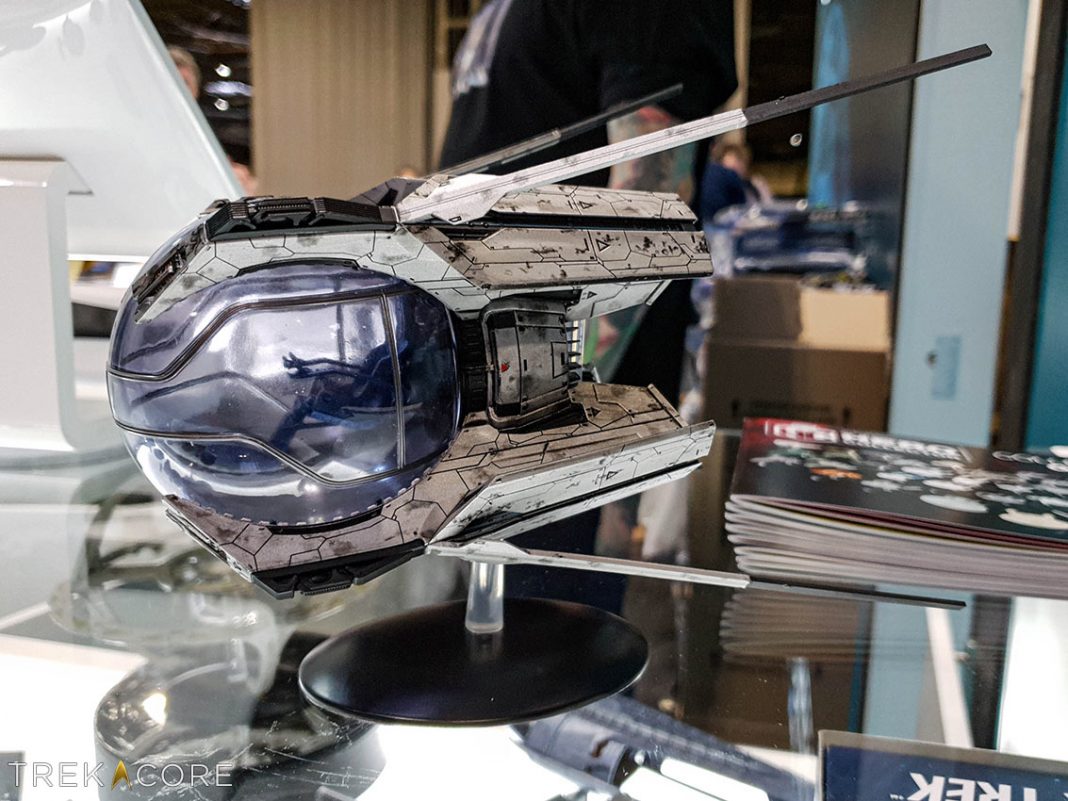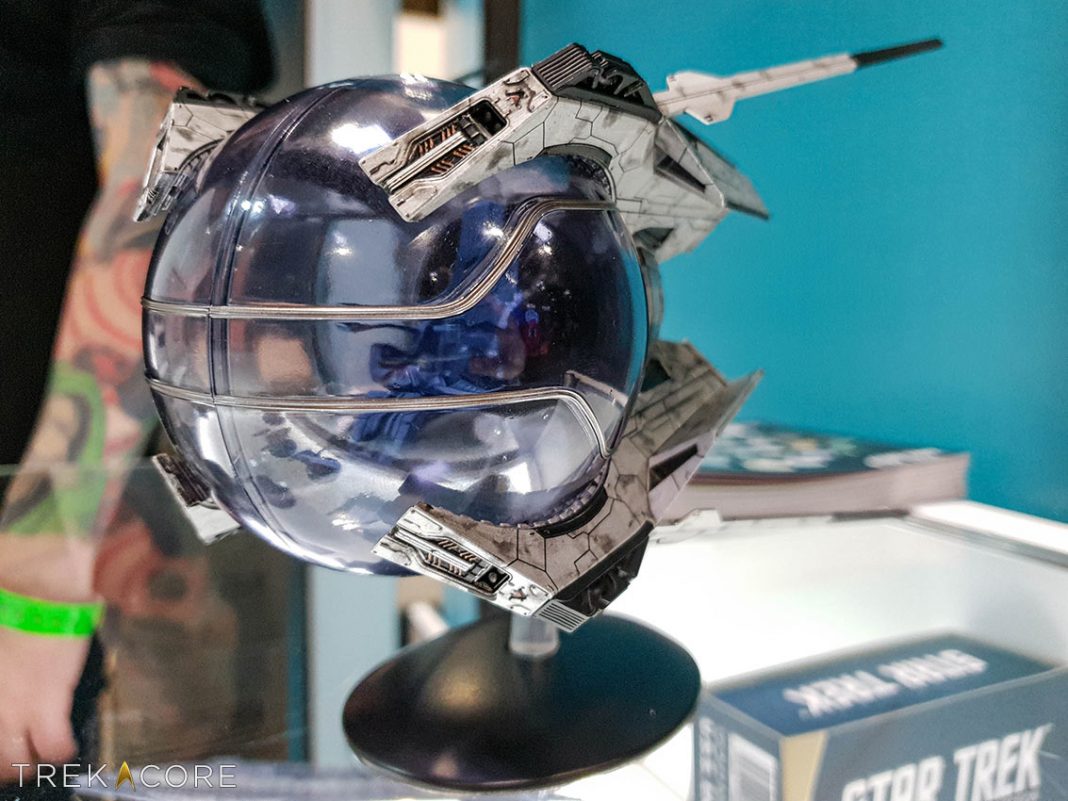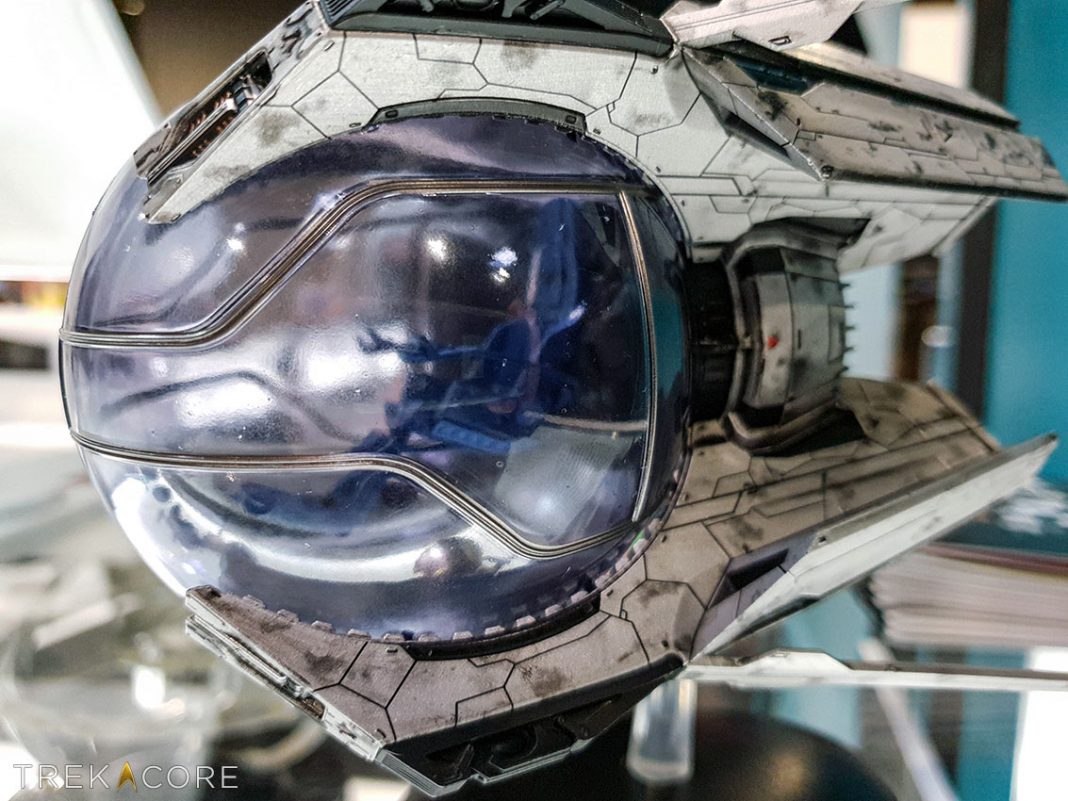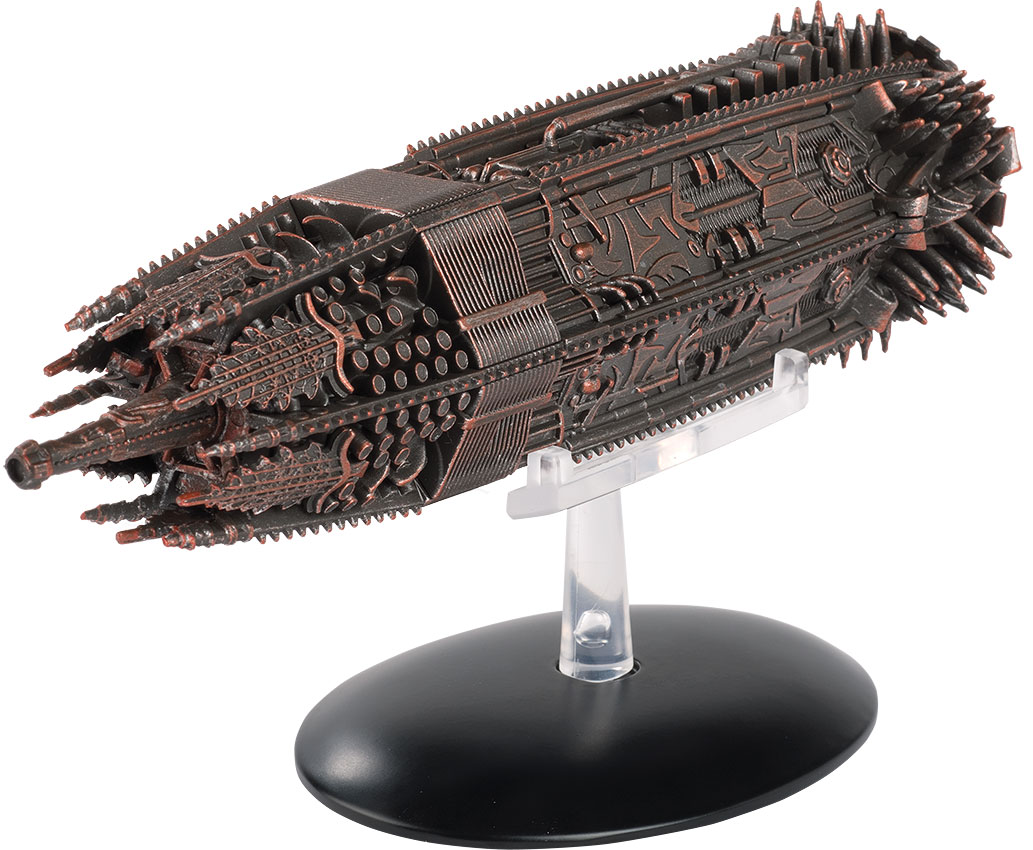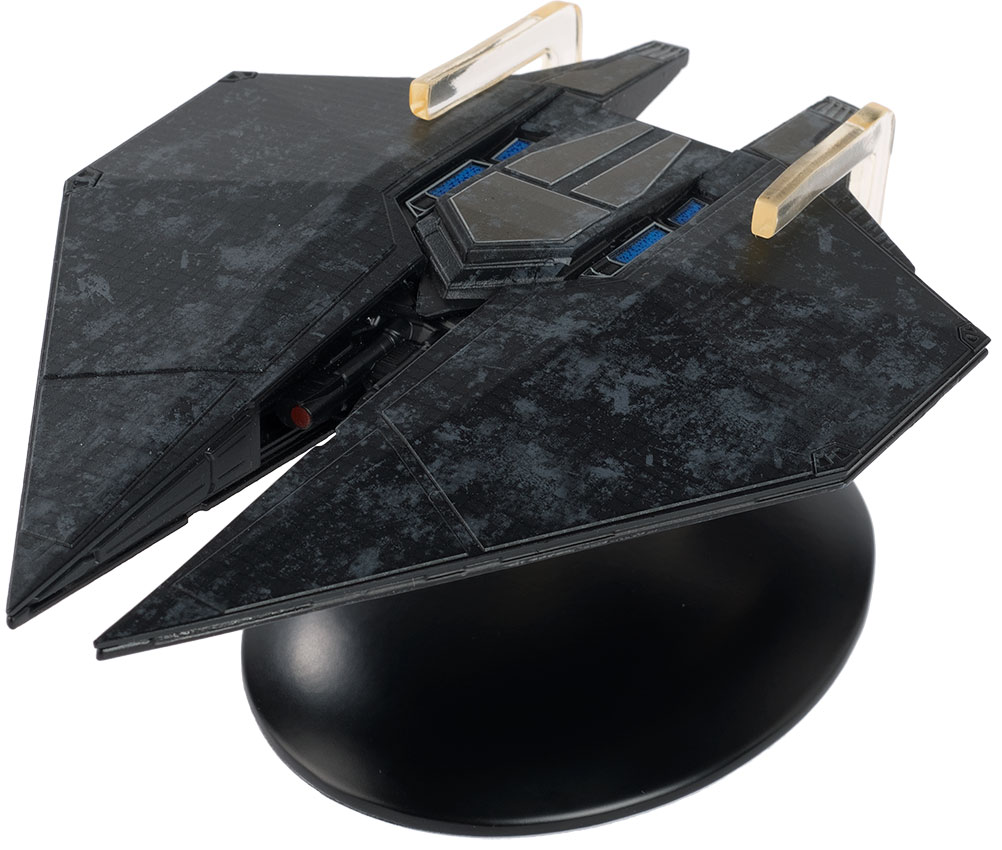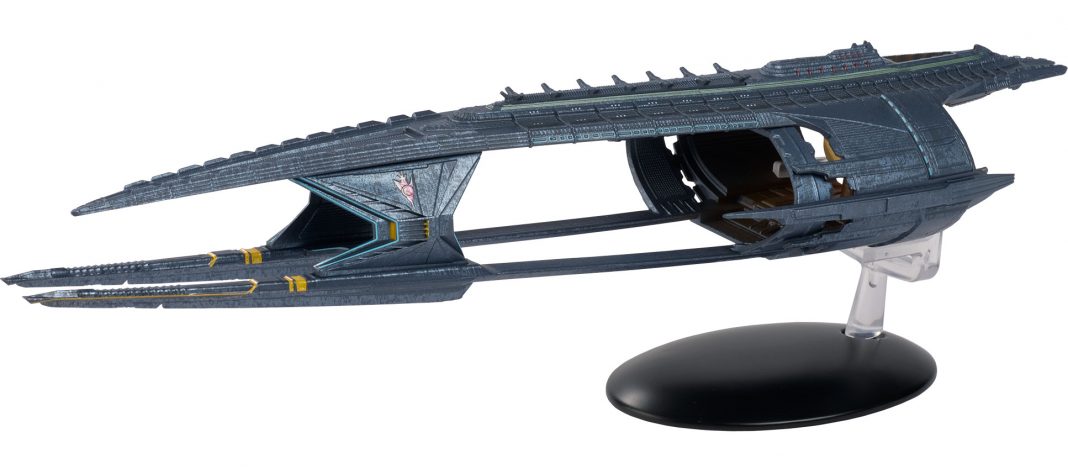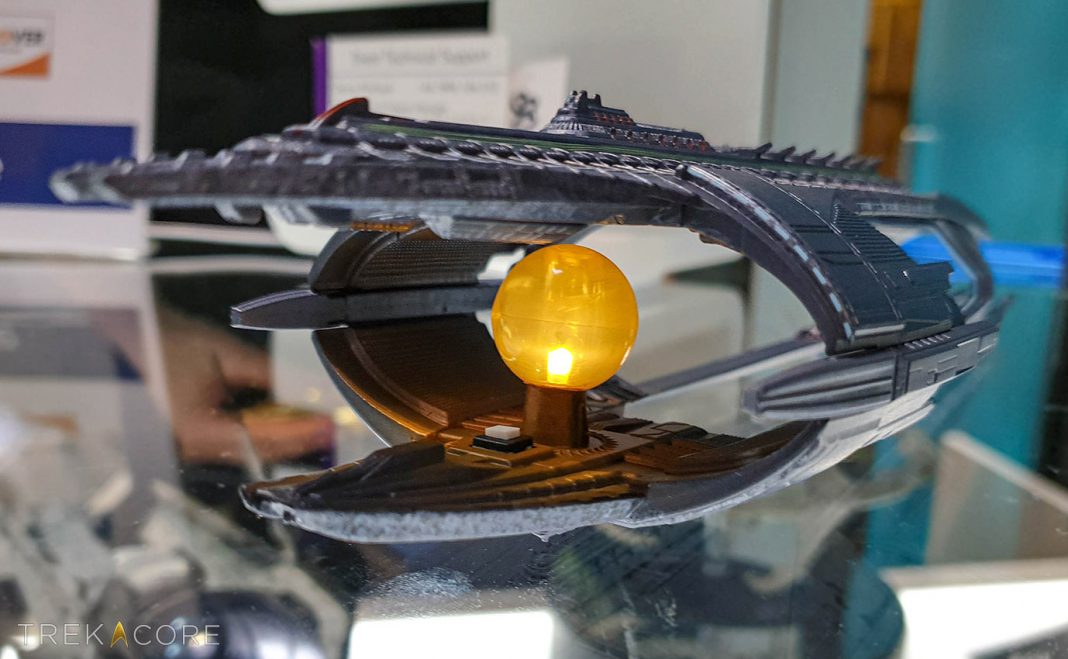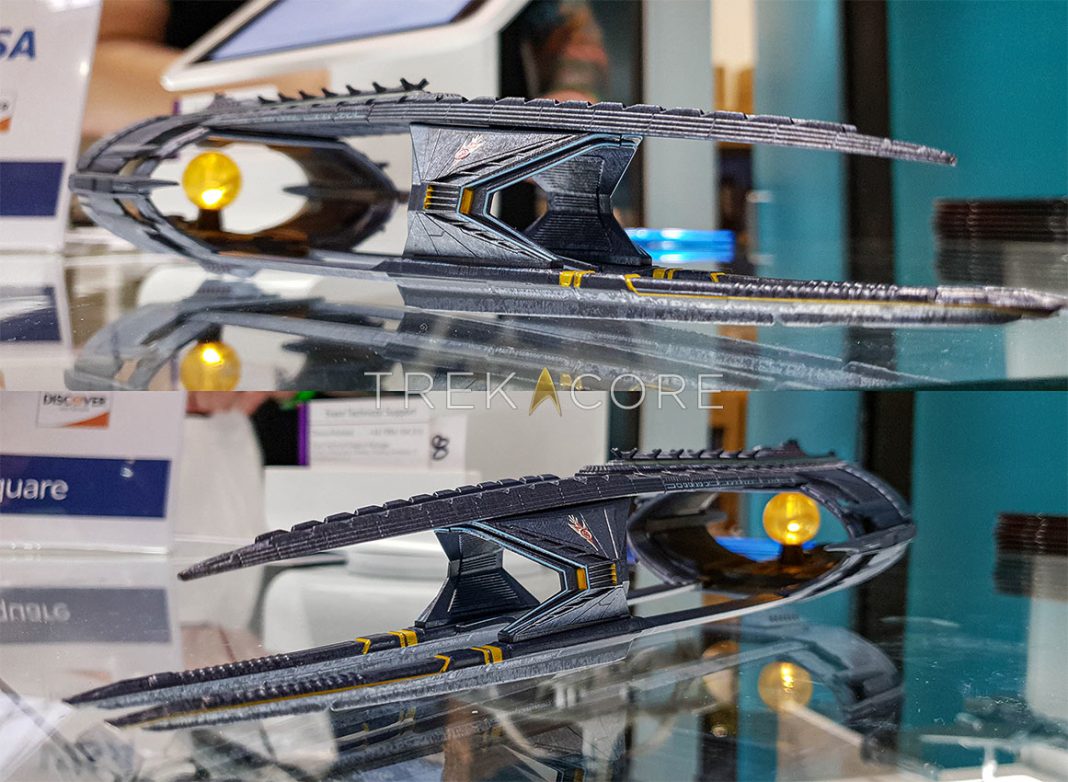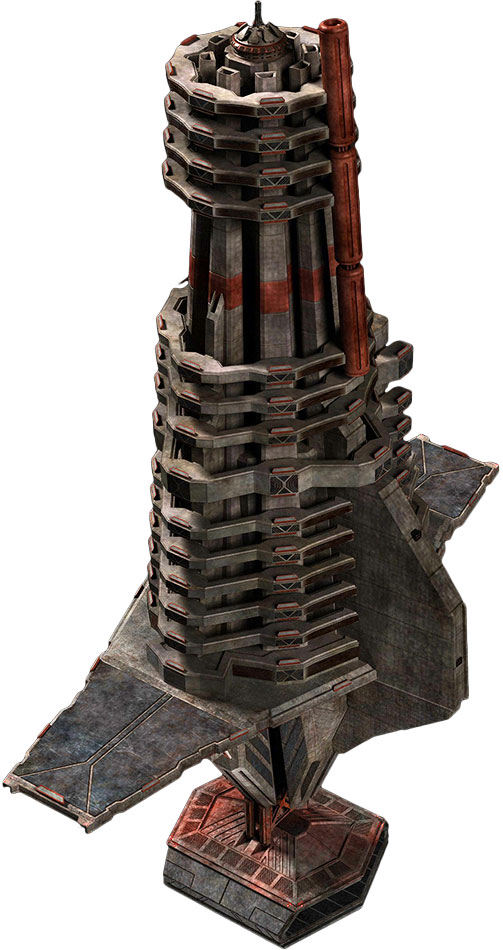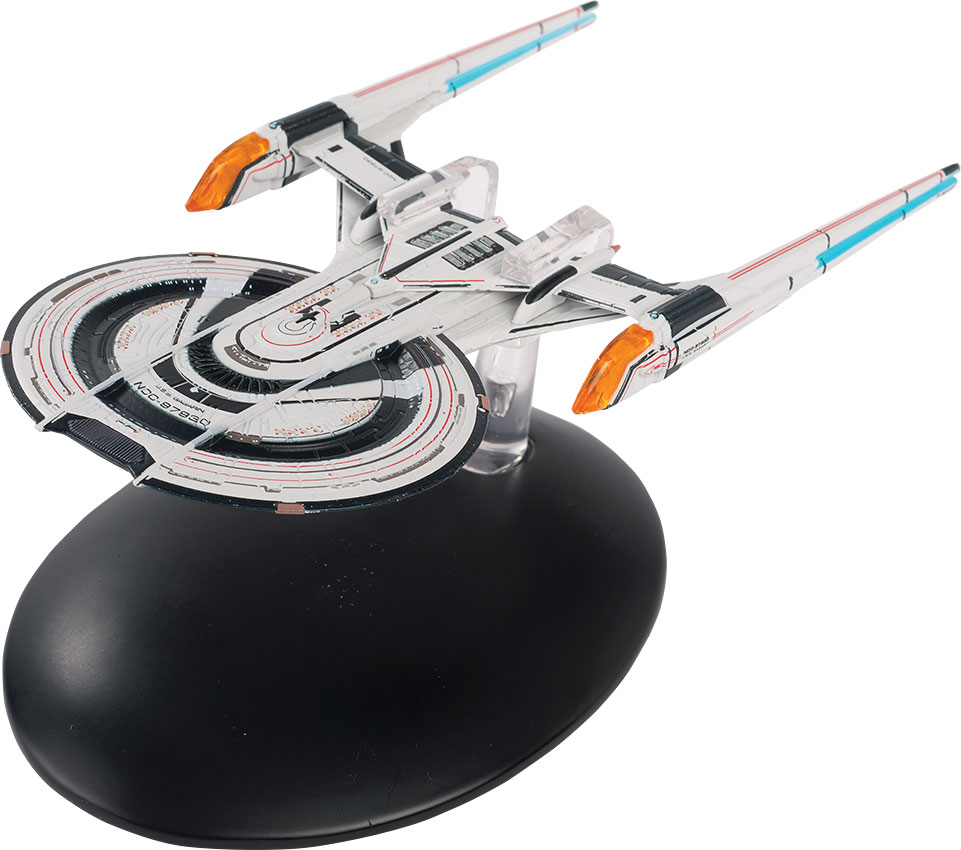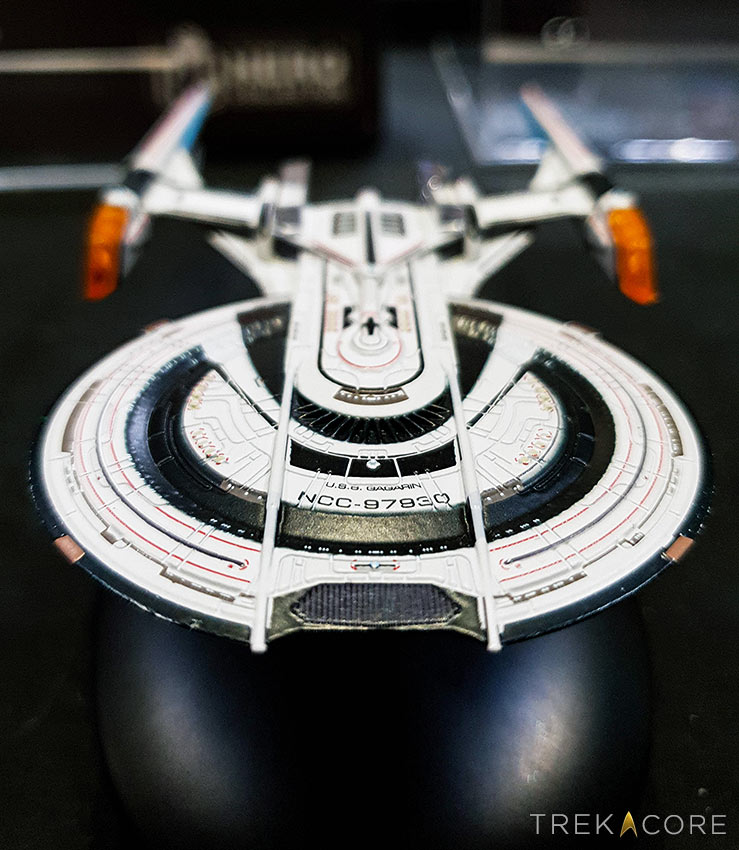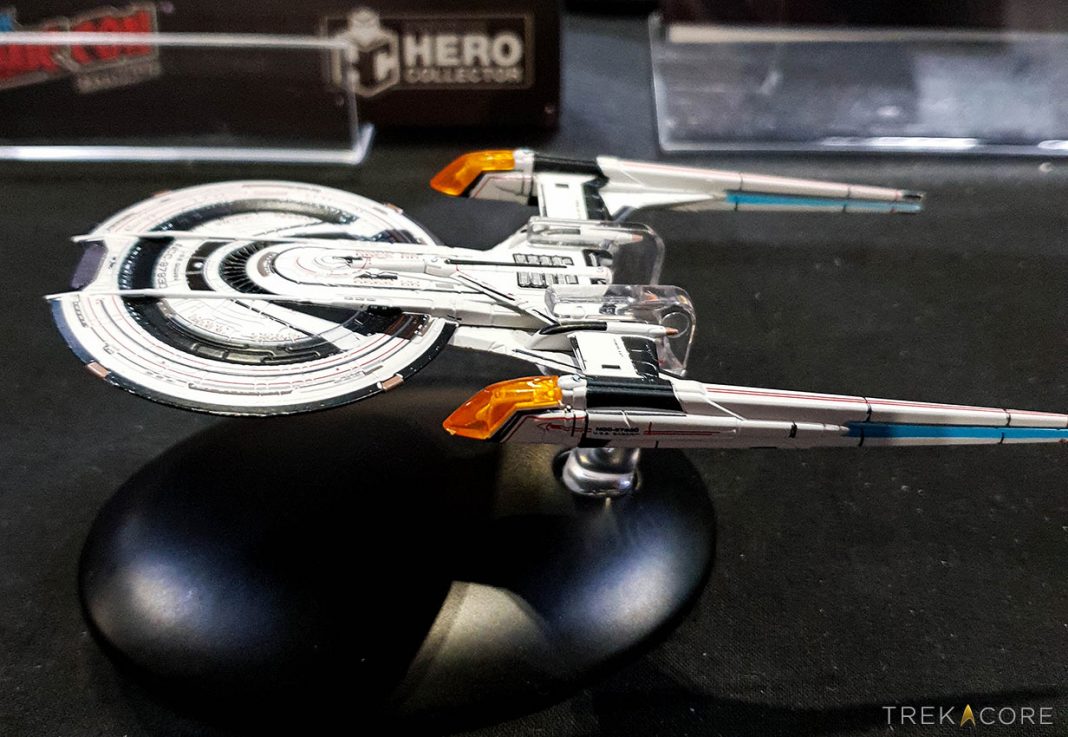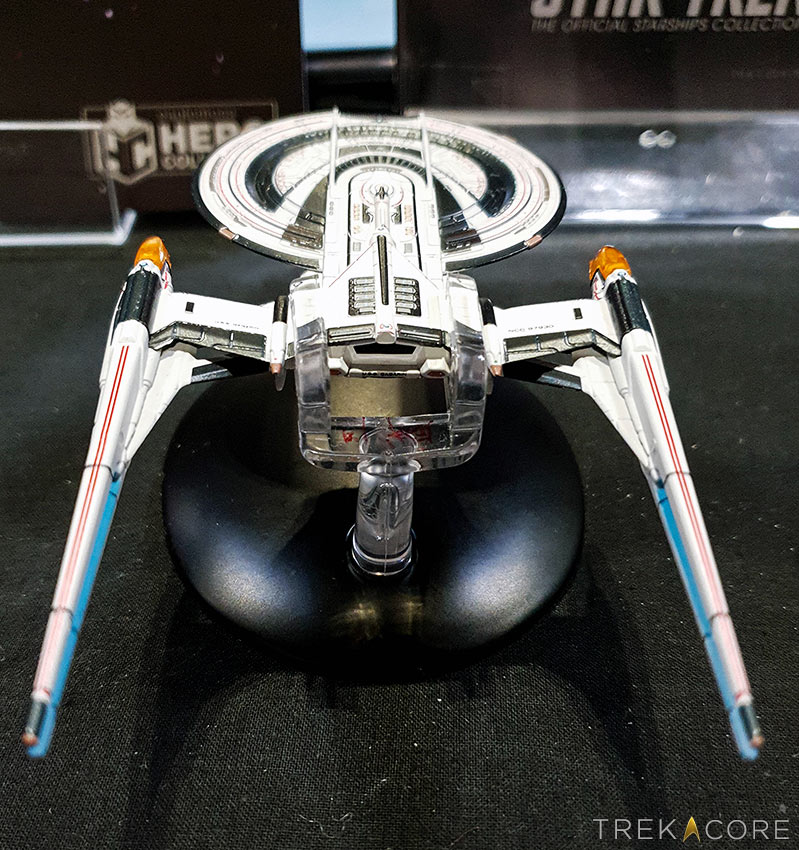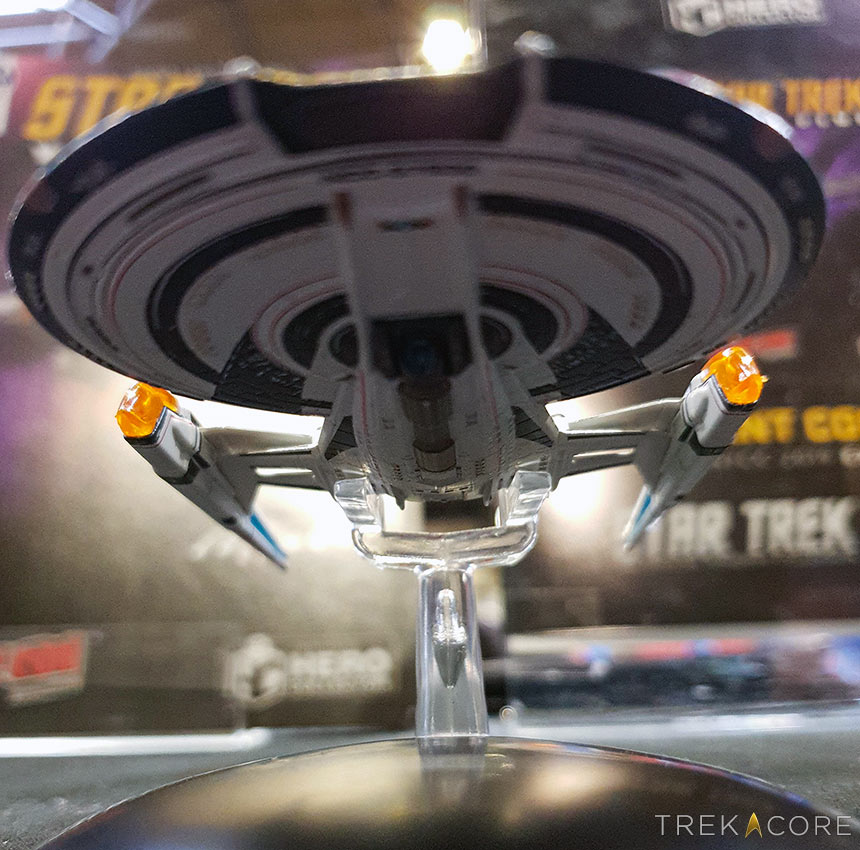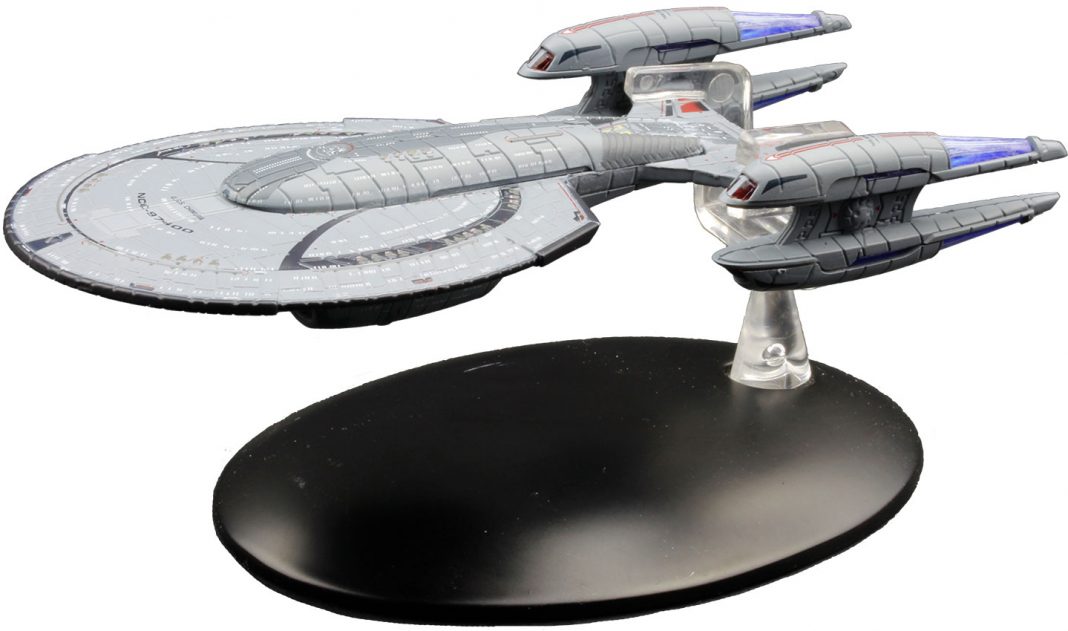Review by Ken Reilly and Jim Moorhouse
It’s been six months since the USS Discovery crew solved the mystery of the Red Angel, defeated Control’s takeover of Section 31, and warped into the far future… but this week, the second season of Star Trek: Discovery has beamed down on physical media for the first time.
Debuting on region-free Blu-ray today in North America — and landing in Europe beginning November 18 in the UK — the newest season of the Trek franchise comes home in a four-disc set that includes not only all 14 episodes of Discovery‘s sophomore season, but nearly four hours of behind the scenes interviews and deleted scenes, plus four episodic commentary tracks featuring new insights from the show’s cast and production leadership.
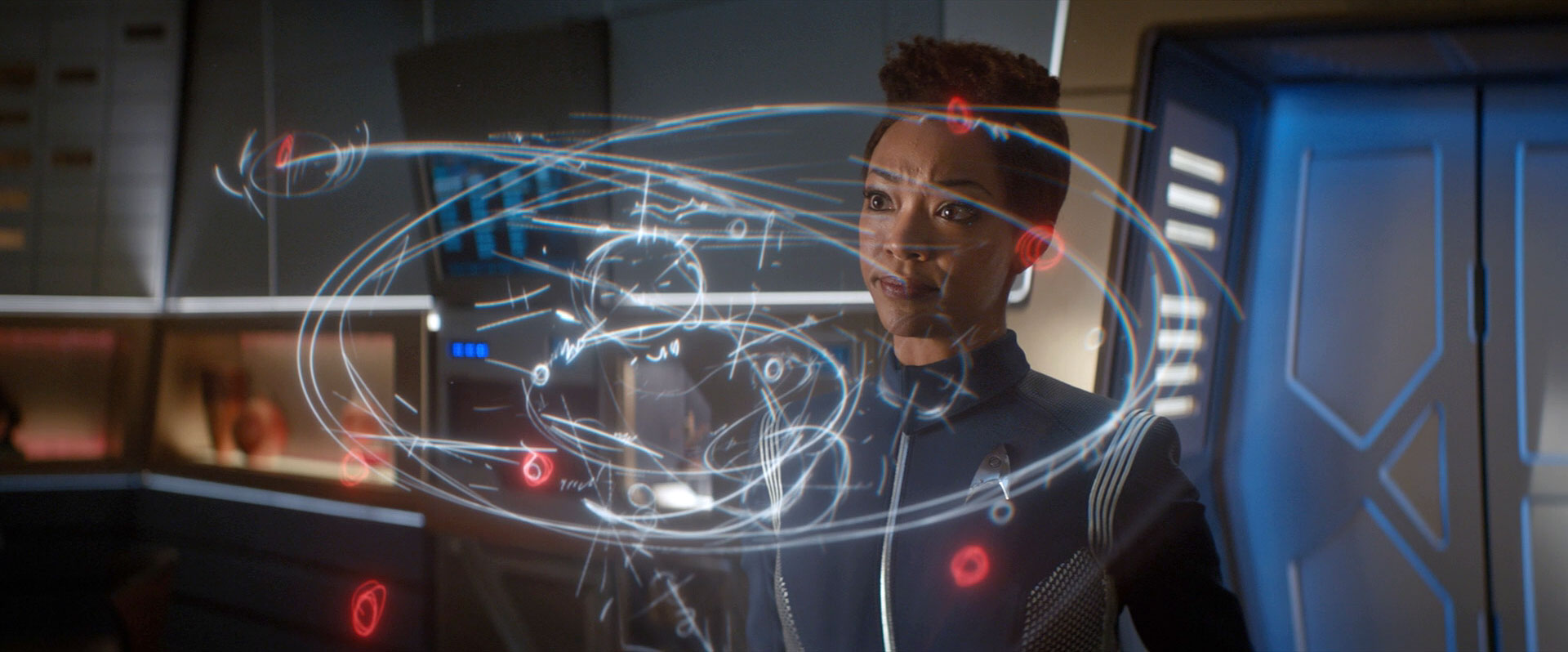
· Disc 1 includes “Brother,” “New Eden,” “Point of Light,” and “An Obol for Charon.”
· Disc 2 continues with “Saints of Imperfection,” “The Sound of Thunder,” “Light and Shadows,” and “If Memory Serves,” along with the first Short Trek, the Saru-centric “The Brightest Star.”
· Disc 3 holds “Project Daedalus, “The Red Angel,” “Perpetual Infinity,” and “Through the Valley of Shadows.”
· Disc 4 closes the season with “Such Sweet Sorrow” and “Such Sweet Sorrow, Part 2,” the Tilly Short Trek “Runaway,” and the two largest documentary features.
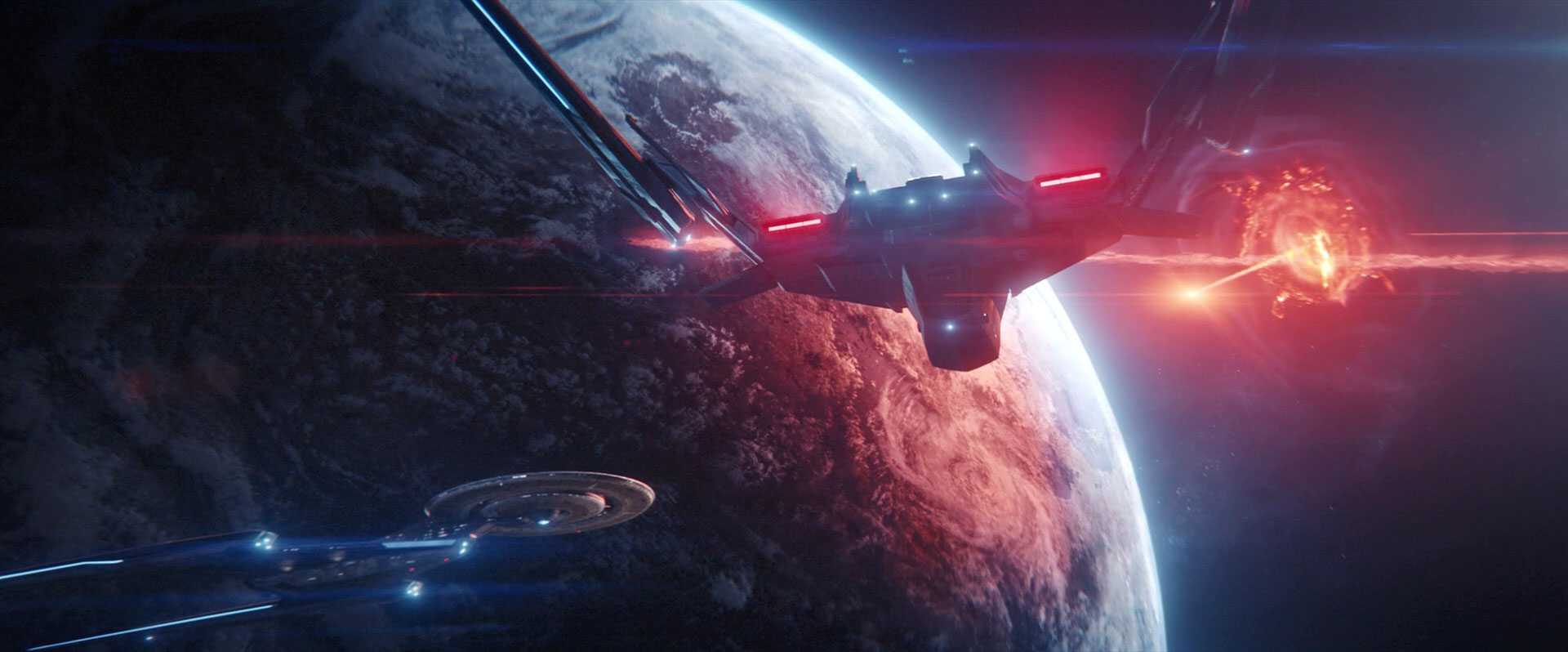
As noted in our first preview of this collection, only two of last year’s four Short Treks are included here — those most connected to the Season 2 storyline — with “Calypso” and “The Escape Artist” left out.
With the continuing run of short episodes running through January 2019, we’re hoping that a ten-episode Short Treks collection, covering all of the 2018 and 2019 run of episodes, might be announced in the new year.
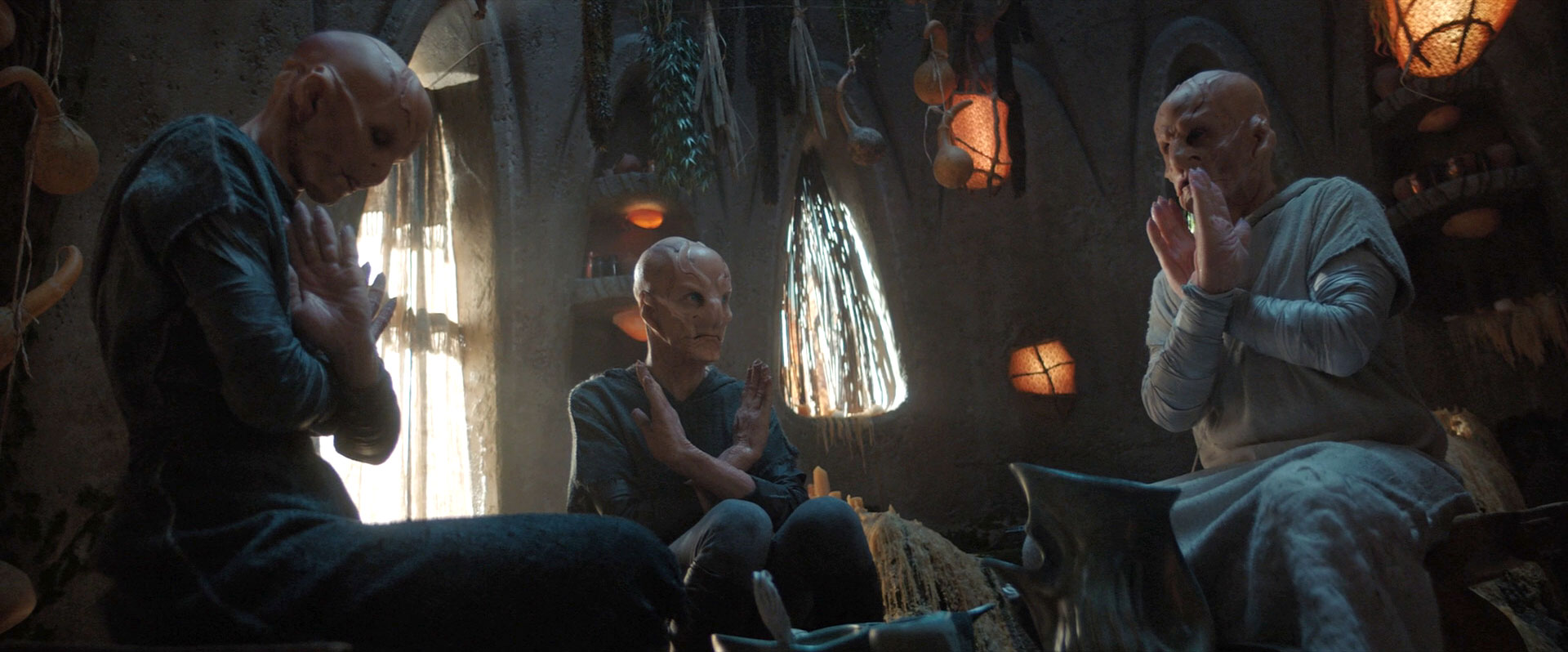
In addition to the standard release rolling out internationally, there’s also a special Steelbook edition (which we showcased back in September) which nicely pairs up with last year’s Season 1 set.
Featuring artwork including a debossed metallic rendering of the Star Trek: Discovery logo, the now-familiar “Red Angel”-themed Starfleet delta key art, and the ship itself on the rear, the Steelbook contains the same on-disc content as the standard edition of Season 2.
Available through Best Buy in the US, through Zoom in the UK, and through Amazon in various international territories, hopefully this Steelbook variant will continue to be an option for future Discovery seasons so collectors won’t end up with mismatched designs.
Like last year, the video quality is certainly a step up from the compressed picture seen on CBS All Access and Netflix streaming presentations. The switch to anamorphic widescreen for Season 2, along with the refined space VFX shots which thankfully dropped the annoying haze seen in Season 1, all make for a much more pleasant viewing experience on Blu-ray.
Along with the video improvements, the set also brings English 5.1 DTS-HD Master audio, and a collection of standard foreign language tracks (German, French, Italian, Castilian, and Japanese 5.1 Dolby Digital).
Subtitles are available in English, English SDH, Italian, German, French, Castilian, Japanese, Dutch, Danish, Finnish, Norwegian, and Swedish — but no Klingon this time around.
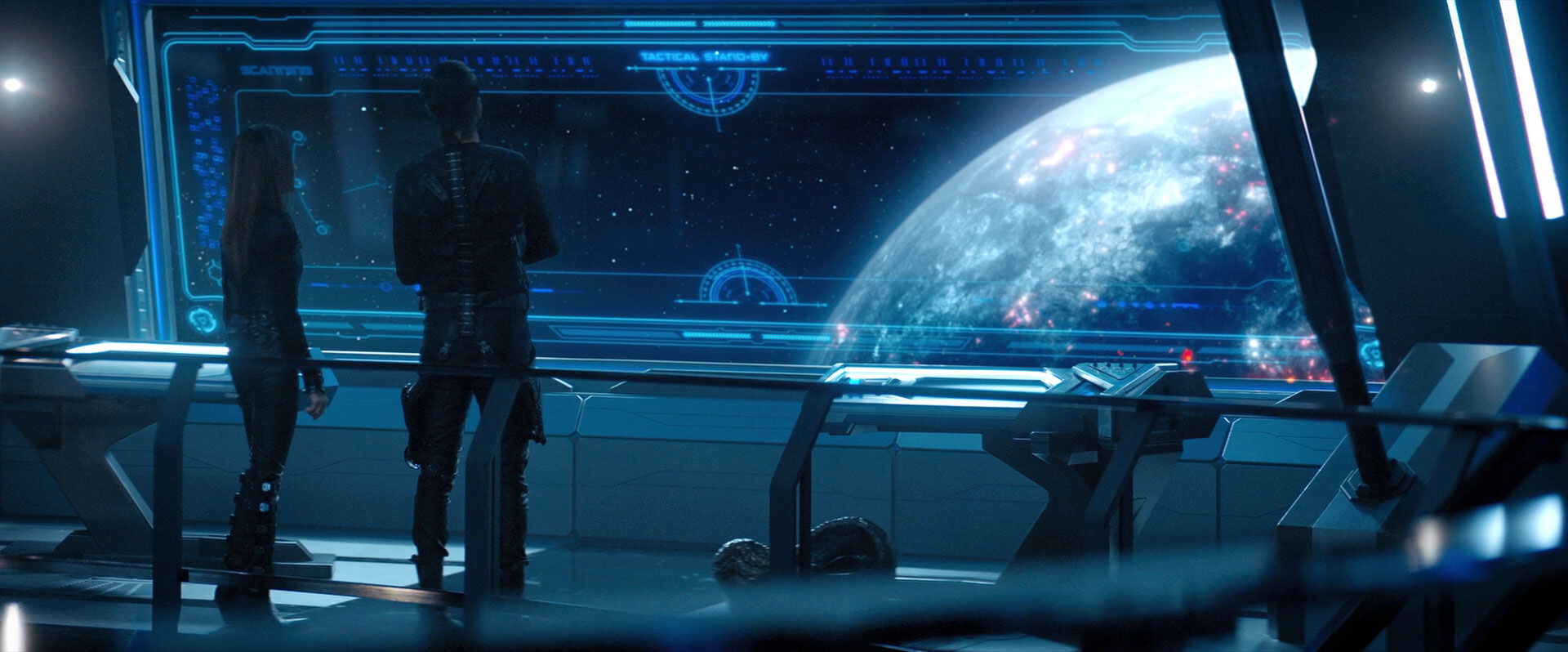
At some level, when it comes to special features and extra material provided on home video releases, it’s all been done before. That’s certainly true on the Discovery Season 2 Blu-ray release, which includes nearly four hours of special features — plus several episode commentary tracks.
Of course, just because the features don’t revolutionize the format does not mean they aren’t a valuable addition for Star Trek fans who love behind-the-scenes access into how their favorite shows are made.
Without question, the Season 2 value-added material (VAM) on this release is much improved over the Season 1 release. Understandably, the material does not touch on any of the behind-the-scenes machinations regarding the showrunner changes mid-way through the production, but it certainly more than makes up for that fact with a scope of content that basically leaves no creative stones unturned.
That all being said, let’s break down the ten Season 2 documentary features:
Designing Discovery (17:47)
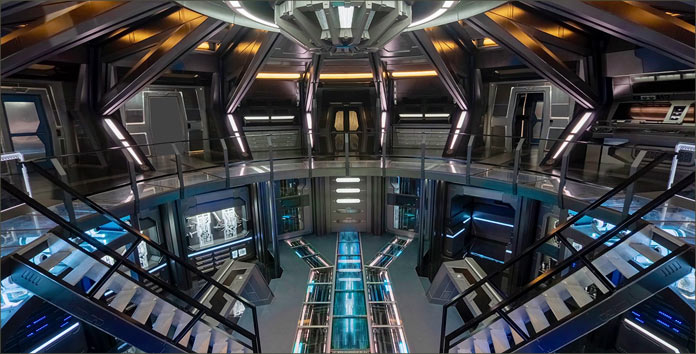
Dense feature, covering virtually the entire season, on the amazing production design work from the likes of Tamara Deverell (production designer), Matt Middleton (art director) and Franco Tata (lighting designer). Covers everything from new Section 31 sets to Kaminar to the first-ever on screen look inside a Klingon home (one of the cool factoids dropped in this piece).
Highlight: Detailed tour of Discovery’s season two shipboard sets by Jody Clement (art director).
Quotable: “We make a joke that it’s not just Discovery sets you’re coming to, it’s Star Trek City.” Olatunde Osunsanmi (executive producer)
Prop Me Up (8:55)
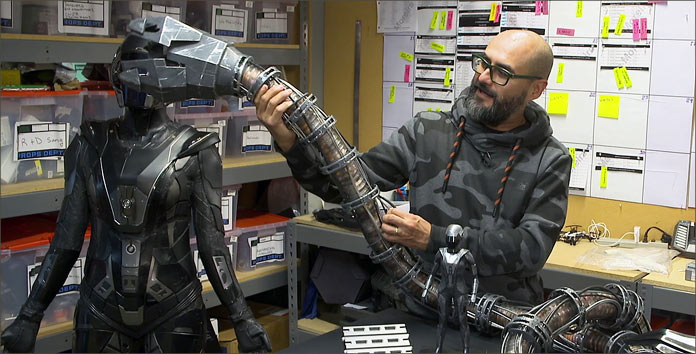
Prop features rarely disappoint, especially when you are getting detailed looks at everything from L’Rell’s new tajtlq blade, to Saru’s Kelpian knife, to Ash’s AI tentacle (that wrapped around his head in “Light and Shadows”).
Highlight: An up-close-and-personal look at the new Section 31 phaser and it’s telescoping barrel.
Quotable: “Working on Star Trek is an honor. It’s exhilarating. It’s terrifying. There’s a lot to live up to. Every day is a joy.” Mario Moreira (property master)
Dress for Success (15:59)
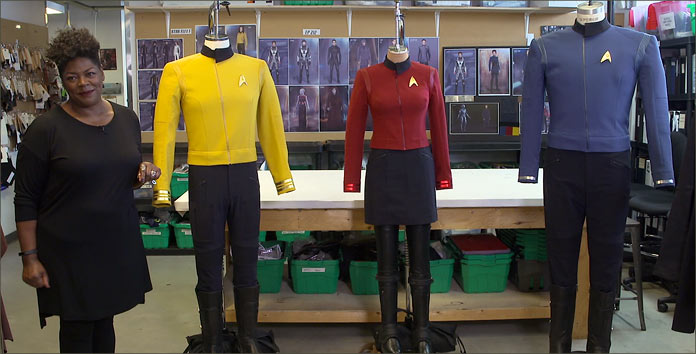
The costume department takes center stage, led by the incomparable Gersha Phillips (costume designer), who takes the viewer through the aesthetics of her season 2 Klingon and Vulcan designs, as well as her Discovery-style Enterprise uniforms. The feature also includes a fun look at Rebecca Romjin (Number One) having her costume fitted.
Highlight: All those amazing Section 31 costumes for Emperor Georgiou in Season 2 pop off the screen as Phillips discusses her inspiration for the character.
Quotable: “It’s amazing. Every time I think I have a favorite outfit, then another one comes. And then another one comes. We’re just watching the wardrobe grow.” Michelle Yeoh
Creature Comforts (15:17)
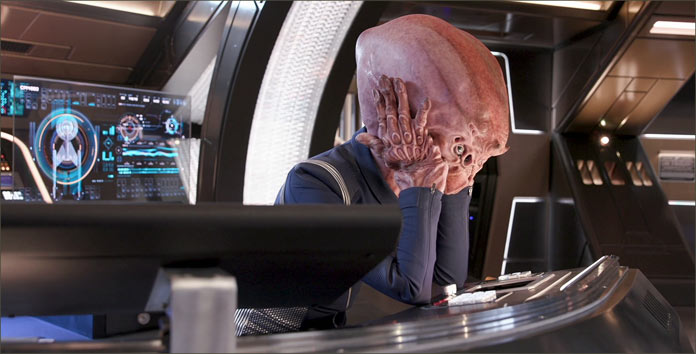
Interesting look at the key designs of the season, including Talosians, Kelpians (shirtless!), and Klingons (with hair! And a baby!), but ultimately this vignette doesn’t go far enough into an examination of some of the new creature designs created especially for Season 2.
There’s no mention of the amazing Ba’ul or the other-worldly mycelial pod, which you would think Alchemy Studios (and Glenn Hetrick and Neville Page) were excited to sink their teeth into.
Highlight: The Saurian creation is seen in detail for the first time, including a very clever design element in the mouth and jaw that allows actor David Benjamin Tomlinson to emote through a full-head make-up.
Quotable: “Star Trek means a lot to me and if it were to look bad on camera, I will be more than happy to stop. Because it’s Star Trek. If it’s something that doesn’t get caught now, it is going to be imprinted forever.” James MacKinnon (make-up effects department head)
Creating Space (10:11)
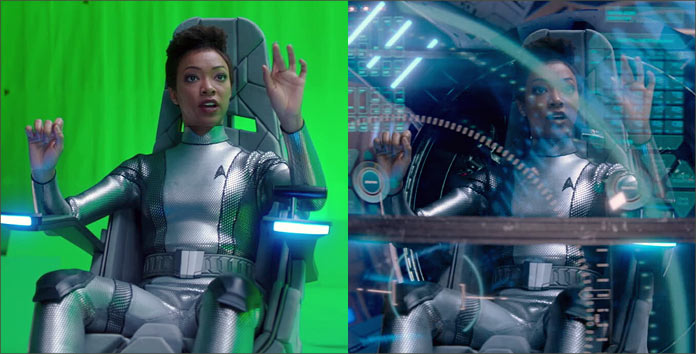
A visual effects recap of Season 2 that mostly focuses on the space pod launch from Brother, as well as the massive VFX requirements for Such Sweet Sorrow (red angel space jump, Burnham’s time travel jump, massive space battle).
The piece also touches on the design of the AI nano bots and Leland, but unfortunately we only get one brief shot of The Red Angel sequence shot at the massive Hearn Generating Station set location in Toronto.
Highlight: The vignette opens with shots from a visual effects spotting session with Alex Kurtzman (executive producer), Jason Zimmerman (visual effects supervisor) and Olatunde Osunsanmi (executive producer) walking through detailed instructions on the look of the final VFX for “Such Sweet Sorrow.”
Quotable: “The full CG shots were over 80, and usually we average about 15 full CG shots per episode.” Ante Dekovic (visual effects supervisor) on the massive undertaking of finalizing the VFX for Such Sweet Sorrow.
Putting it Together (43:04)
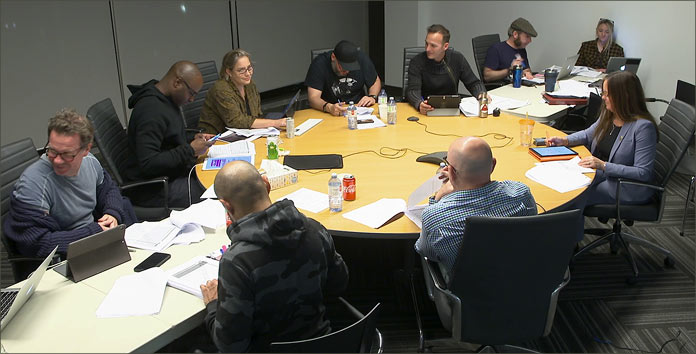
A lengthy, detailed treatise on the work that went into crafting the season two finale, Such Sweet Sorrow. Kurtzman has said many times that he wants to eliminate the line between film and television in their production work, and this 45-minute feature focuses on what that truly means.
The initial story for Such Sweet Sorrow began as a regular one-hour finale, but quickly transformed into a two-part episode because of the amount of story the producers were trying to wrap up – and set-up – to close out the season.
The feature begins with a focus on director Olatunde Osunsanmi going through all the stages of production, one meeting after another, and eventually transfers into the post-production work of the editors, sound engineers and ADR specialists – and it’s a fascinating how-to on producing modern television.
Highlight: The piece includes behind-the-scenes footage of more than half a dozen meetings (scheduling, visual effects, special effects, stunts, tone, editing, and more) and interviews with dozens of behind-the-scenes experts (from assistant directors to score engineers to re-recording mixers).
Quotable: “Everybody loves what they’re doing. And they love being there, and love being part of this world. It is really a big family. We all support each other in an extraordinary way. You want people to bring what’s special about them to the table. It’s the secret sauce.” Alex Kurtzman, summarizing the way in which the below-the-line Discovery crew works together.
The Voyage of Season Two (55:45)
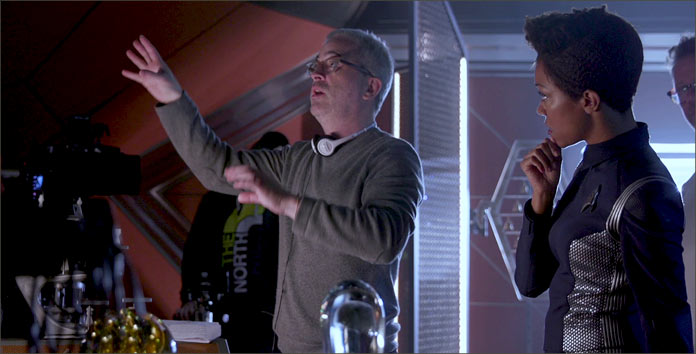
An entertaining, if not formulaic, hour-long feature that goes through the storytelling highlights of the entire season, episode-by-episode. While there may not be much brand new content here, it’s an enjoyable, tight recap of a complex season of Trek, and features expansive interviews with cast and crew.
Highlight: Interviews with directors like Marta Cunningham, Hanelle M. Culpepper and Maja Vrvilo add a vitality and freshness to the piece, as they are not seen prominently anywhere else on the disc’s features.
Quotable: “I love what she’s bringing to Trek, because so many people have said, ‘God, she’s just so real. She’s such a real flavor to the show.’ And I love that. I love that our cast keeps expanding. Her delivery and her acting style is so different from everyone else’s, and that’s what’s so great about her, that she really does feel real, and she just grounds the show.” Alex Kurtzman on Tig Notaro joining the cast in Season 2 as Jett Reno.
Enter the Enterprise (10:32)
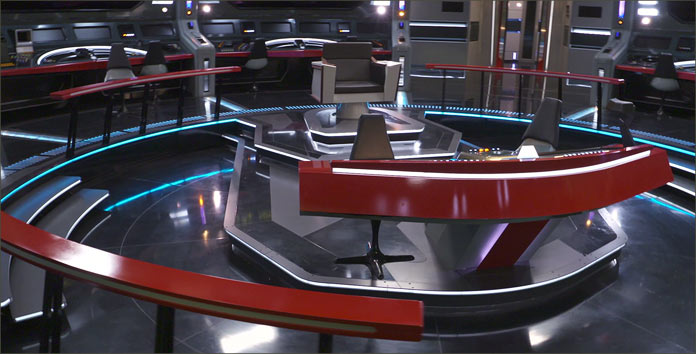
A fantastic, detailed piece on the work done by Tamara Deverell (Production Designer) and her team in designing and building the Enterprise bridge.
Highlight: Seeing the production contrast between the sets in development and the finished product, excellently showcased through the special feature.
Quotable: “There are so many different places you can put the camera, particularly because the set that Tamara built didn’t have a bad angle. So how do you bring them in? I decided on the lift doors open and the three of them walk out. And we’re in a three shot and then we pull back and we’re in a wider shot, and we continue to pull back and now we see the whole bridge. And I’m hoping it feels like an iconic moment, because it’s a big moment.” Olatunde Osunsanmi (executive producer) on his task of introducing the bridge set with Pike and crew as the director of Such Sweet Sorrow.
The Red Angel (13:09)
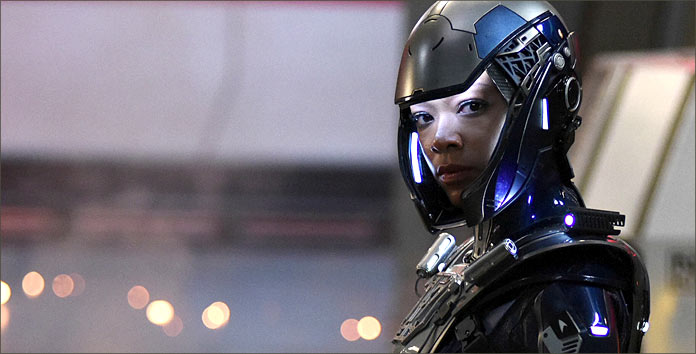
A complete deconstruction of the red angel, the main protagonist of the season, and the complexities that went into the design as not only an elaborate costume but a complex prop and concept.
Highlight: An interesting collaboration between Mario Moreira (property master) and Gersha Phillips (costume designer) is featured in the piece, showing how the final suit came together.
Quotable: “When Alex Kurtzman said, ‘I want a time traveling angel in this season, what’s it going to look like?’ all eyes pointed to me, because I’m kind of the resident nerd around here.” Mario Moreira
Gag Reel (07:08)
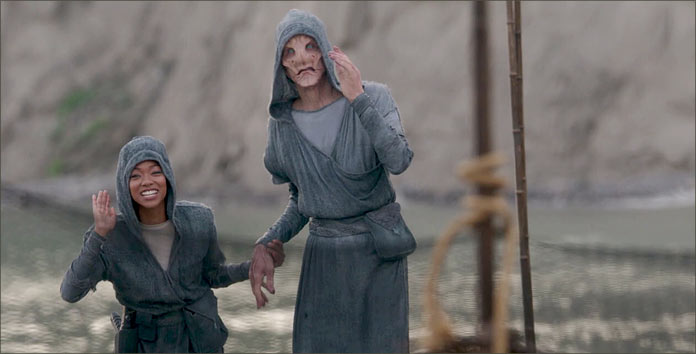
A typical gag reel, which is to say it is a complete joy. (And contains several outtakes from Season 1, too, as a bonus.)
[td_smart_list_end]
* * *
Also included are a few deleted and extended scenes from across eight episodes the season, with more than 20 minutes of new content that unexpectedly add to each story, something that is certainly not always the case with cut scenes.
In the case of “Through the Valley of Shadows,” one of the series’ strongest episodes, the six minutes of deleted scenes impressively make the episode even better.
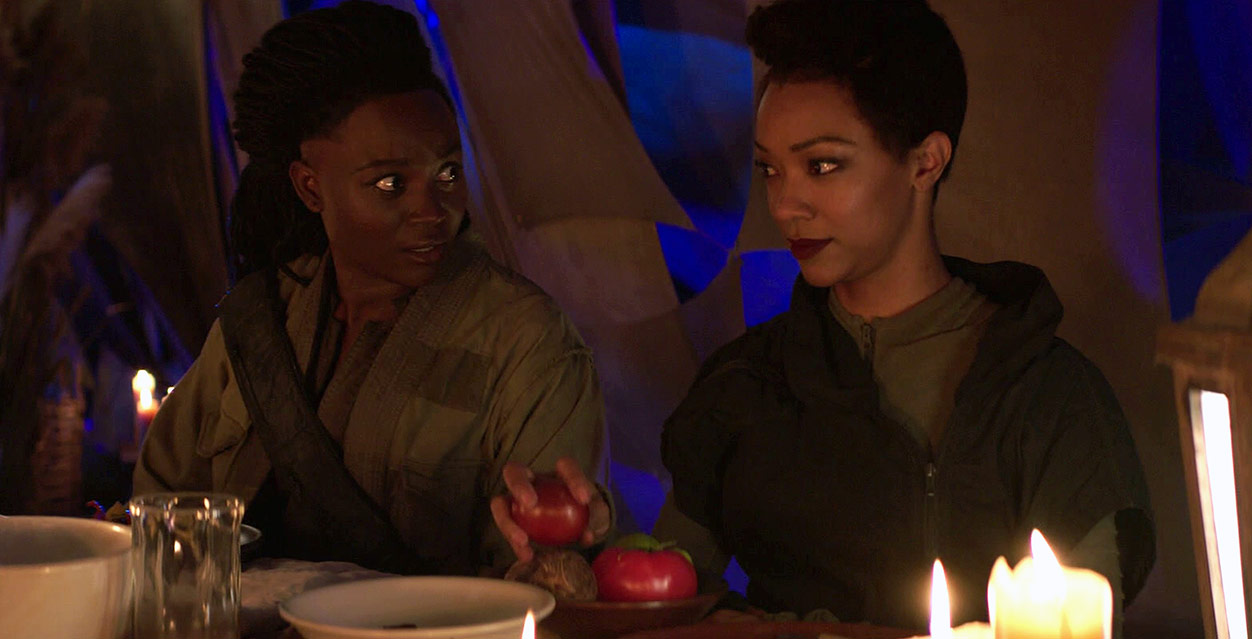
- “New Eden” (4:56) —A mixed bag of four deleted scenes, highlighted by an interesting extended cut of Tilly’s investigation of her former classmate, May Ahearn. A cut scene with Tilly and Stamets talking about grief would have made a great addition to the episode, too.
- “Point of Light” (4:13) —Two strong deleted scenes feature a brief conversation in the turbolift between Saru and Burnham (that references the growth in their relationship since the Shenzhou), and a more comprehensive look at how May has infiltrated Tilly’s mind. Both scenes feel deeply Star Trek and most certainly add to the episode.
- “Light and Shadows” (1:25) — A few additional seconds of footage slightly extends a conversation between Burnham and Amanda about Spock’s whereabouts.
- “Project Daedalus” (0:31) — Short turbolift scene with Admiral Cornwell adding a little more information for Captain Pike and Saru regarding Discovery’s approach to Section 31’s headquarters.
- “The Red Angel” (1:05) — An excellent extended walk-and-talk between Pike and Culber that includes a very cool half-finished visual effects shot that circles the ship before sliding into a corridor where Pike is asking Culber for his help.
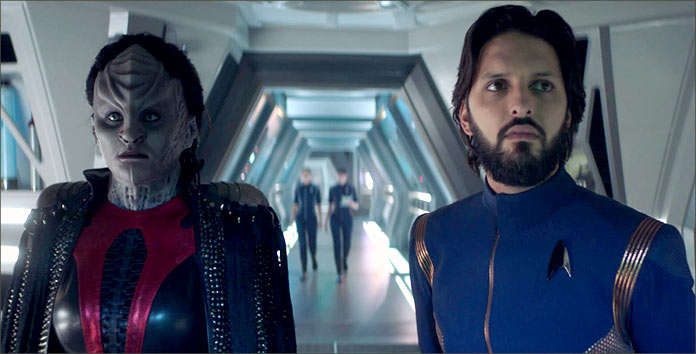
- “Through the Valley of Shadows” (6:16) — It’s hard to fathom why any of these five amazing deleted scenes were eliminated from the final edit of a streaming show with no time constraints. All five of them, totaling more than six minutes, are excellent and add to the motivations of every character on screen. This is already a superb episode of Star Trek, but it’s amazing to think it could have actually been even better.
The cuts include an awkward, but welcome scene with Spock, Burnham and Ash in a turbolift that absolutely should have made the final cut of this episode. Same for a scene with L’Rell beaming on board Discovery as “chancellor, instead of a prisoner.” From there Stamets and Reno go back-and-forth to set-up her visit to Culber to discuss her “injured” finger, and Tenavik challenges Pike to see the difference between “theory and practice.”
The final deleted scene is a corridor conversation with L’Rell and Ash that adds to their complex relationship. L’Rell really gets short shrift here by having her extra scenes eliminated.
- “Such Sweet Sorrow” (1:28) —Two more strong, short scenes that would have added to the episode, including Georgiou coming to Stamets for help in containing Leland, and Spock and Burnham exchanging a soft moment on the bridge about their futures.
- “Such Sweet Sorrow, 2” (0:20) —A brief add-on to Tilly’s heroics in a Jefferies Tube in which she says, “Not today! Today I am a science beast!” Another scene that would have been a nice addition to the episode.
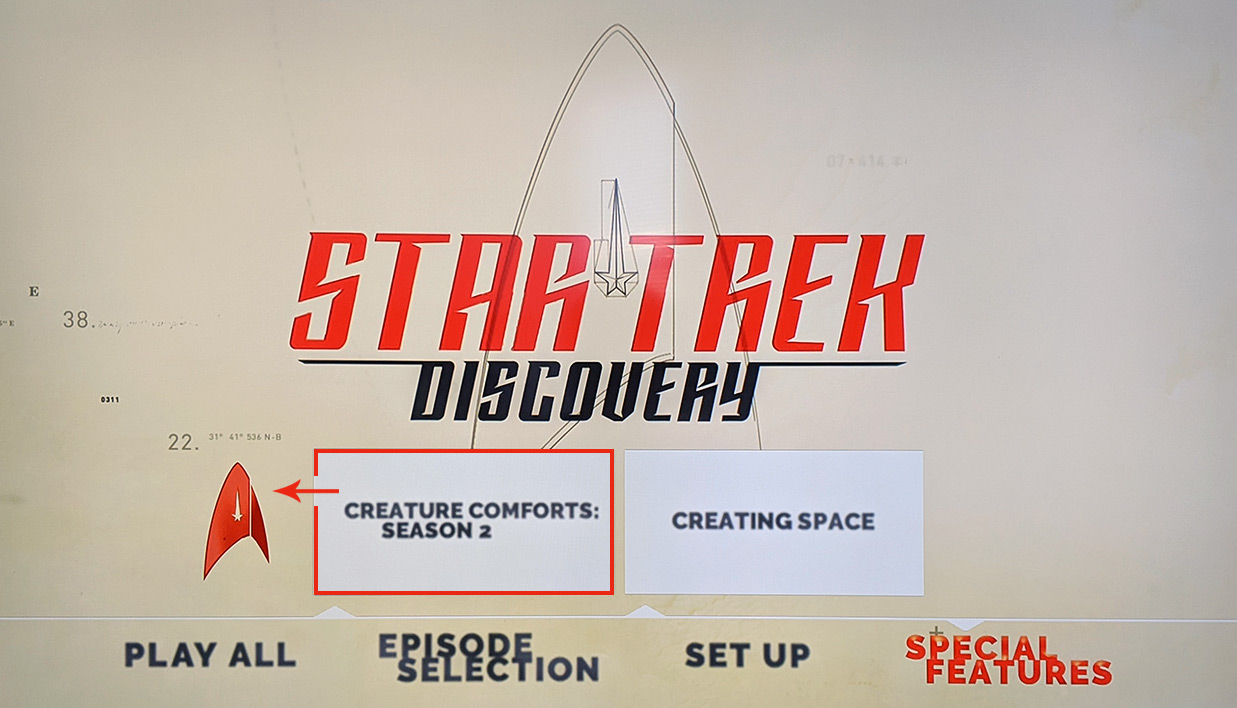
Finally, in a bit of a throwback to the ‘olden days’ of home media releases, there’s a hidden special feature Easter Egg tucked away on Disc 3 of the Discovery set.
Navigate over to the ‘Special Features’ menu, select ‘Creature Comforts: Season 2’ and then navigate using the LEFT directional button on your Blu-ray player’s remote, and a hidden Starfleet delta will appear as access to the secretive segment.
Chat in the Make-Up Trailer (6:37)
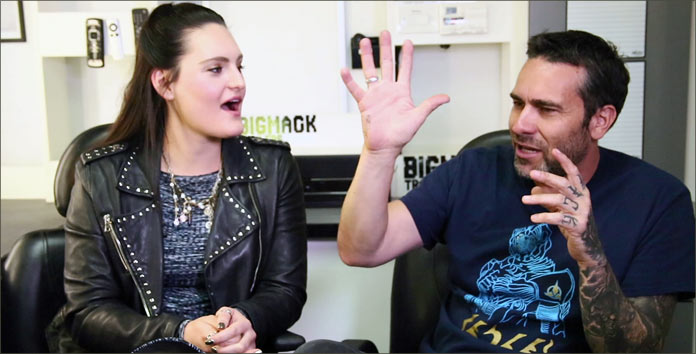
This video Easter Egg showcases an amazing conversation between Discovery prosthetic wizard James MacKinnon and actor Mary Chieffo (L’Rell) in the series’ main make-up trailer, where MacKinnon regales Chieffo with stories from his 30-plus year make-up career, spanning across seven different Star Trek productions.
He speaks in reverence of his “mentor,” famed Trek make-up auteur Michael Westmore, his love for the lineage of some of the franchise’s most famous alien make-ups, and shares an embarrassing moment from his time working on one of the Trek feature films.
It’s a wonderful bonus segment to round out the Star Trek: Discovery Season 2 featurettes.
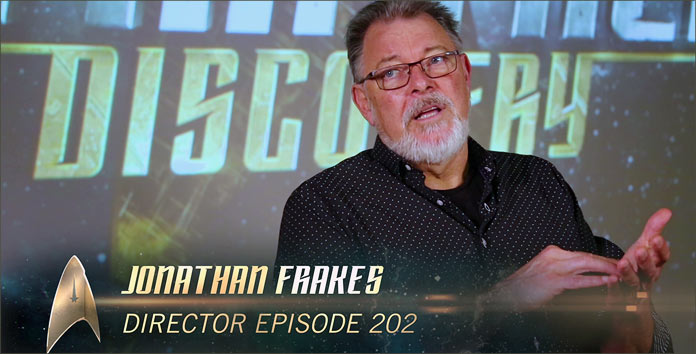
Unlike the Season 1 set, this year we have a set of four audio commentary tracks for episodes across the season, featuring behind-the-scenes details and insights from cast and crew.
“Brother” — Sonequa Martin-Green (Burnham) and producer Alex Kurtzman
This strong episode commentary is basically on overview of production 101 for Discovery and covers an array of broad topics regarding the entire season, as opposed to a conversation that just dissects the episode… and that’s a good thing in this season-opening context.
“New Eden” — Director Jonathan Frakes and Anson Mount (Pike)
A solid commentary for an amazing episode, but it ultimately isn’t as fun or as informative as you might expect, probably due to the fact that Frakes and Mount were not in the same room when they recorded. The best elements of the commentary, though, come when the two Trek icons are celebrating the work of their counterparts, focusing much of their praise on Mary Wiseman and the subtle work of episode guest star Andrew Moodie.
“Through the Valley of Shadows” — Anson Mount (Pike) and Ethan Peck (Spock)
An actor’s commentary – by actors, for actors, as Mount and Peck focus on the hard work and long hours their entire cast puts in. The two actors keep it pretty straight and direct, praising their co-workers and spending time zeroing in on how they approached their iconic characters. It’s a cool, laid back conversation.
“Such Sweet Sorrow, Part 2” — Director Olatunde Osunsanmi, writer Jenny Lumet, executive producers Michelle Paradise and Alex Kurzman
A glimpse inside the writer’s room is what this commentary feels like, and it’s easily the most fun and chaotic on this release as everyone riffs off of each other with humor and acerbic wit.
Lumet has not been heard from publicly much before this recording, and she is hilarious. Additionally, Kurtzman teases some Season 3 ideas and addresses retconning in a thoughtful way. Added bonus? Everyone learns how to pronounce Olatunde Osunsanmi’s name.
![]()
If you think the new Star Trek: Discovery — Season Two Blu-ray set is for you, you can order directly through the links below. In the meantime, here’s a selection of season-spanning screencaps of the Blu-ray episodes for you to explore.
 |
 |
 |
 |
 |
 |
 |
 |
 |
 |
 |
 |
 |
 |
 |
 |
 |
 |
 |
 |
 |
 |
 |
 |
 |
 |
 |
 |
 |
 |
 |
 |
 |
 |
 |
 |
 |
 |
 |
 |
 |
 |
 |
 |
 |
 |
 |
 |

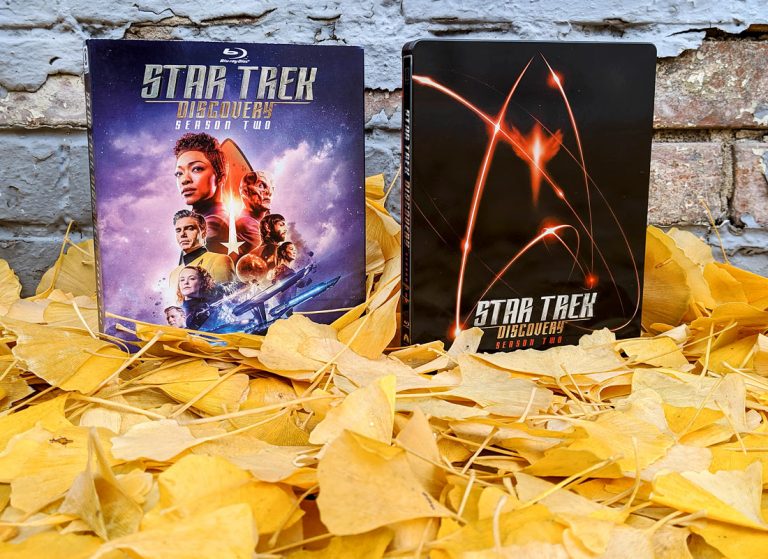
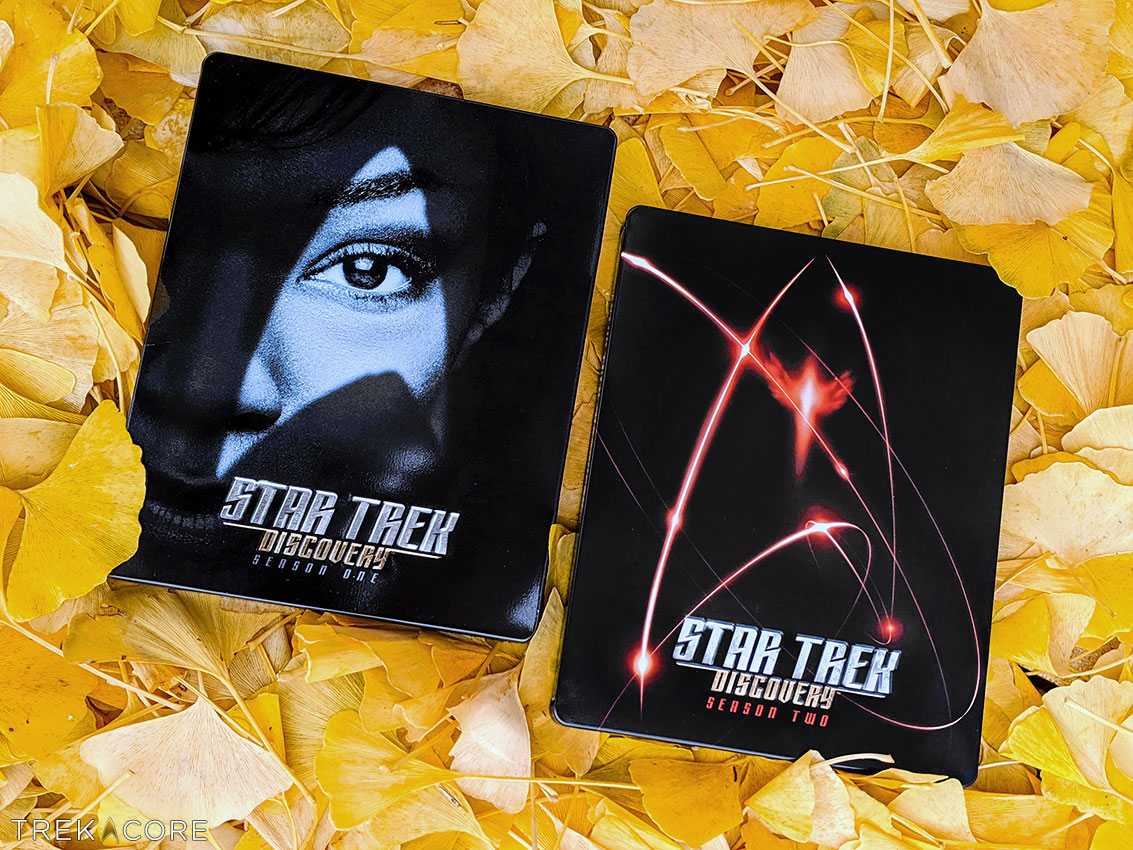
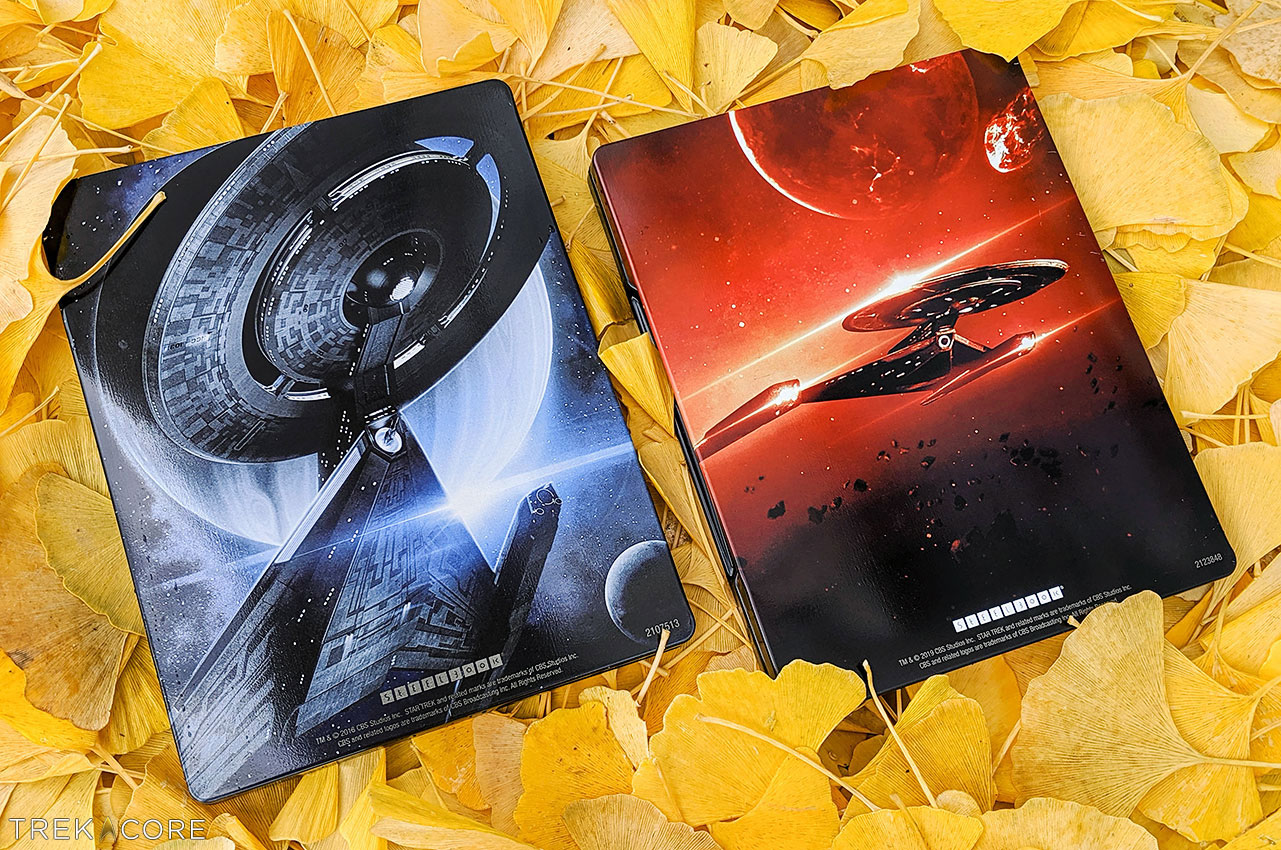
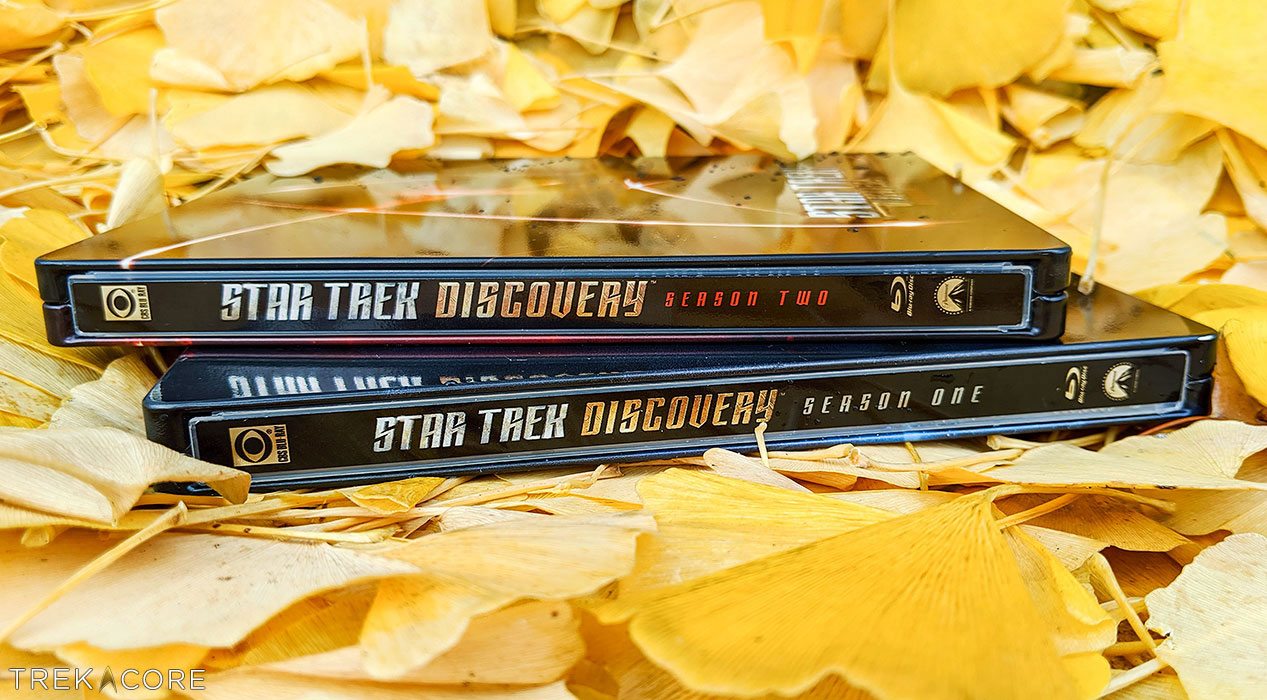
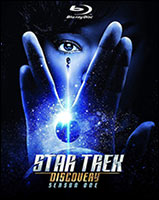 Star Trek: DiscoverySeason 1 Blu-ray
Star Trek: DiscoverySeason 1 Blu-ray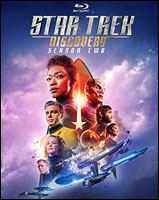 Star Trek: DiscoverySeason 2 Blu-ray
Star Trek: DiscoverySeason 2 Blu-ray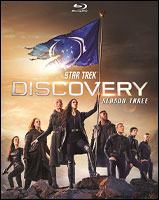 Star Trek: DiscoverySeason 3 Blu-ray
Star Trek: DiscoverySeason 3 Blu-ray